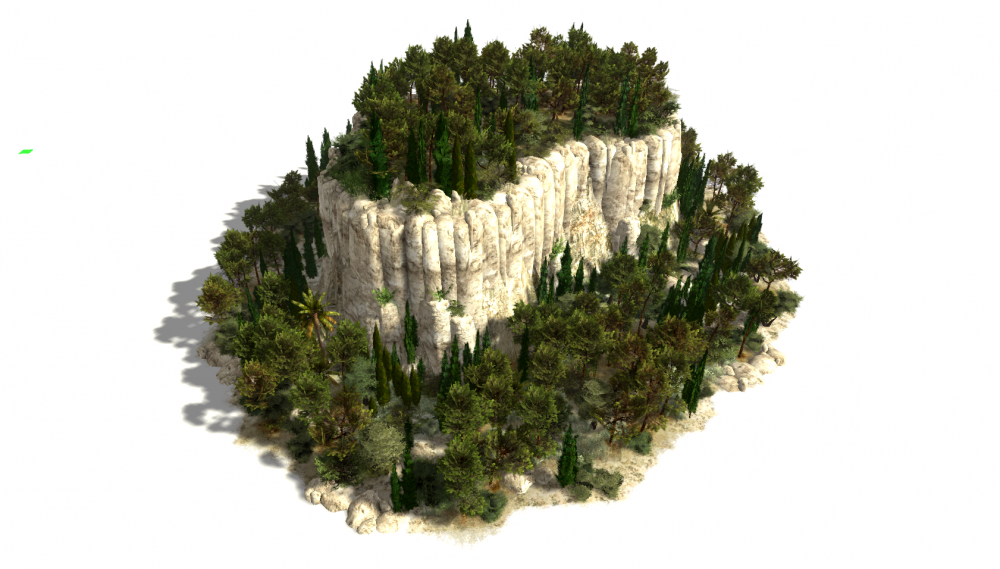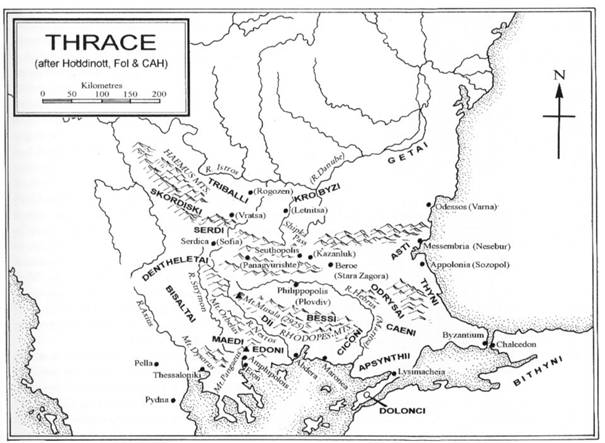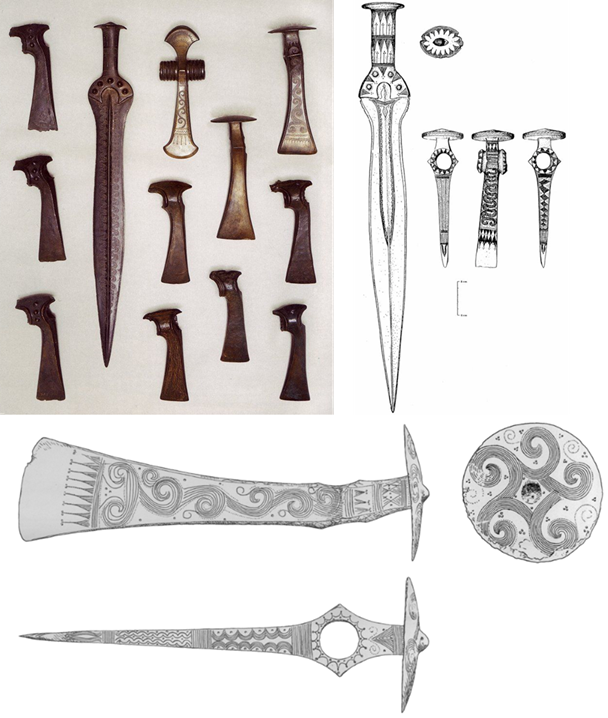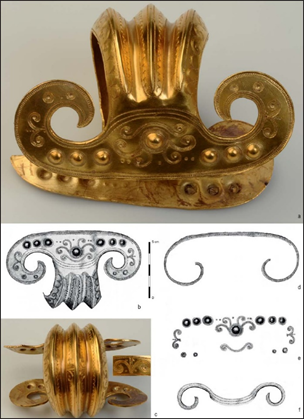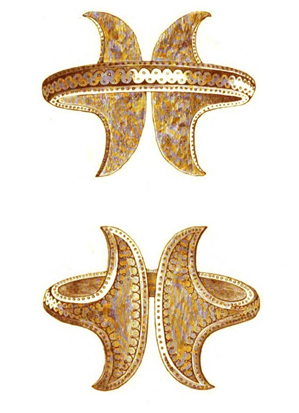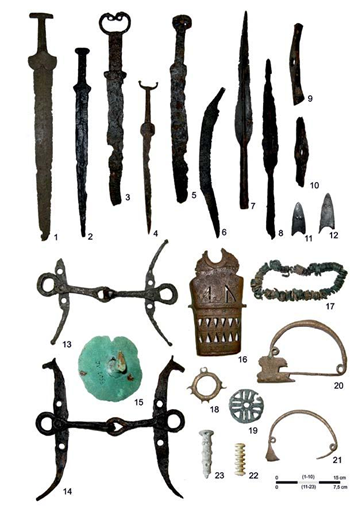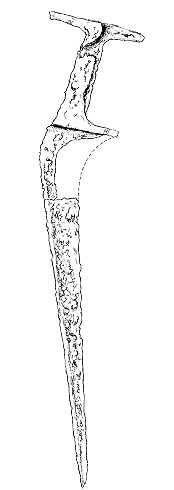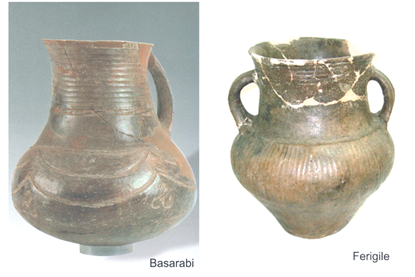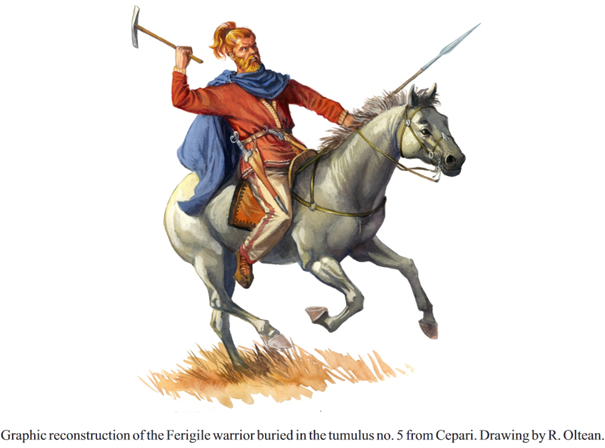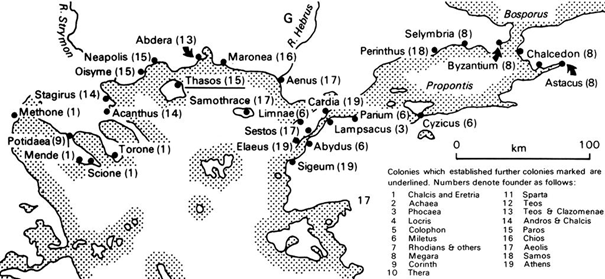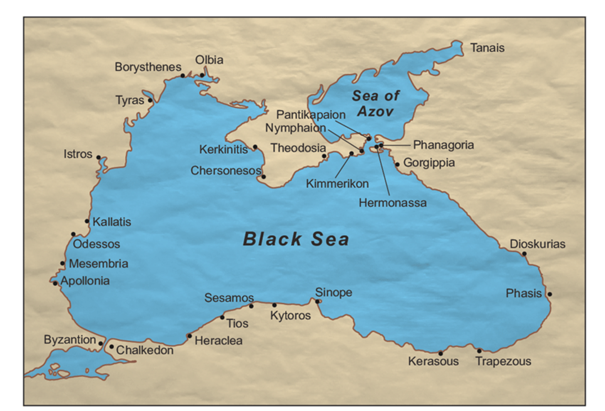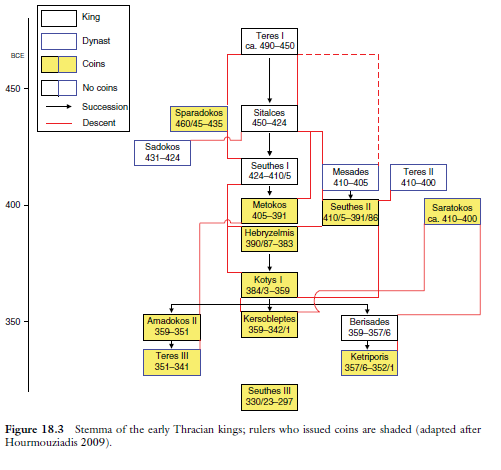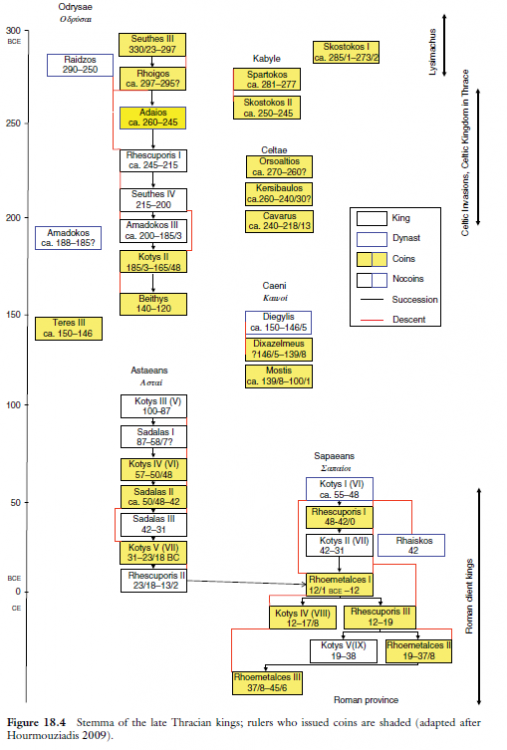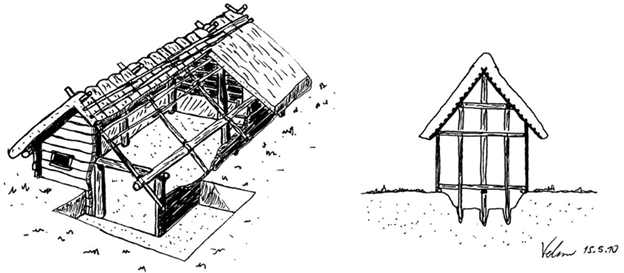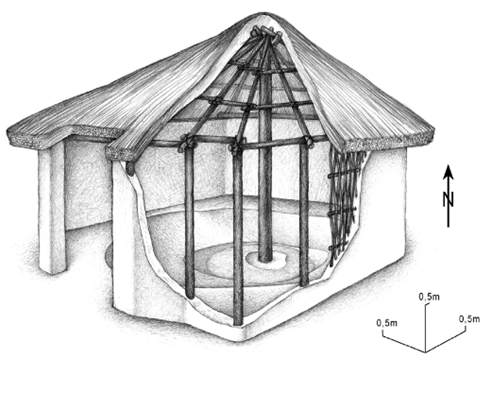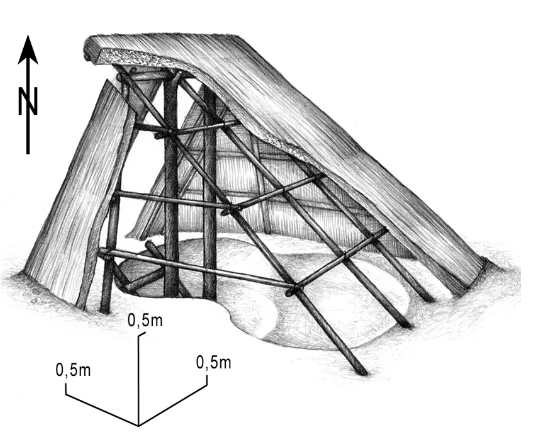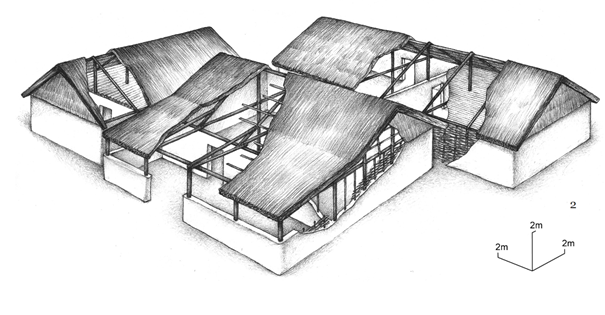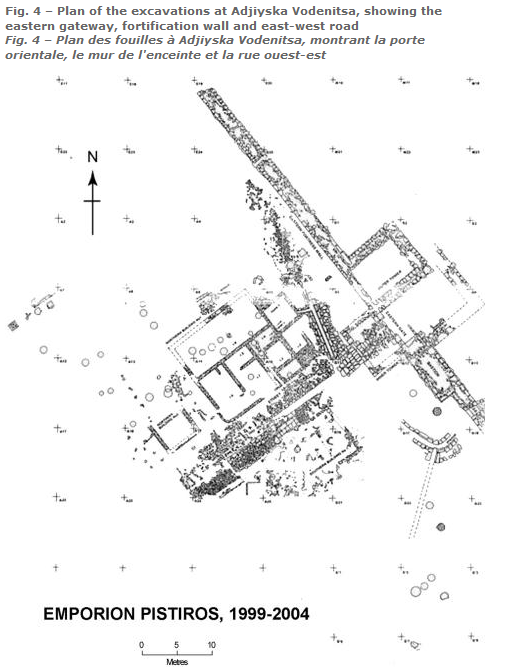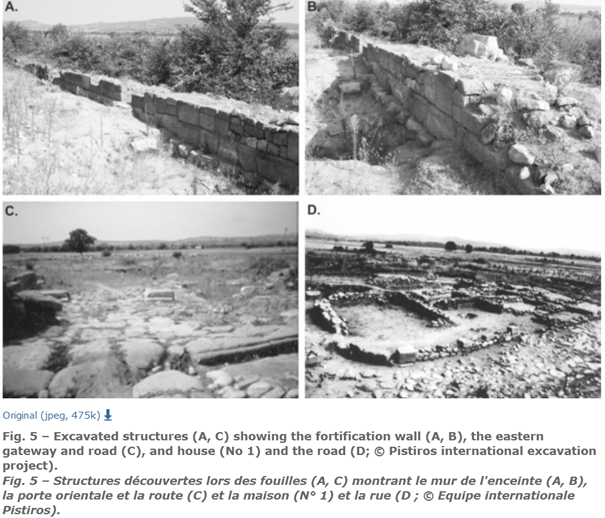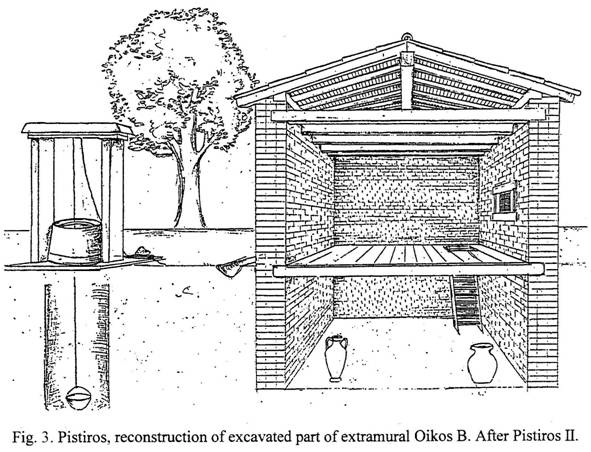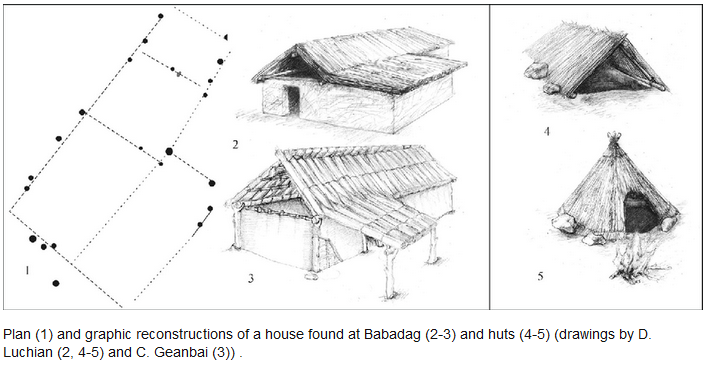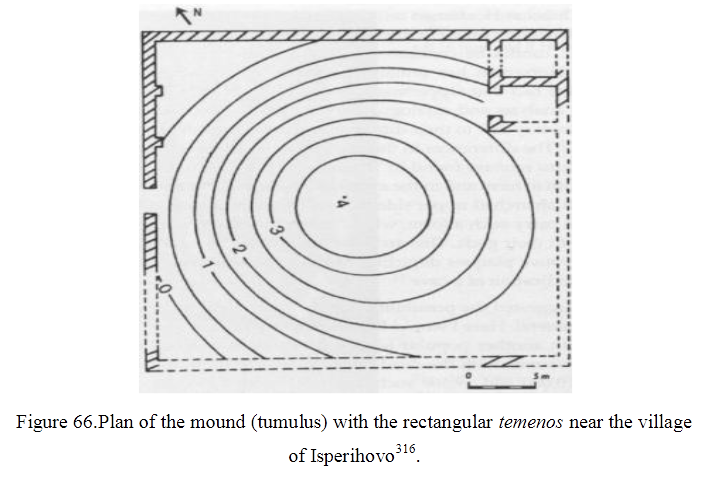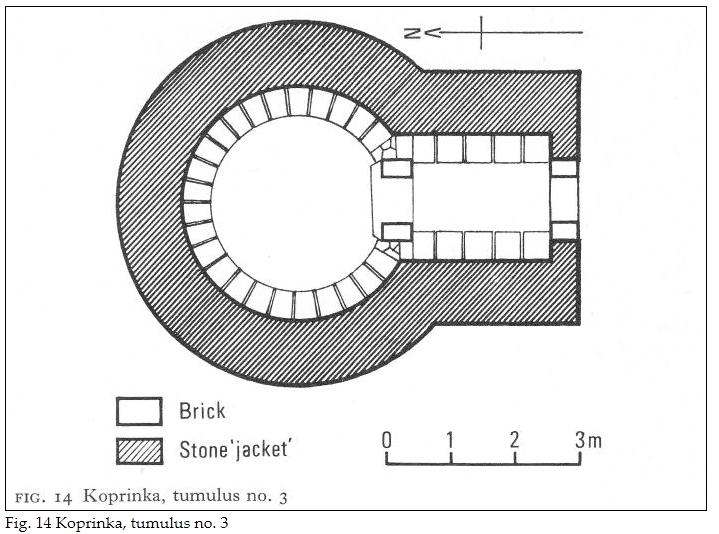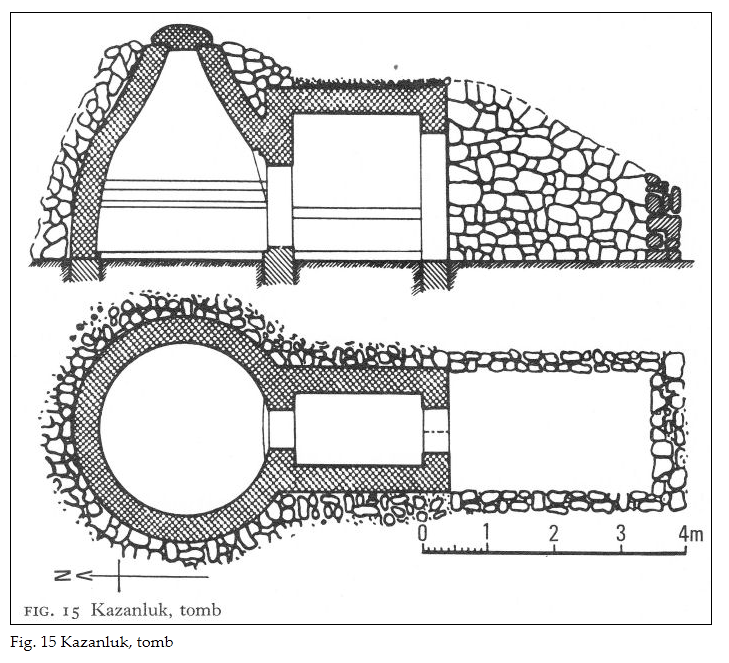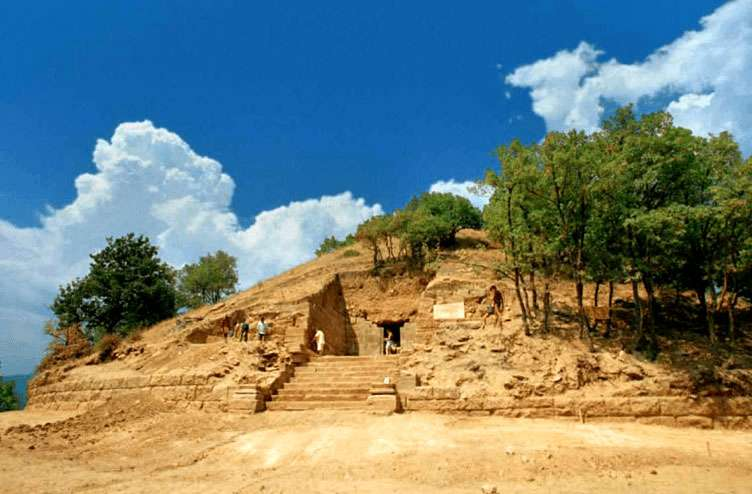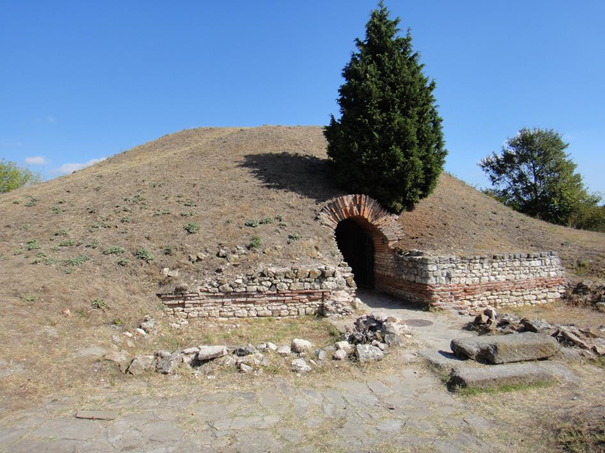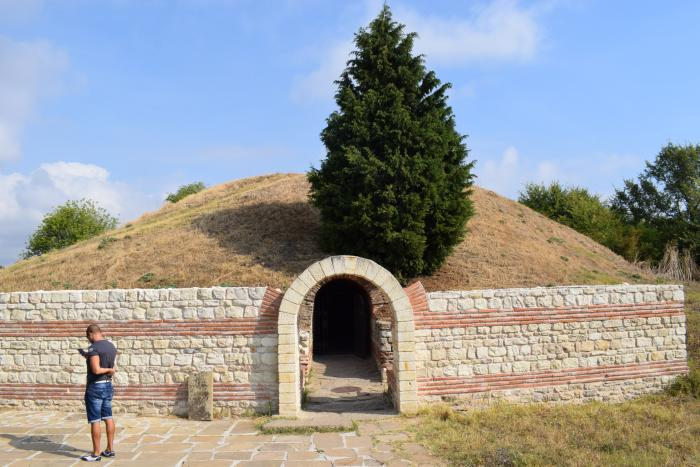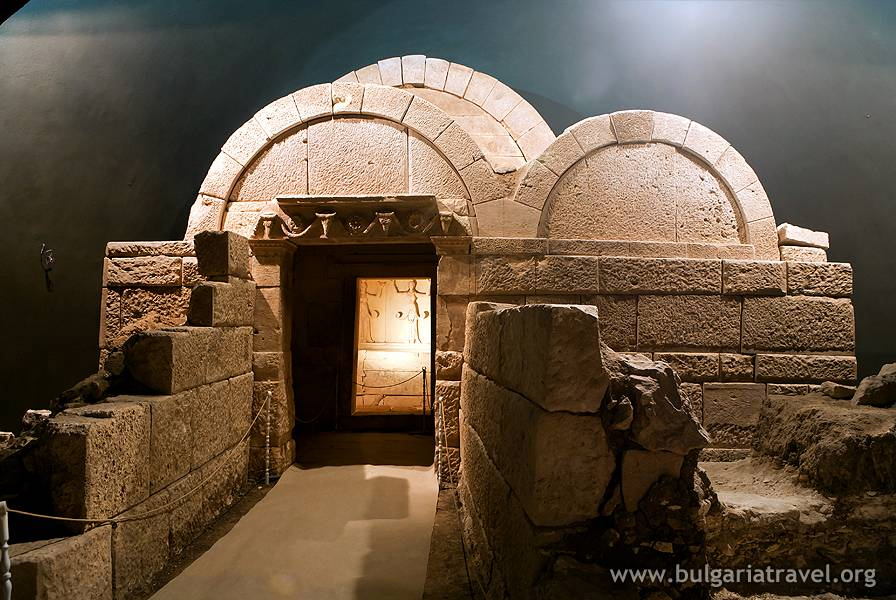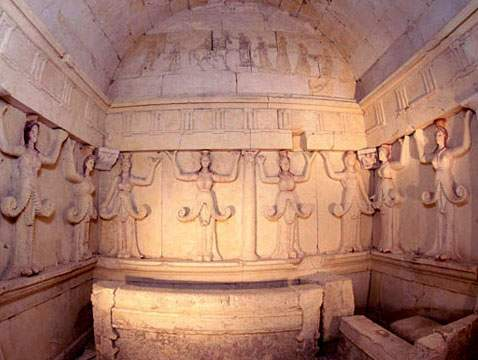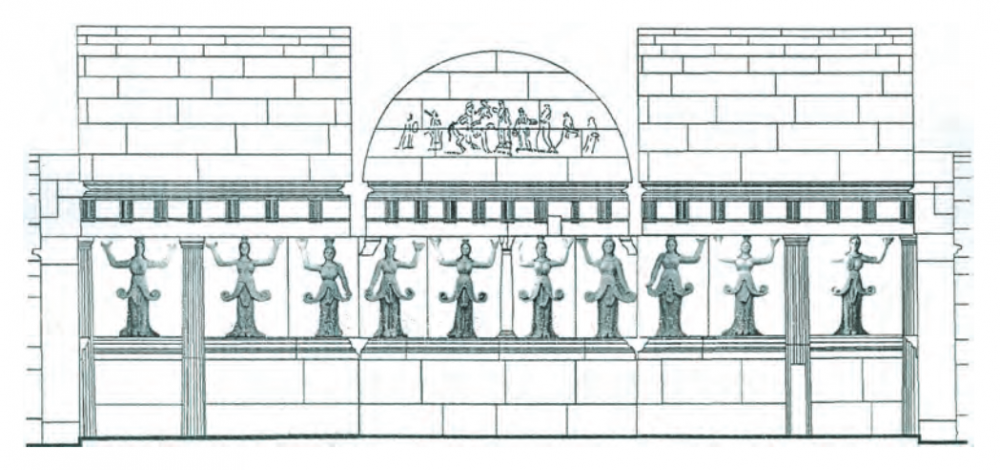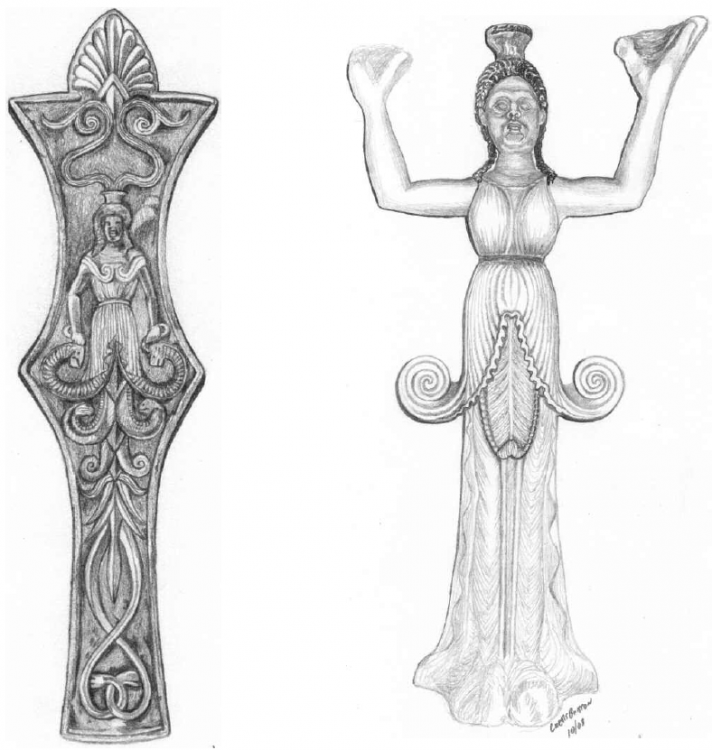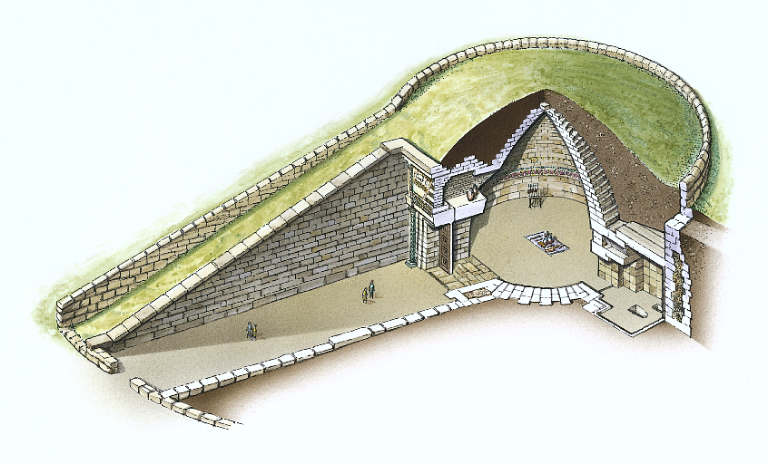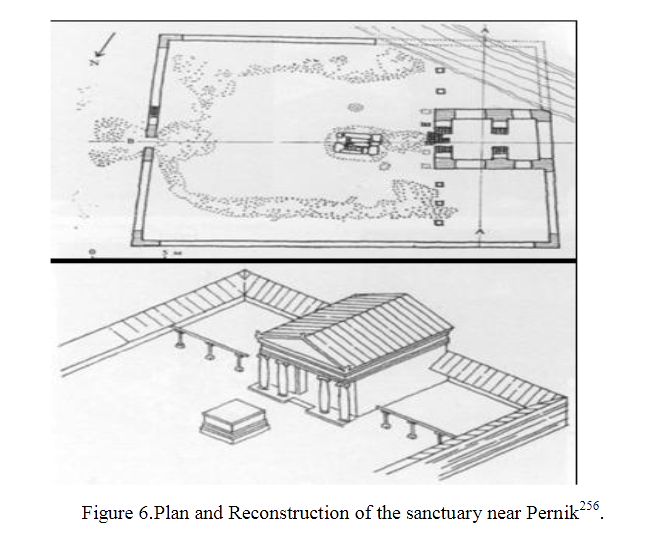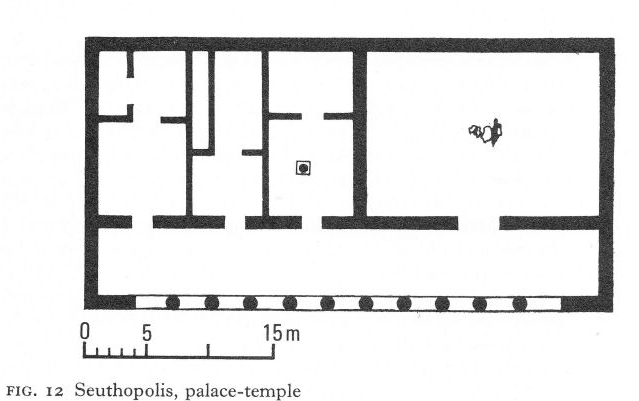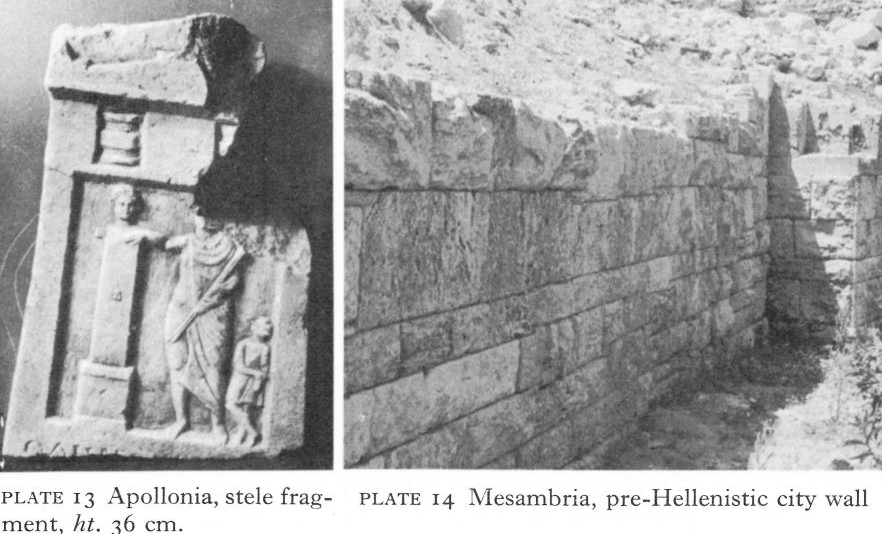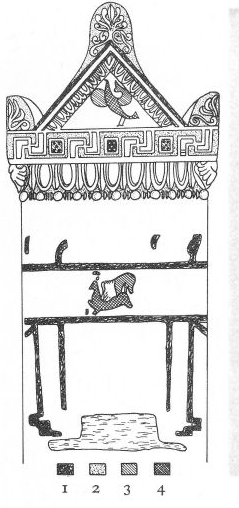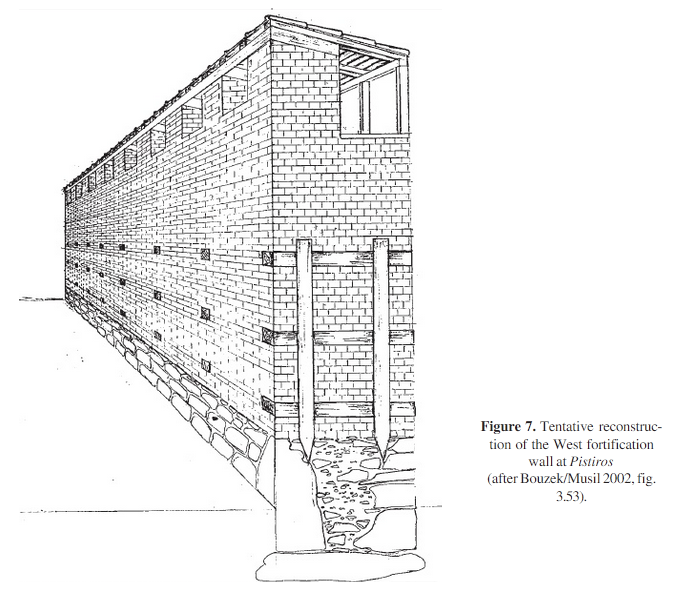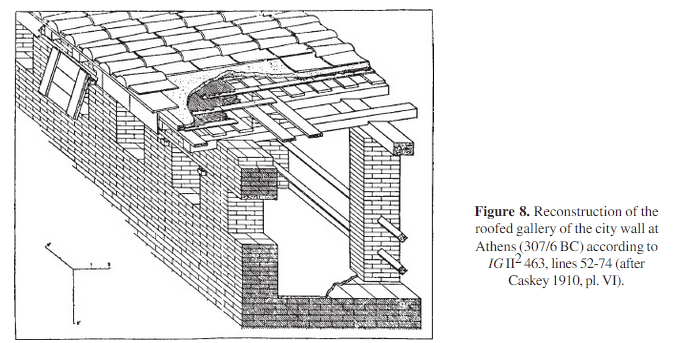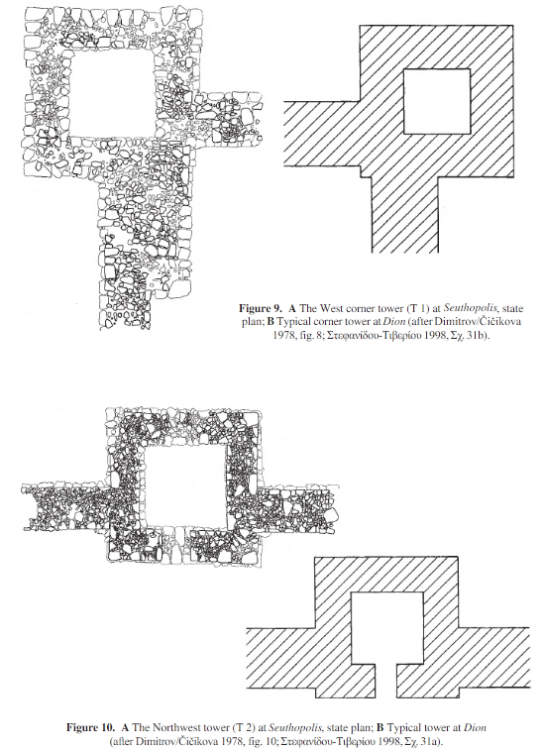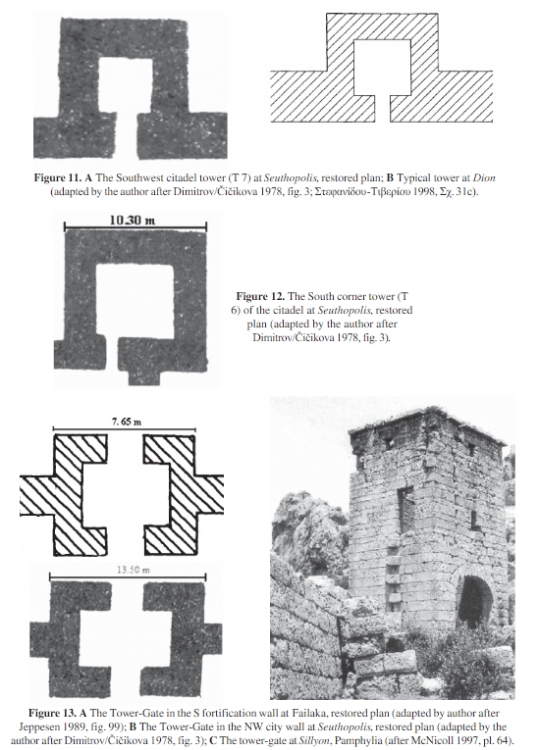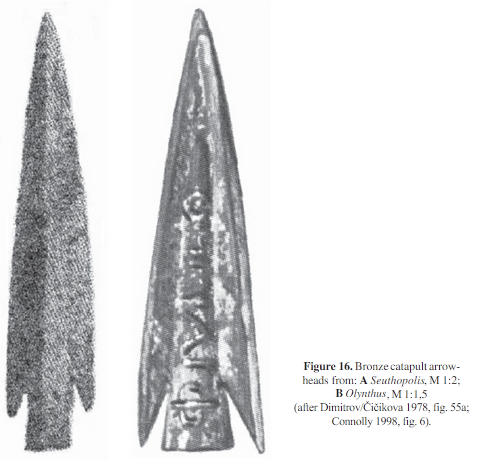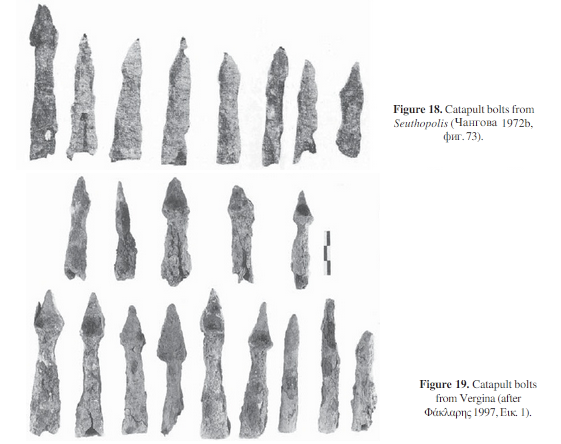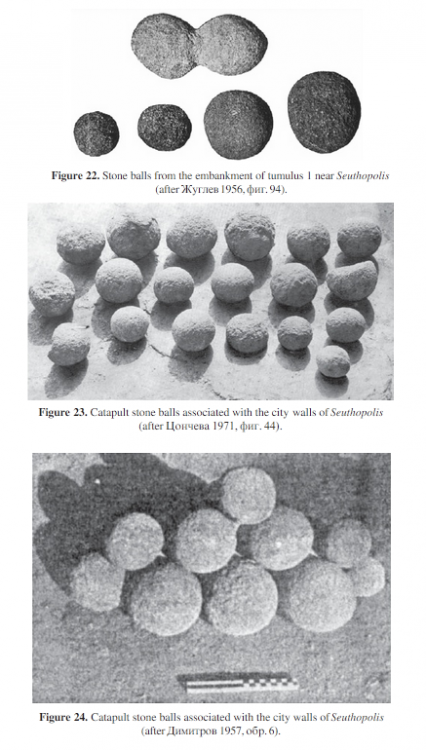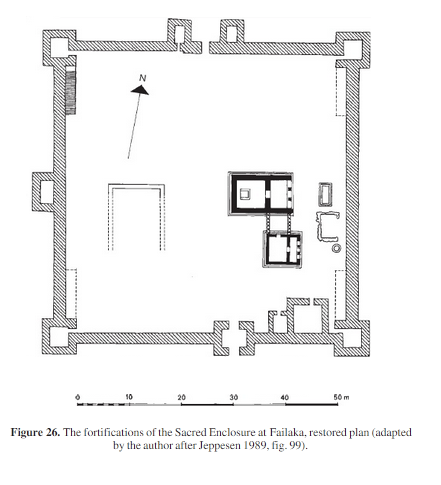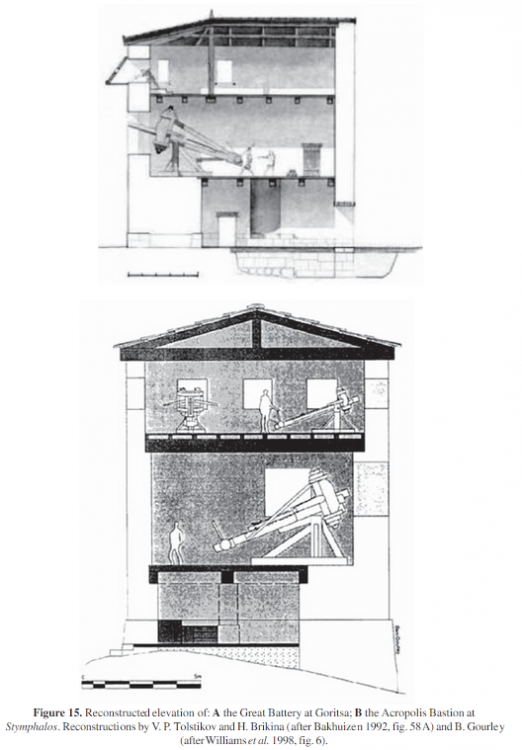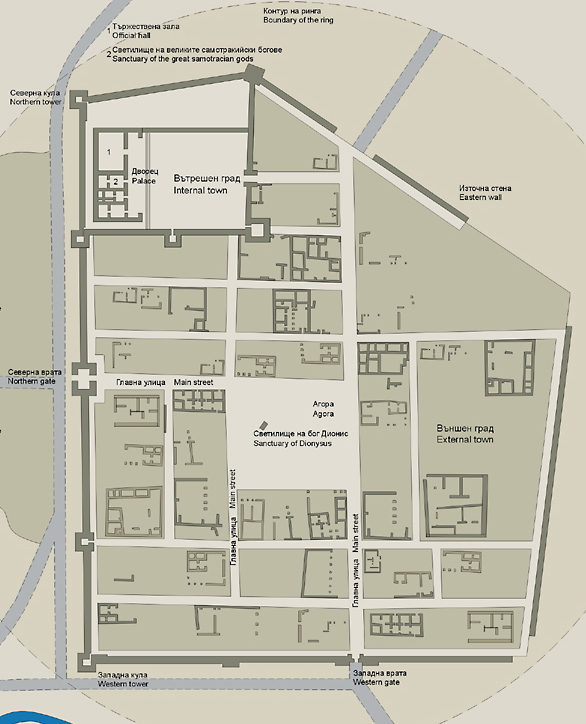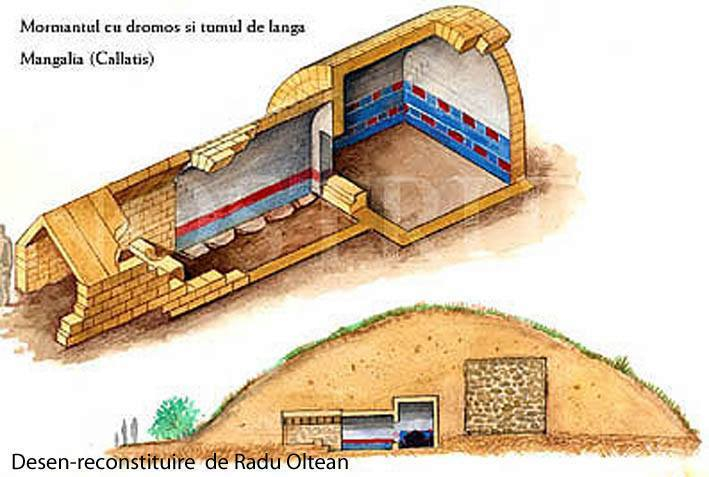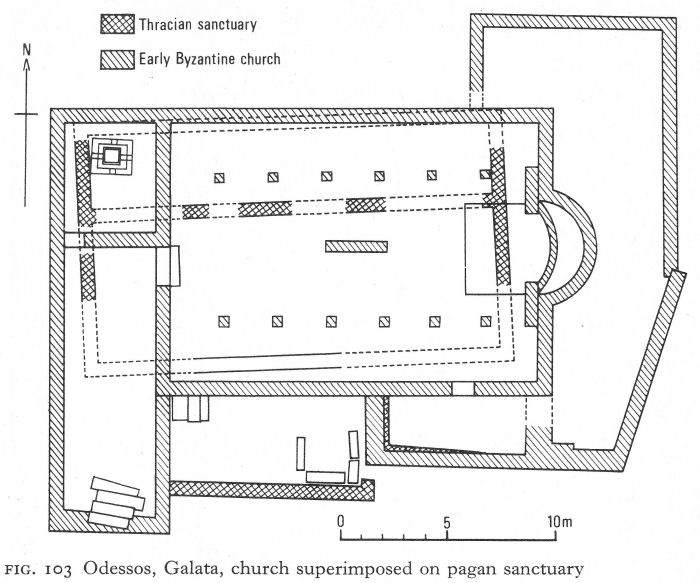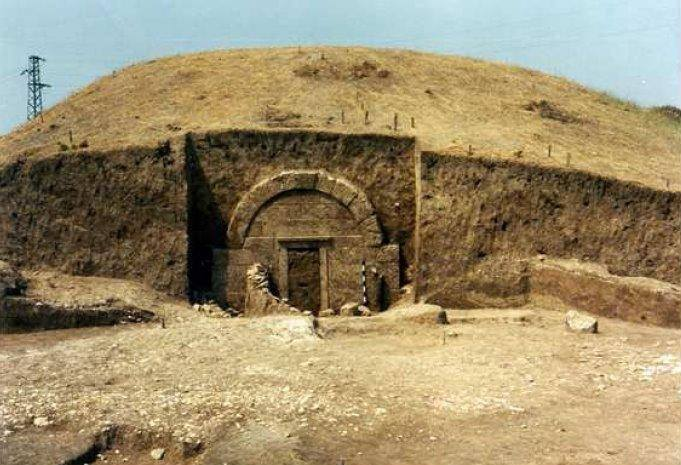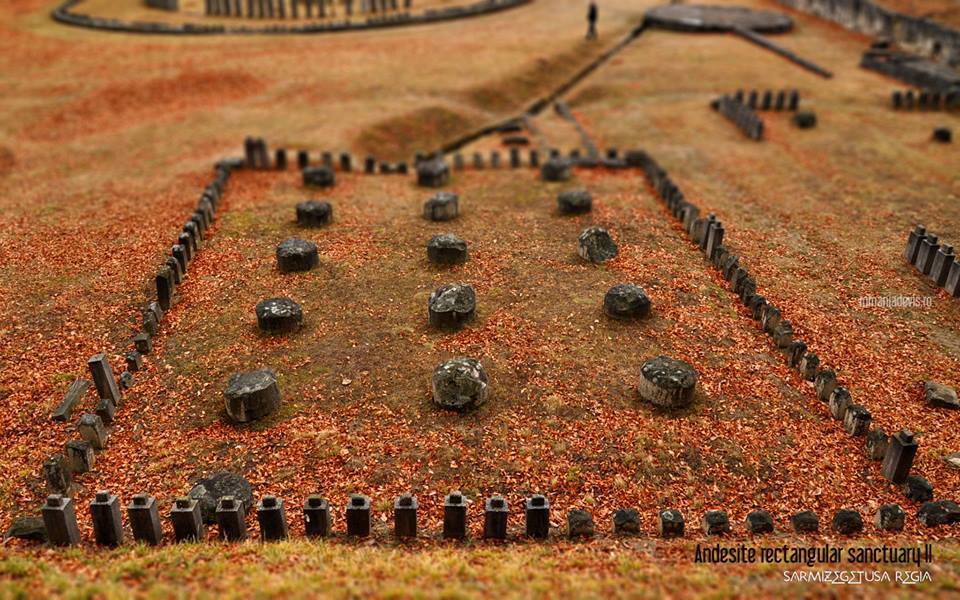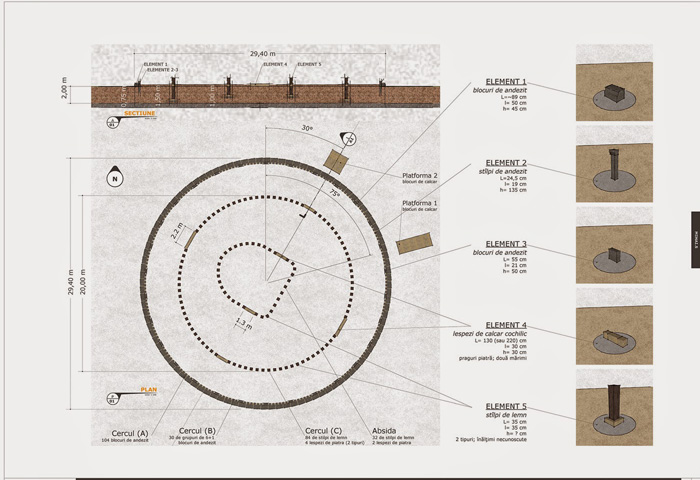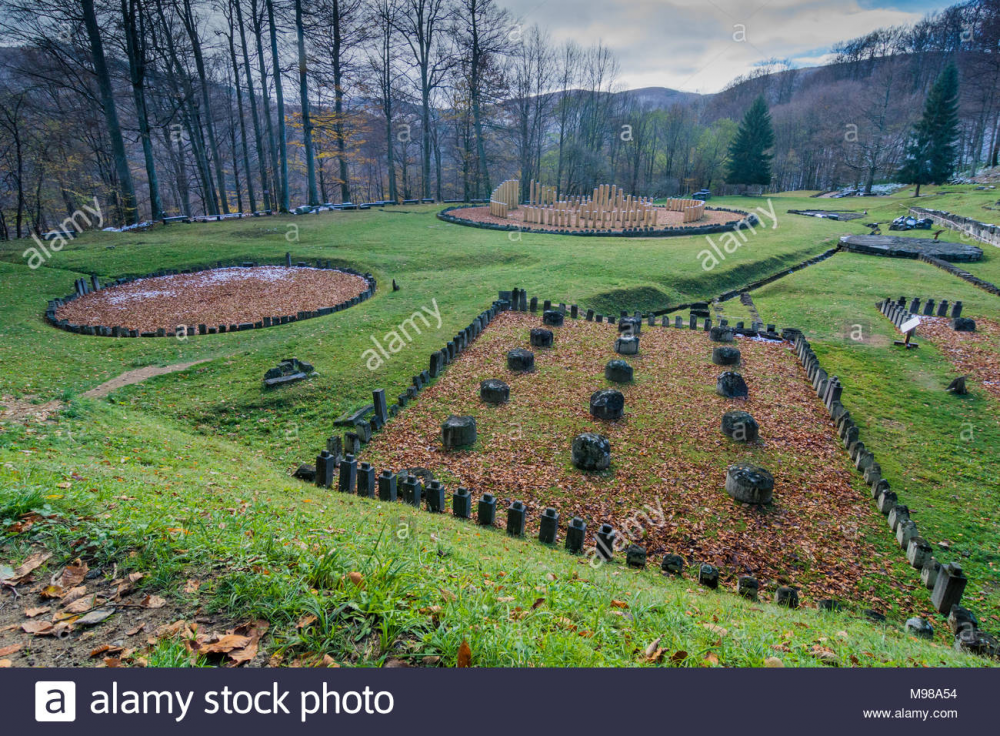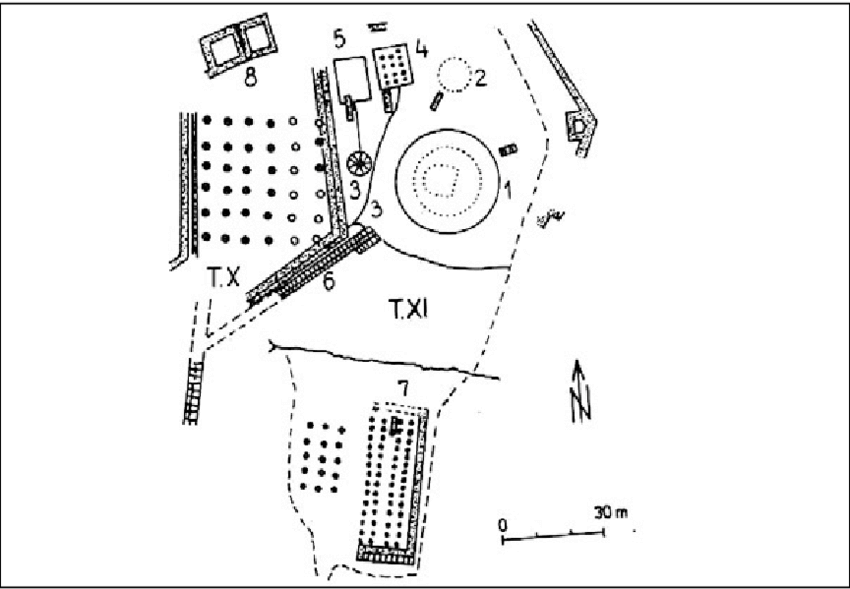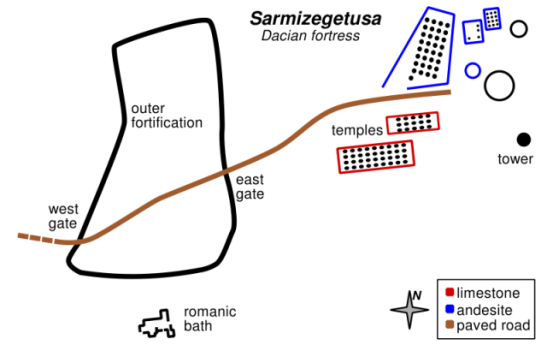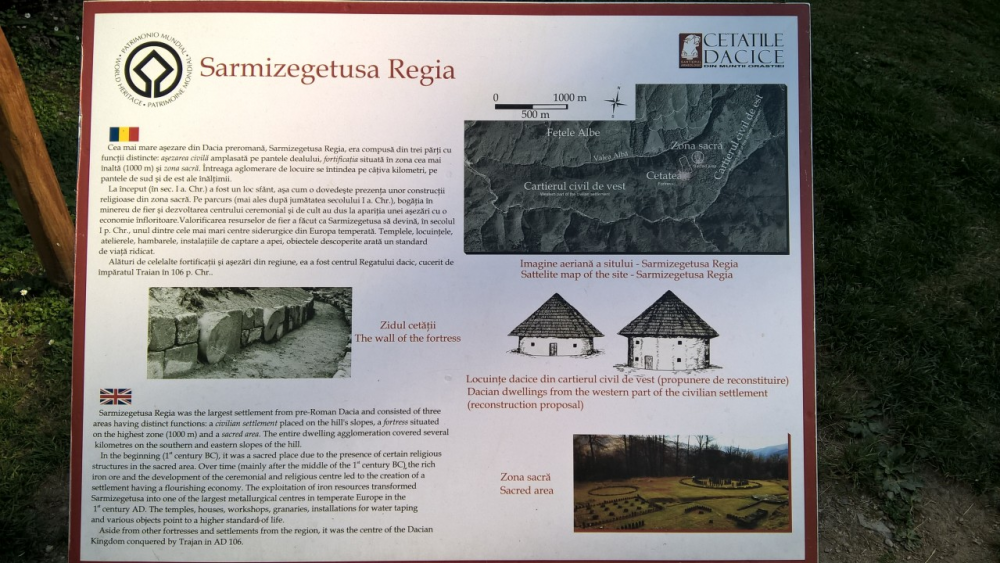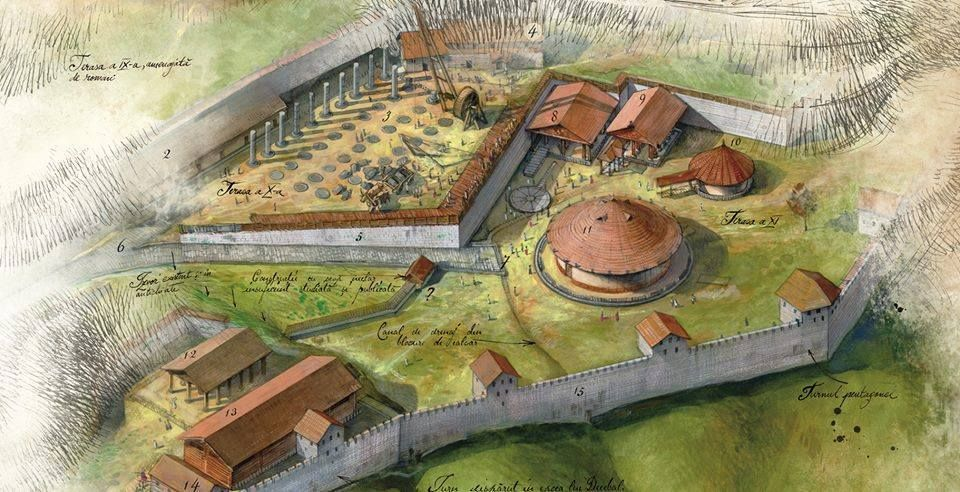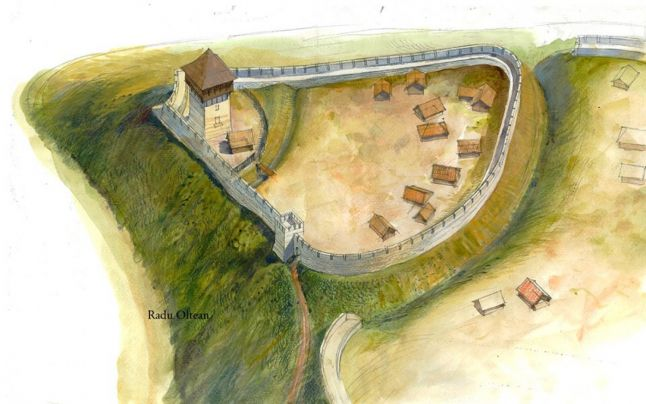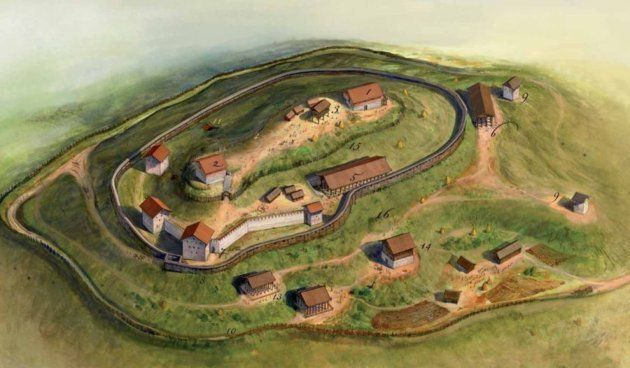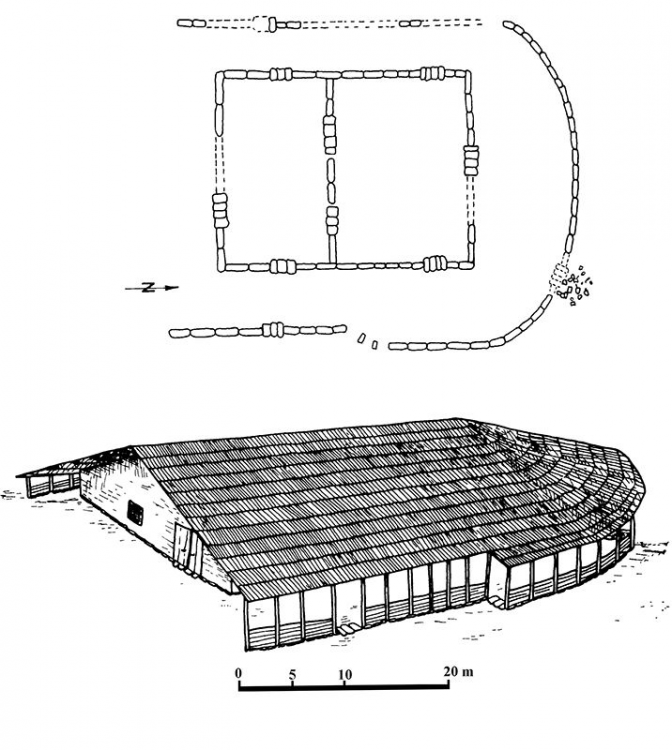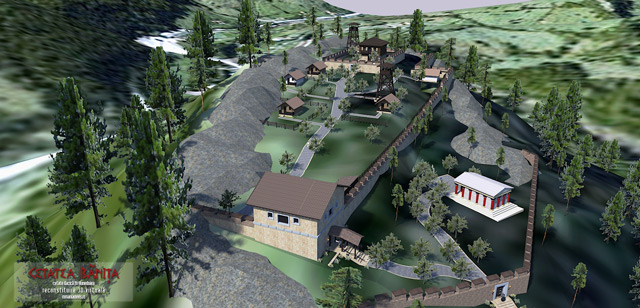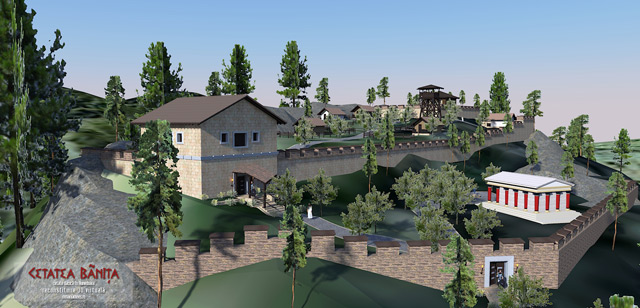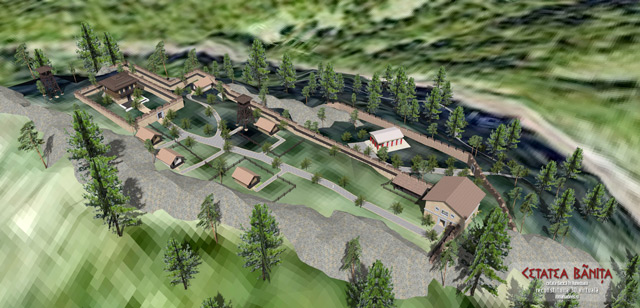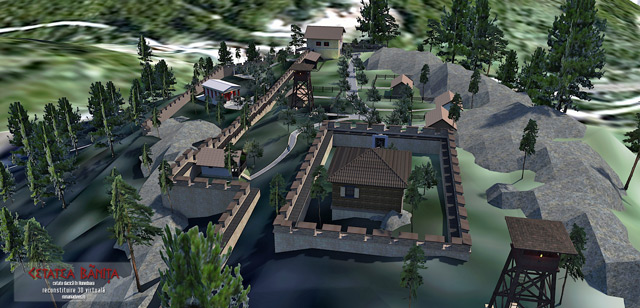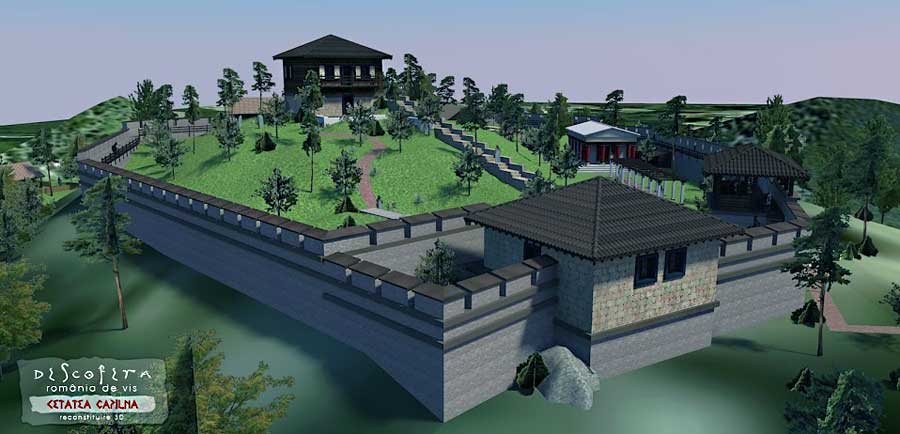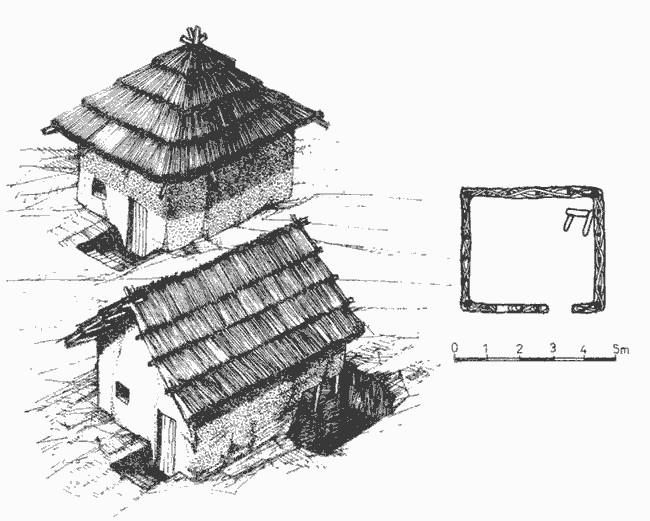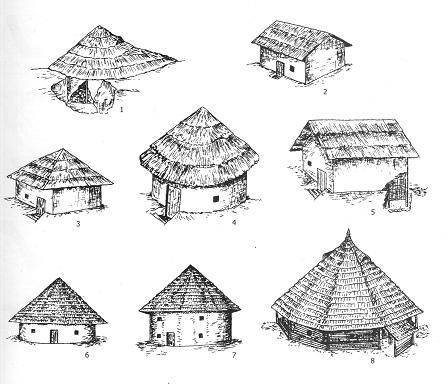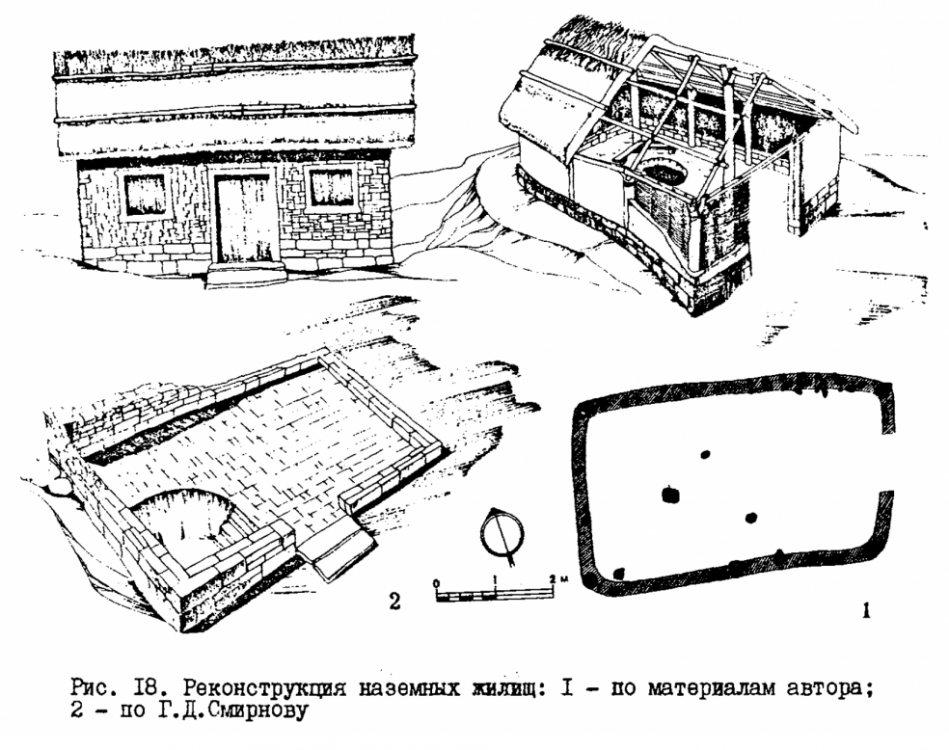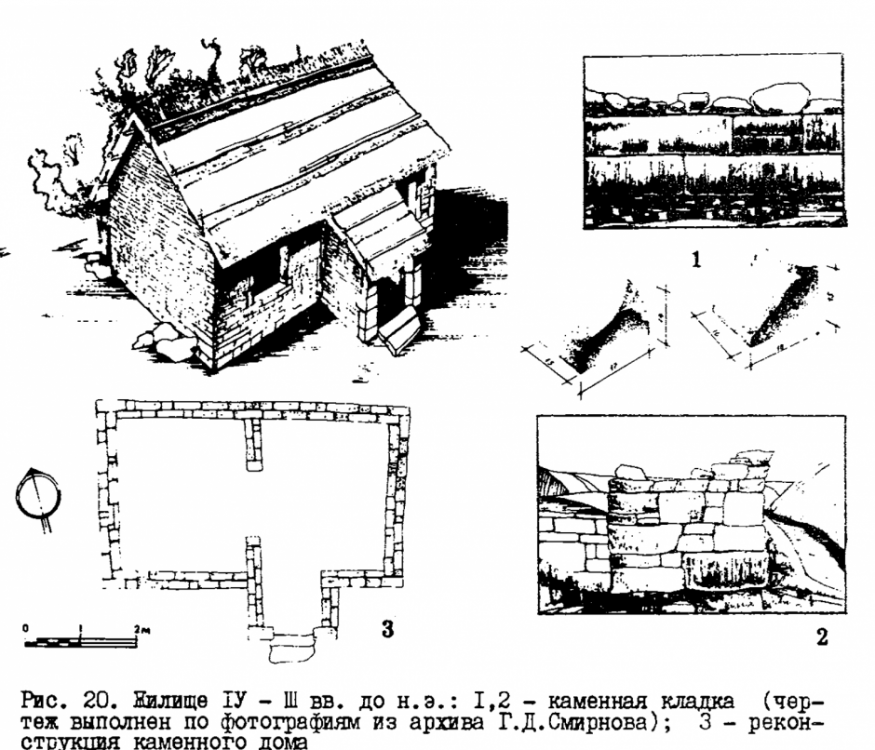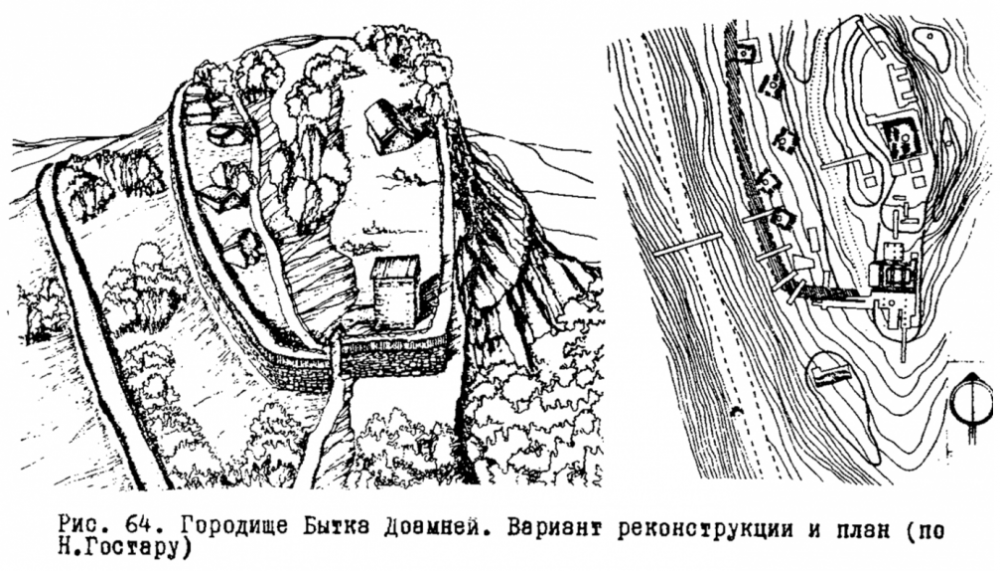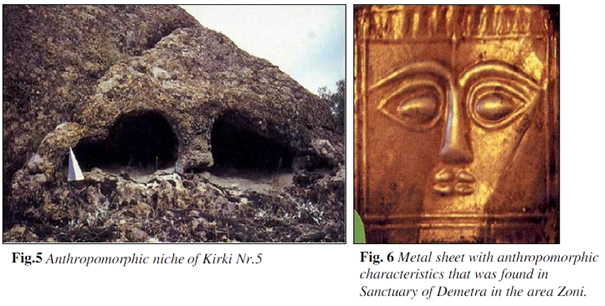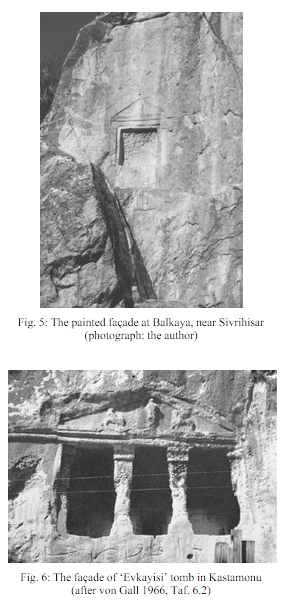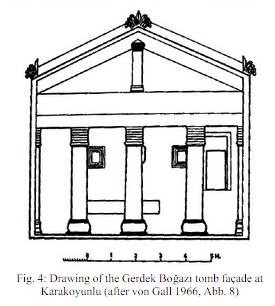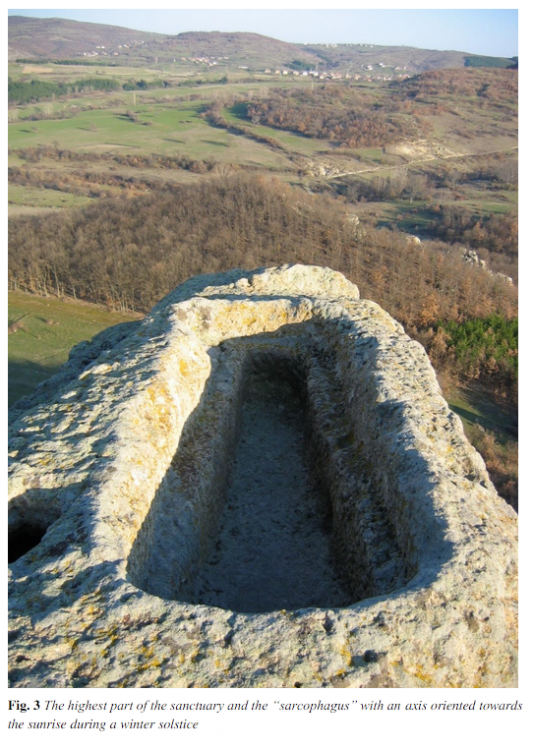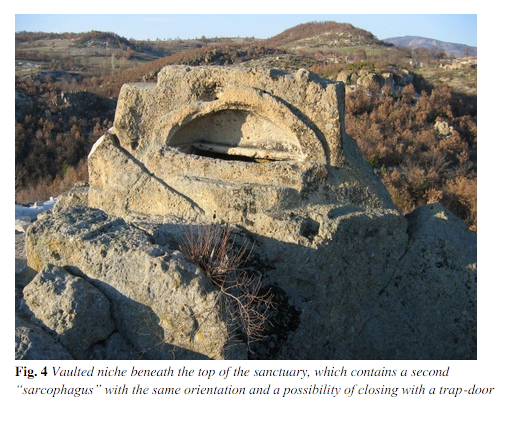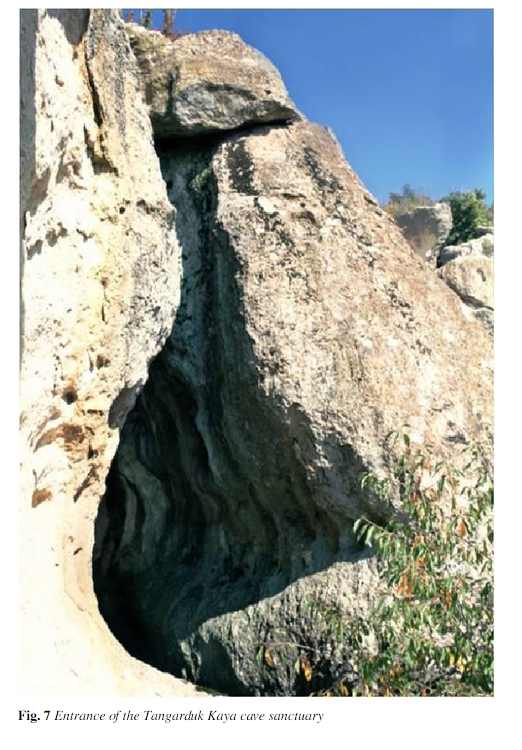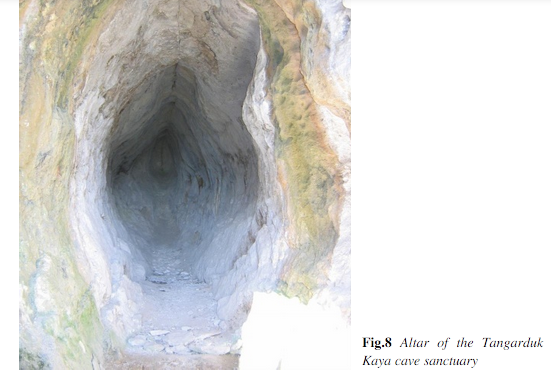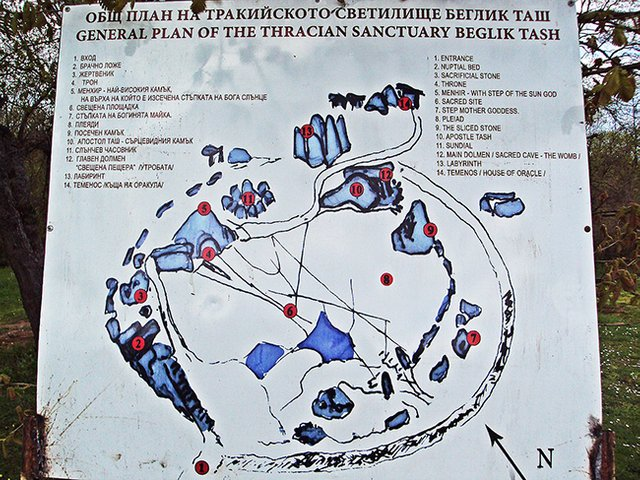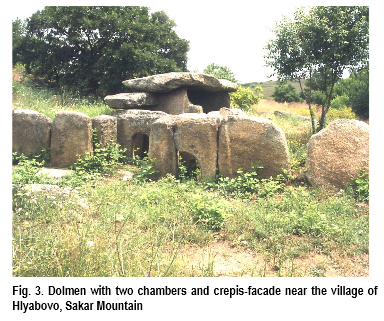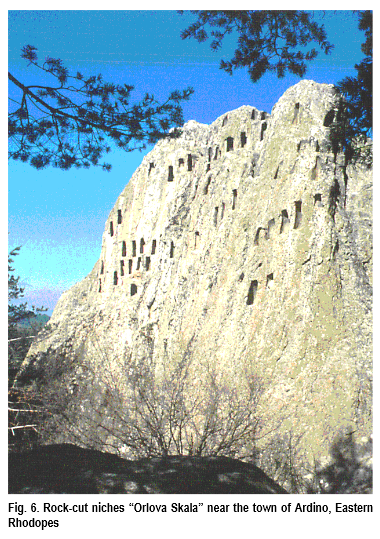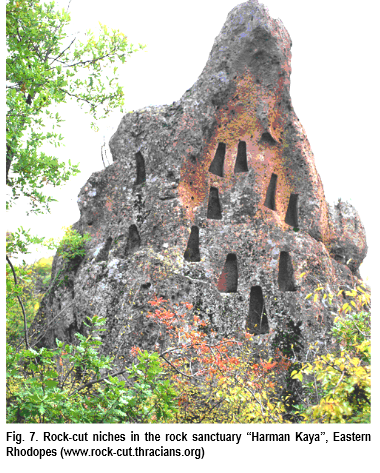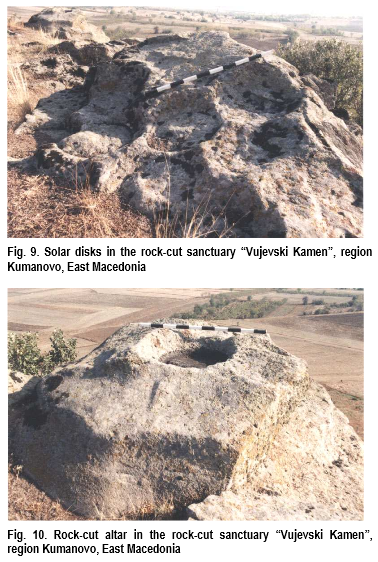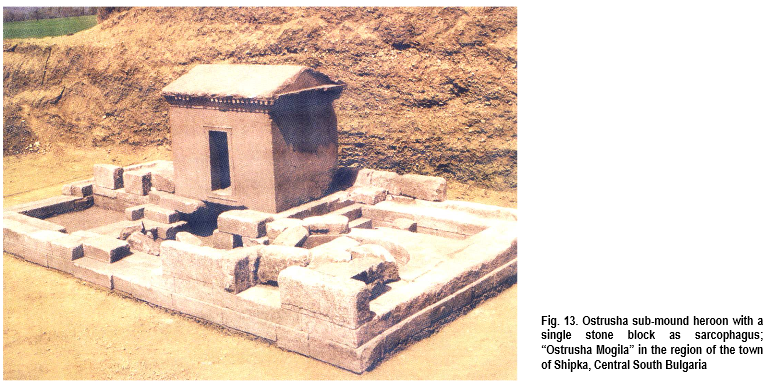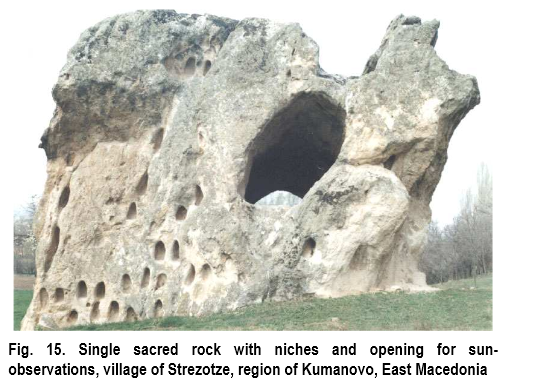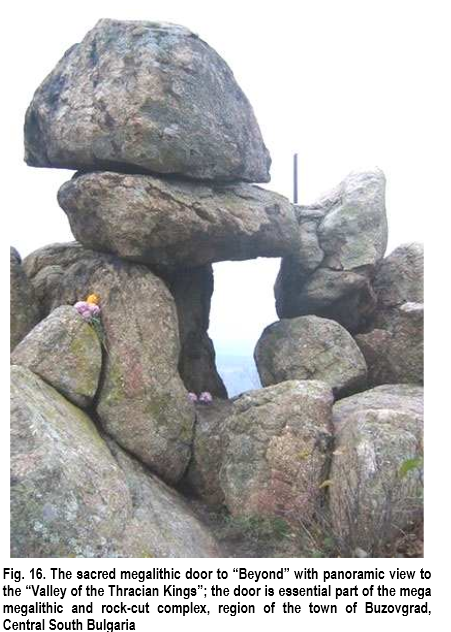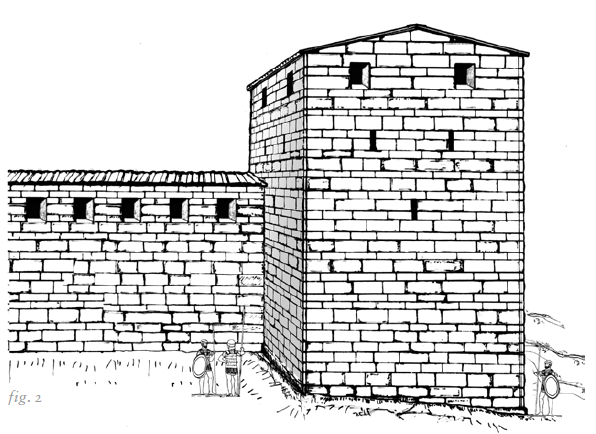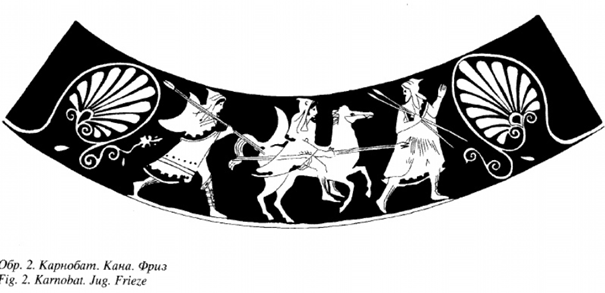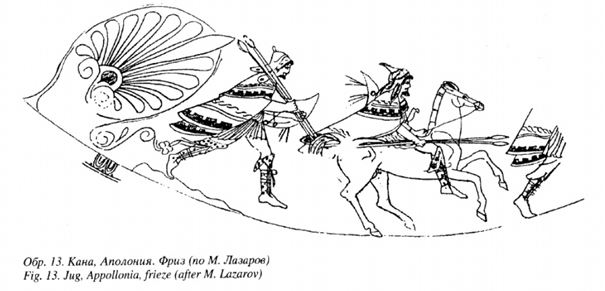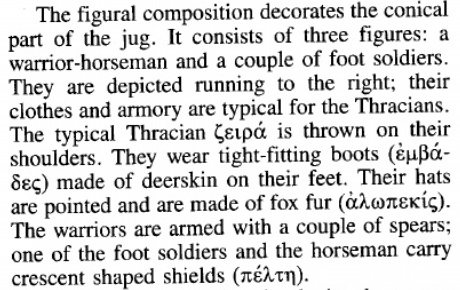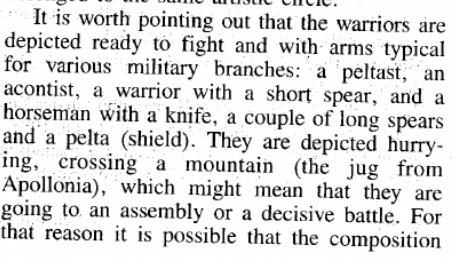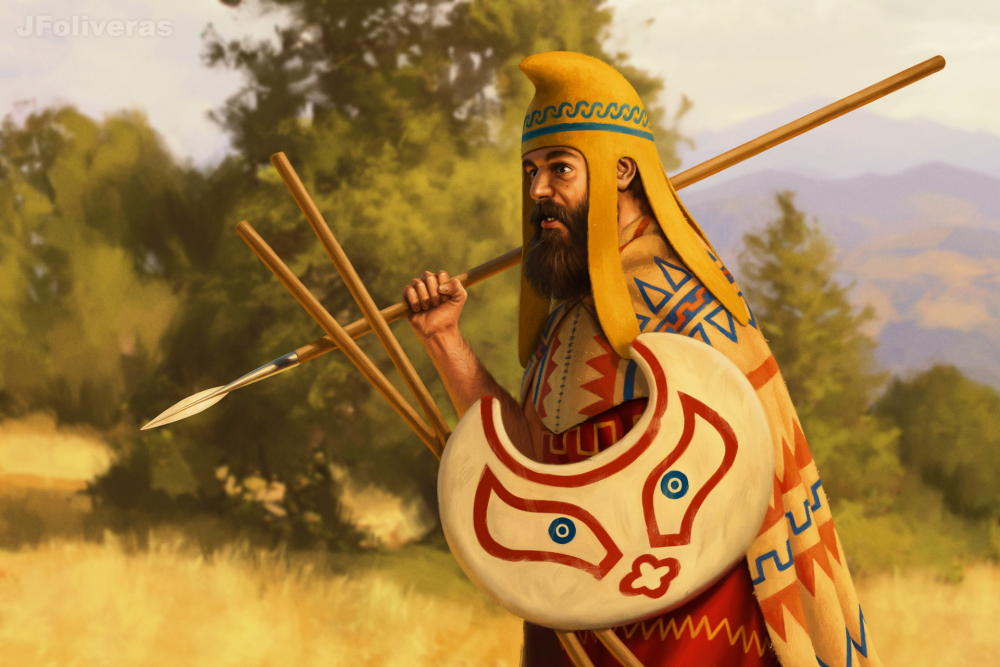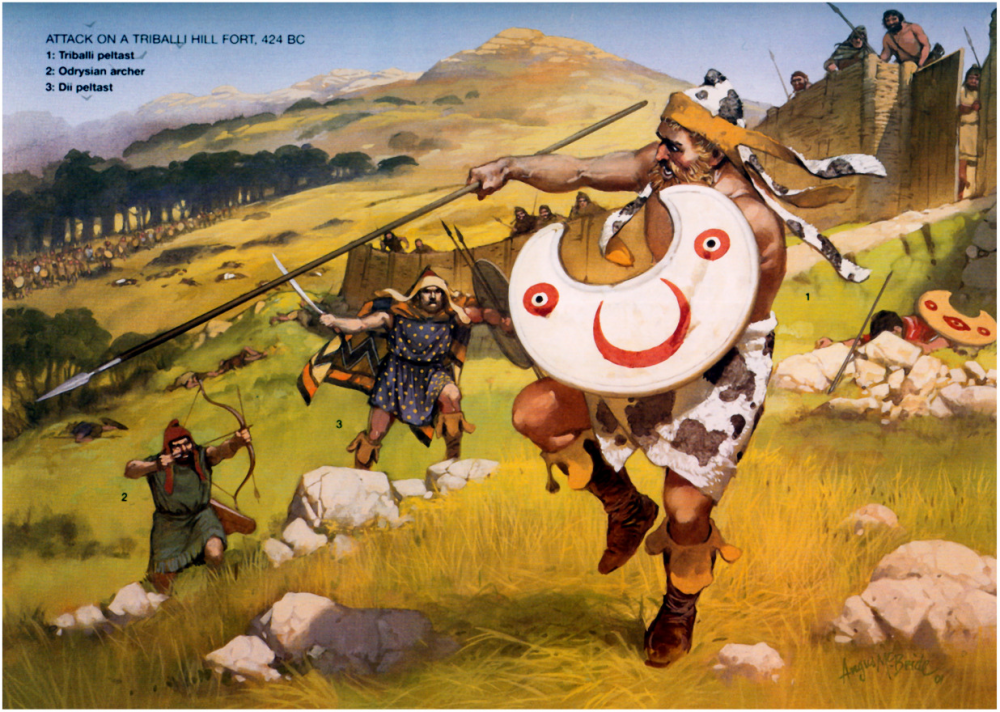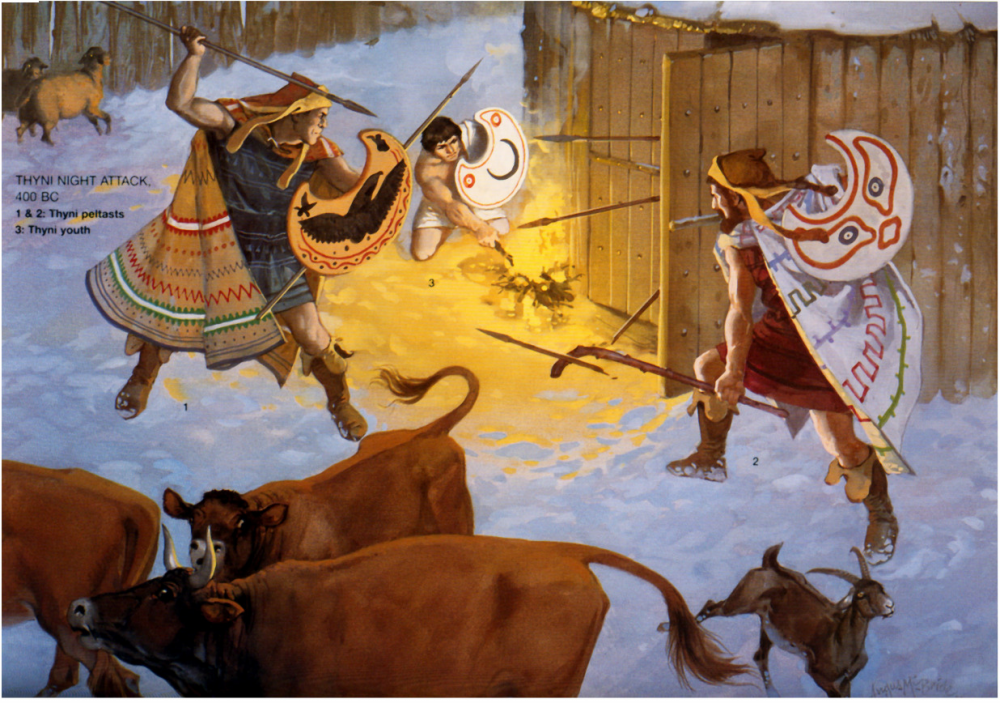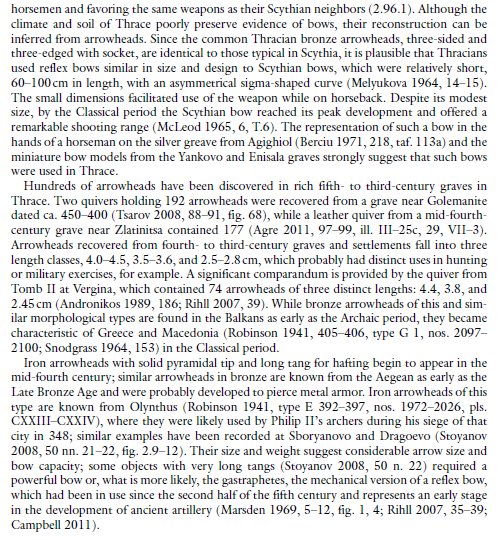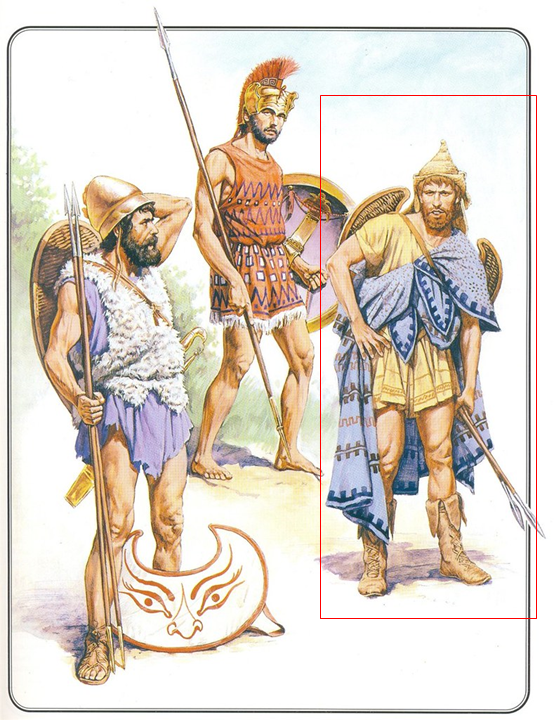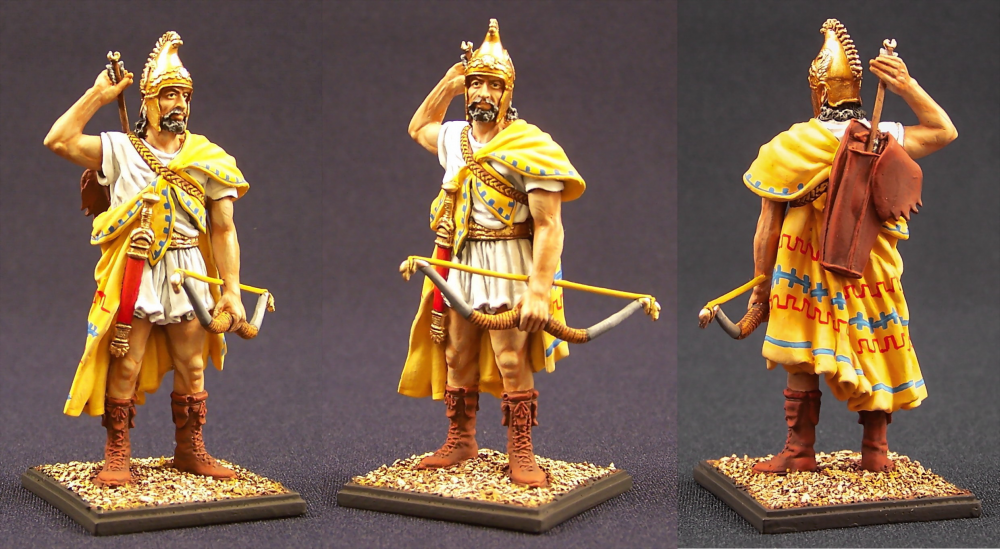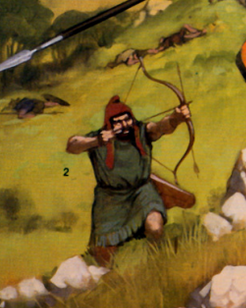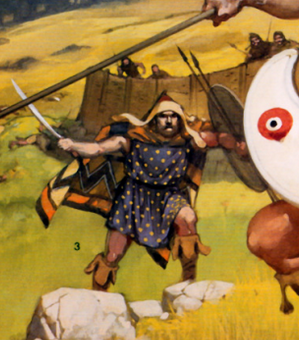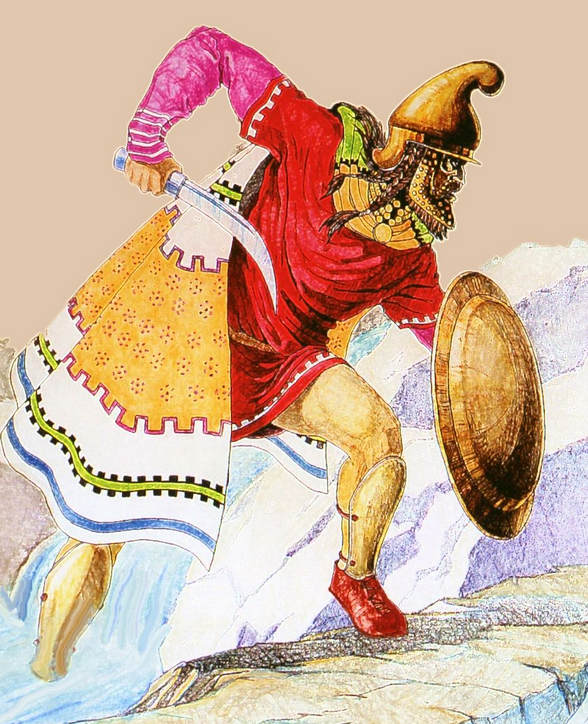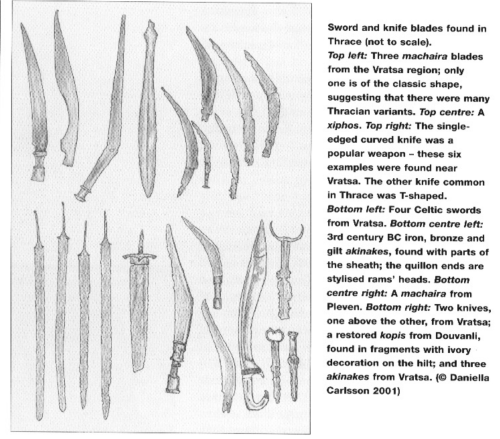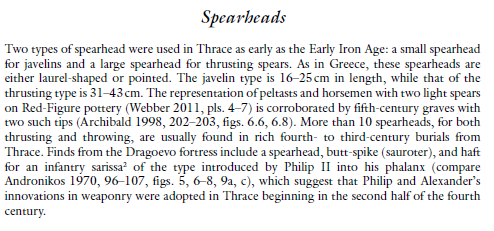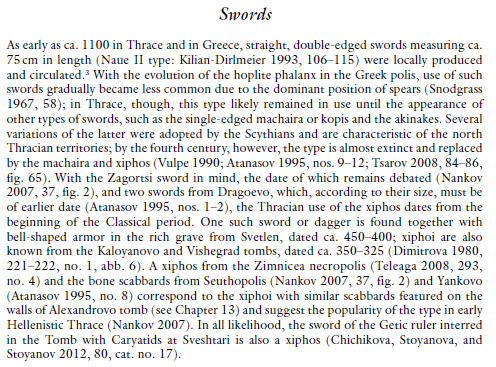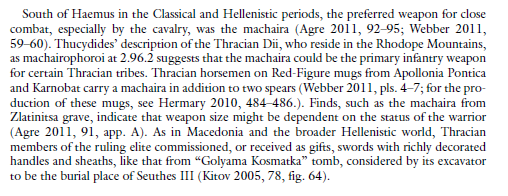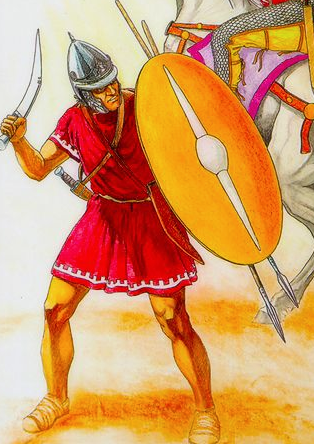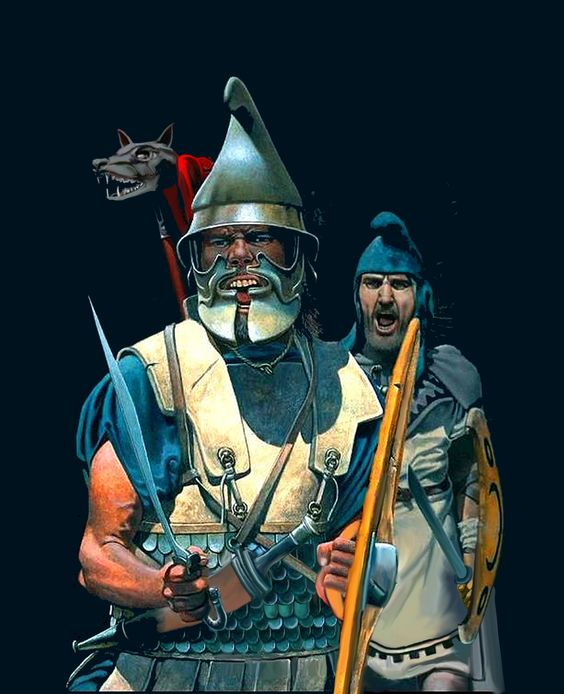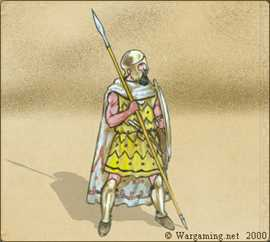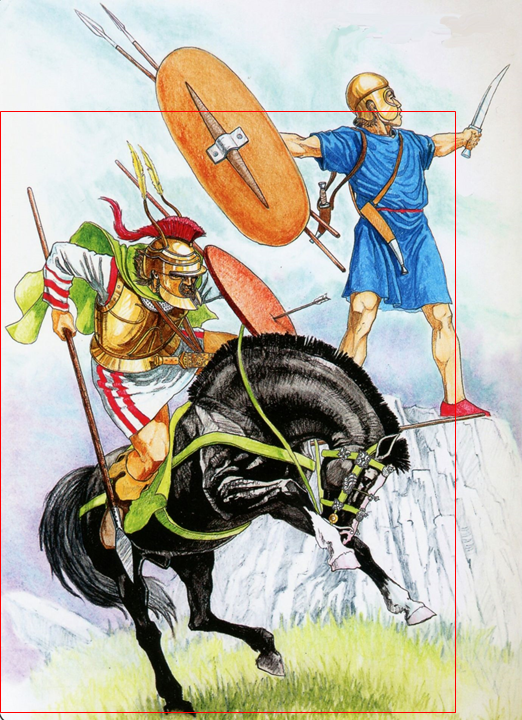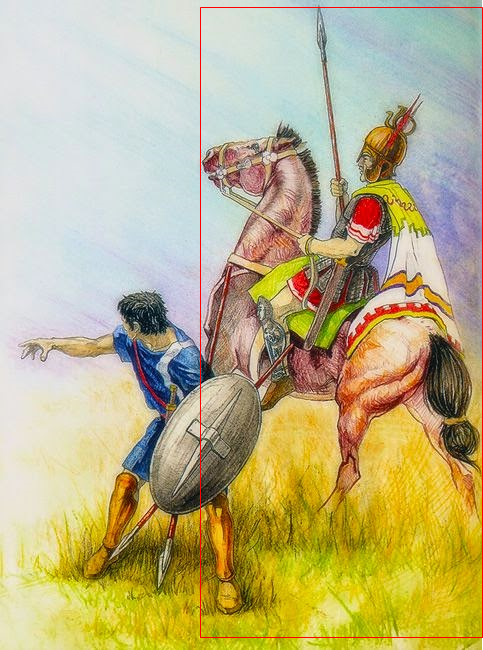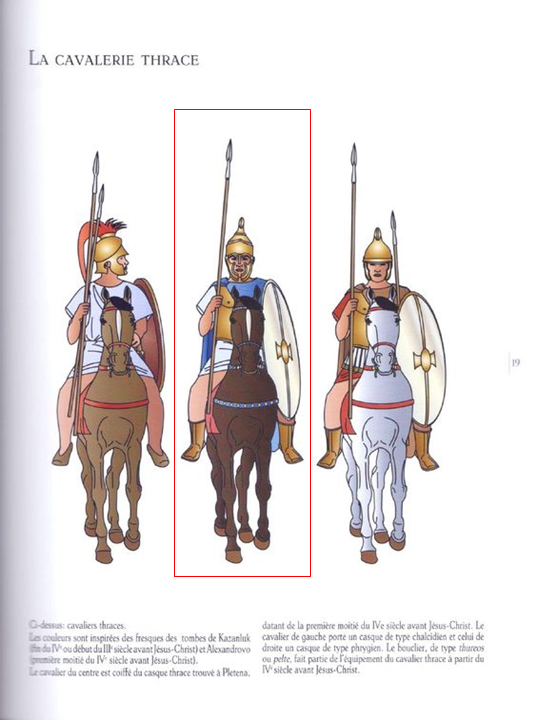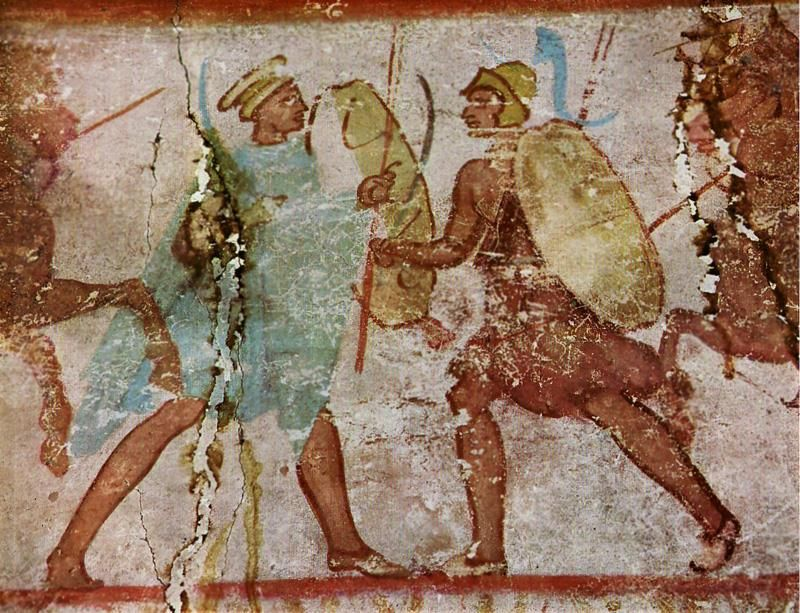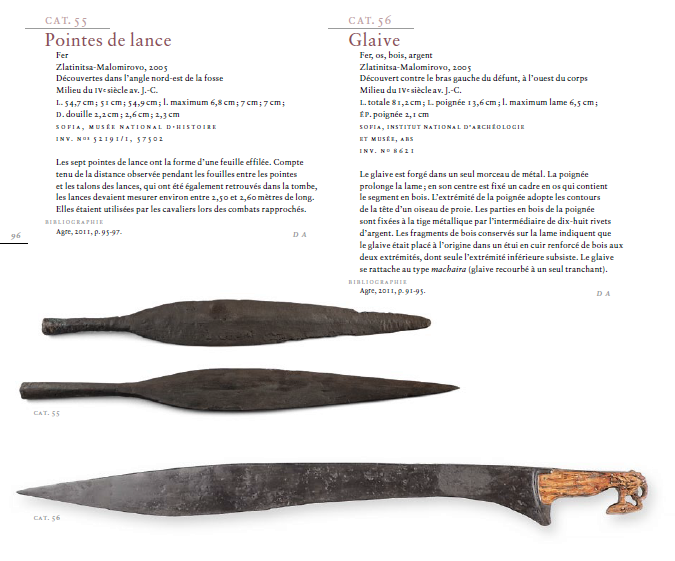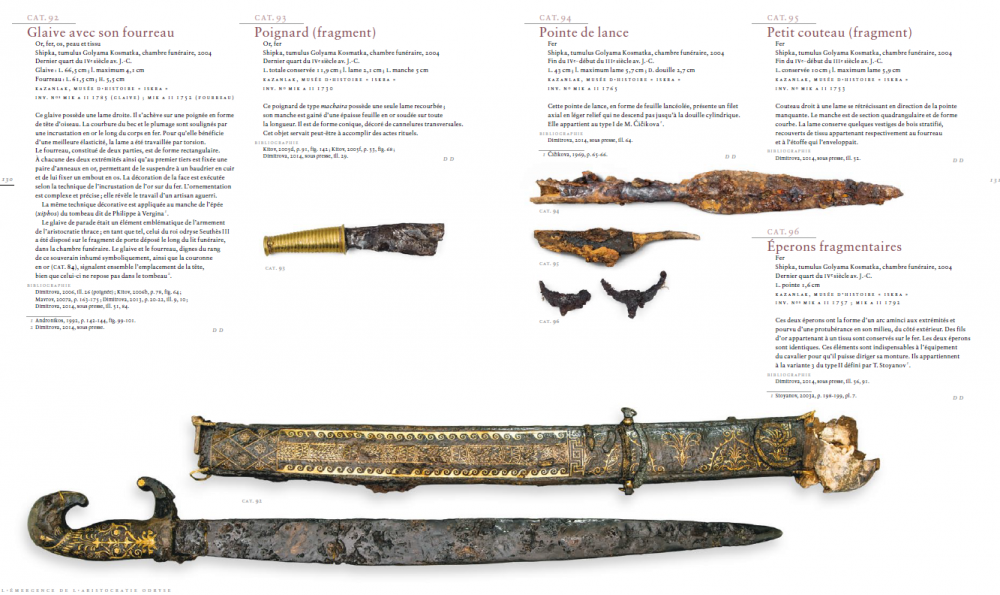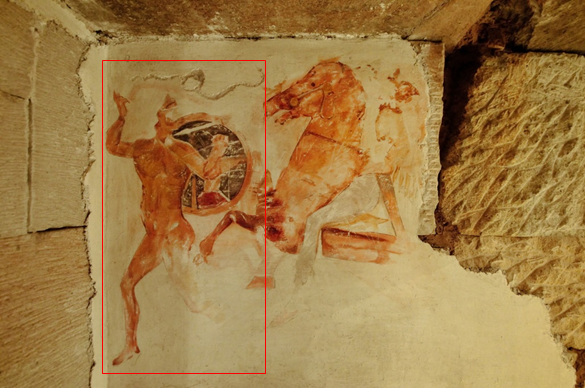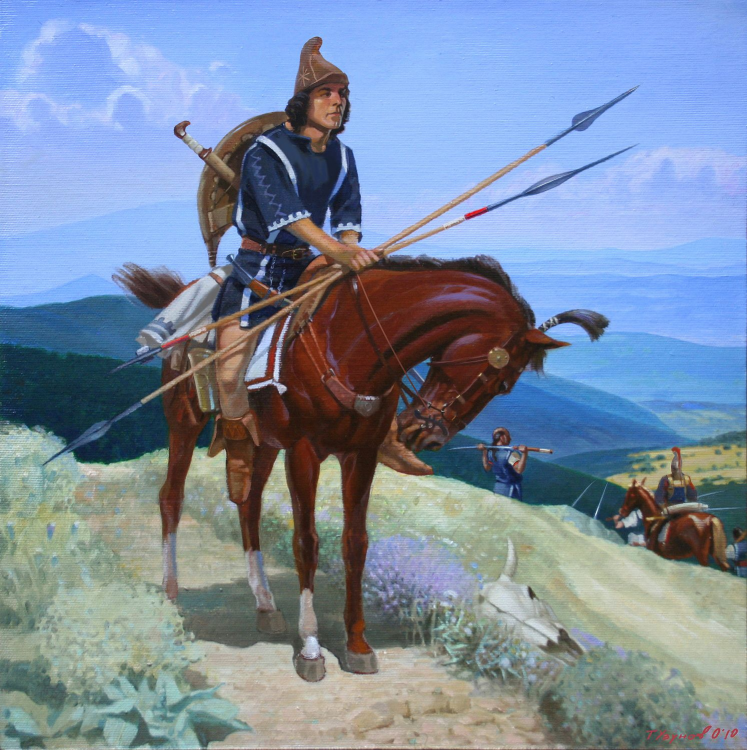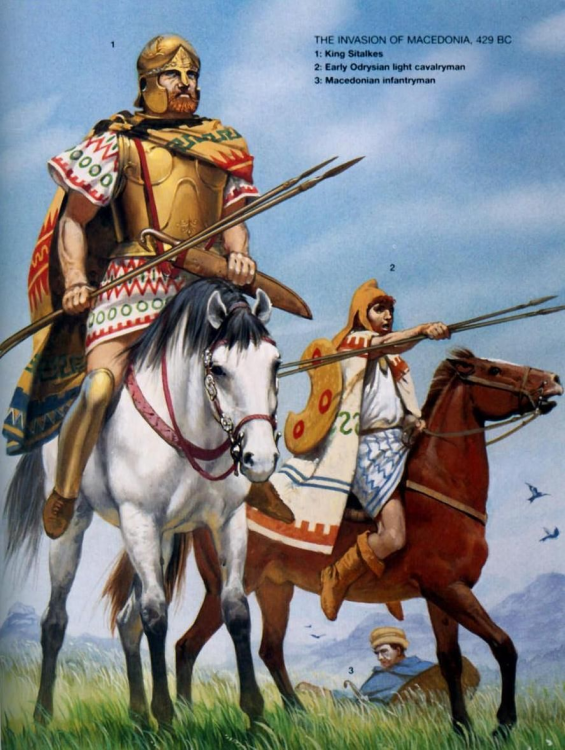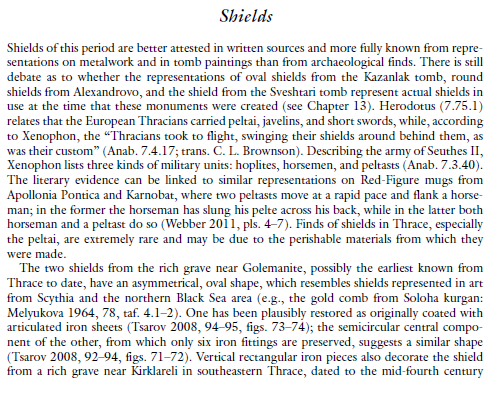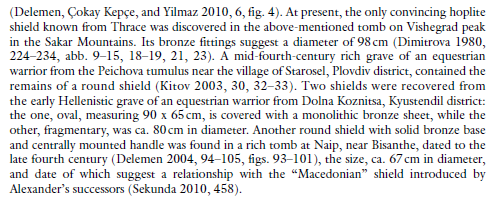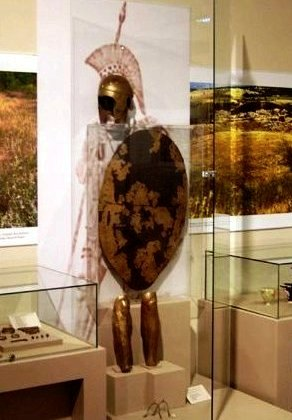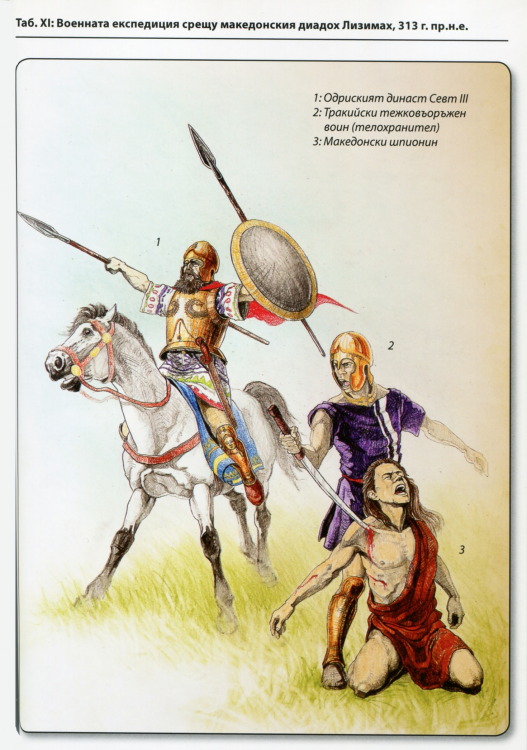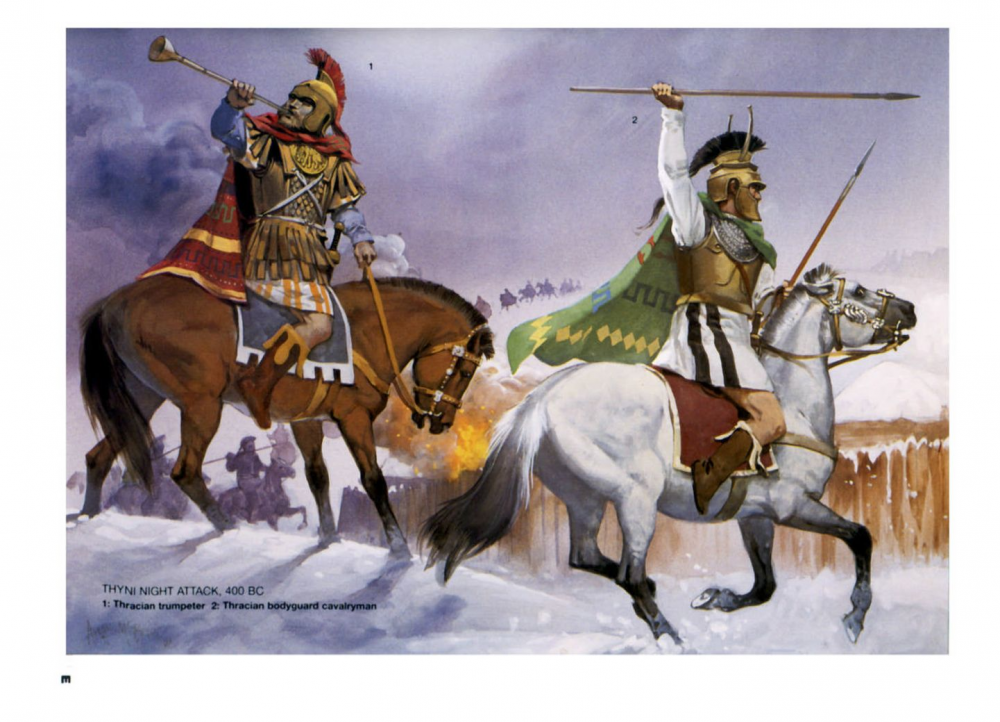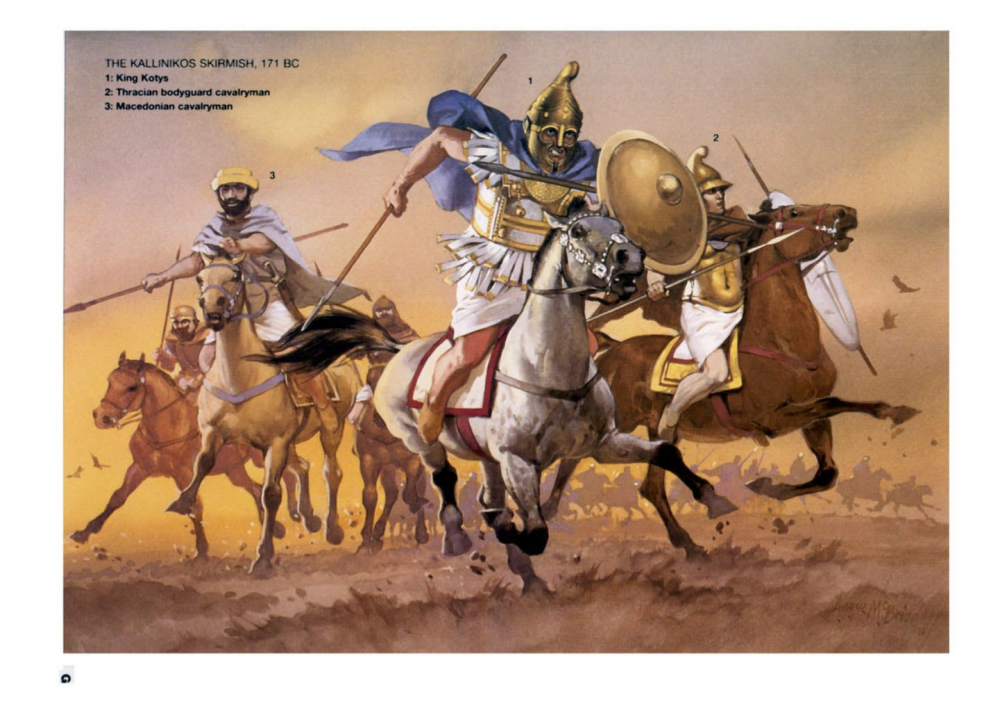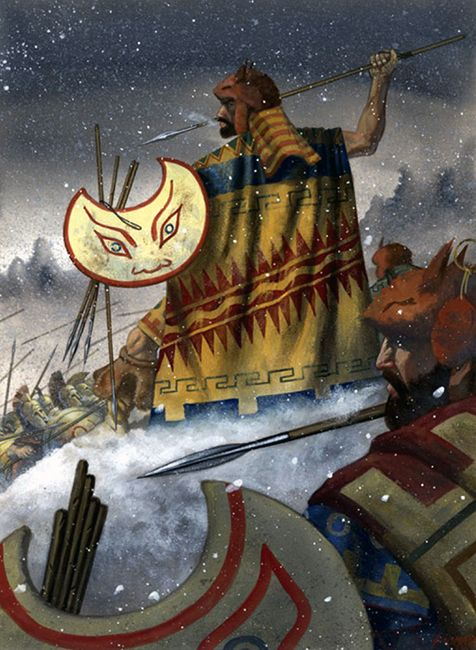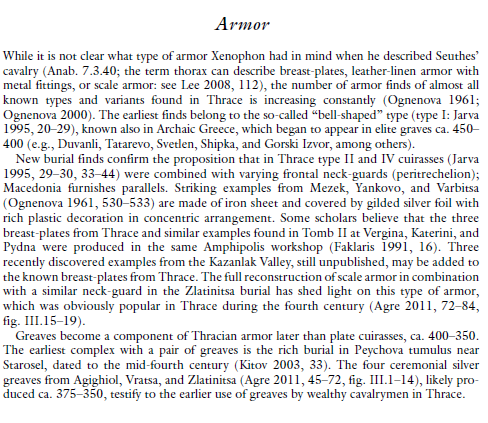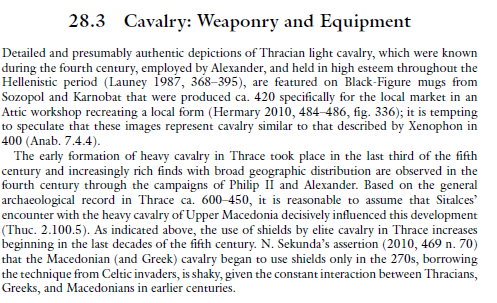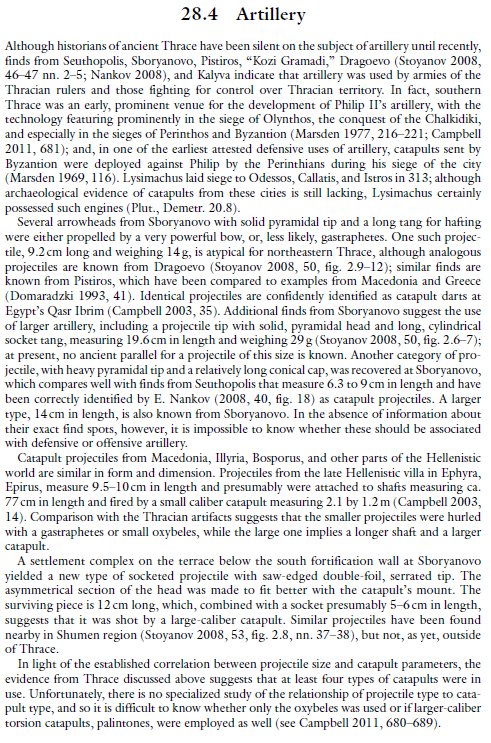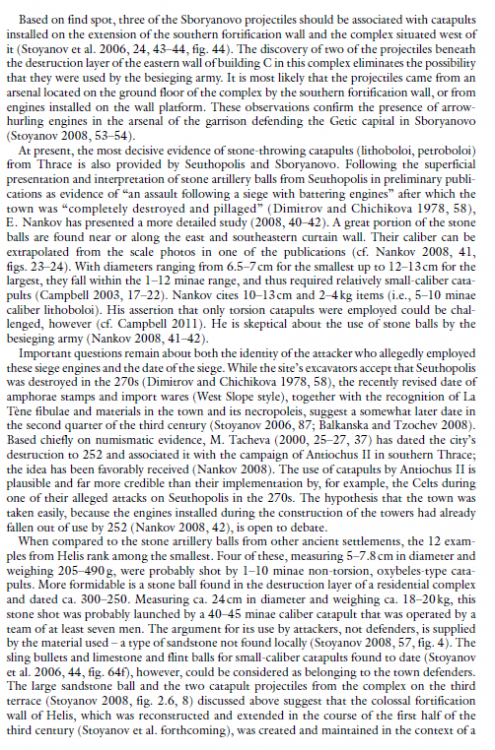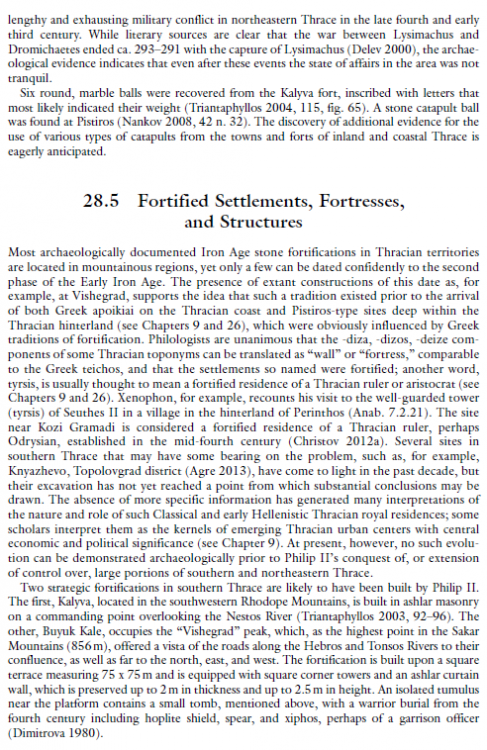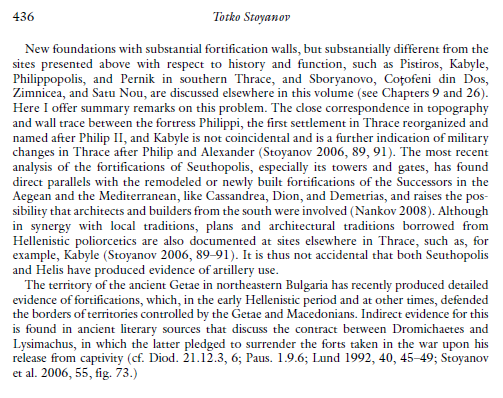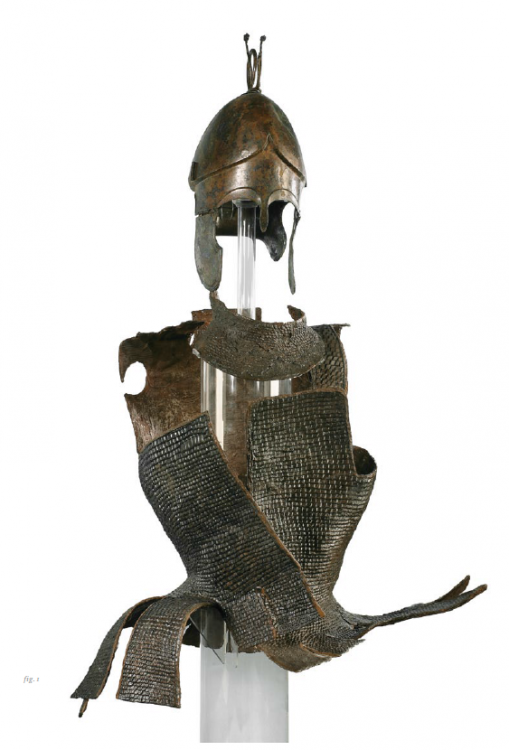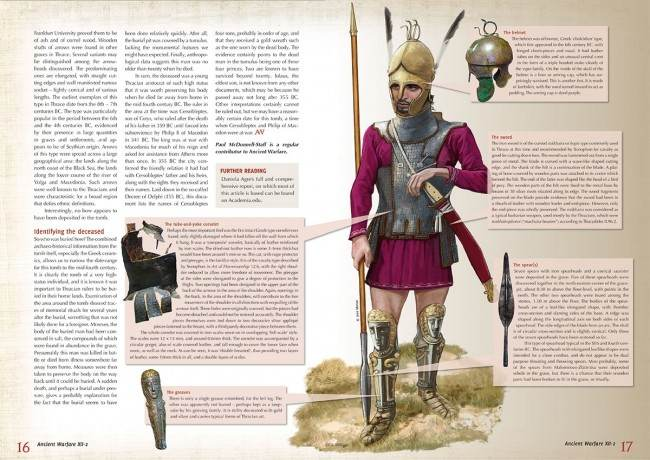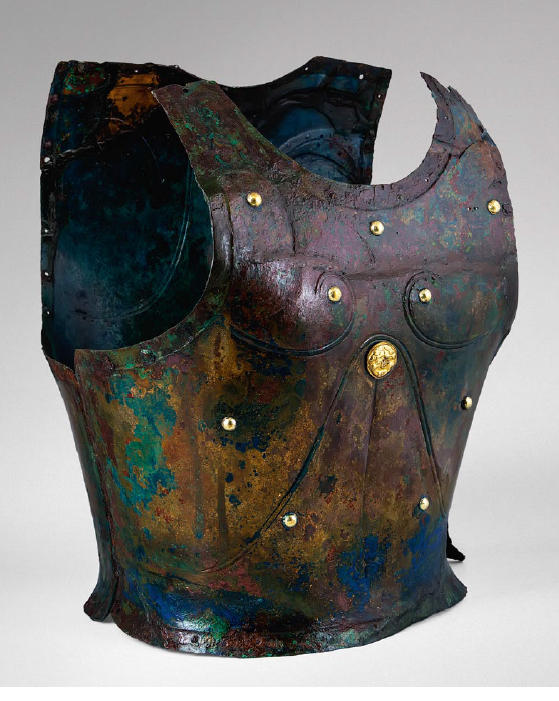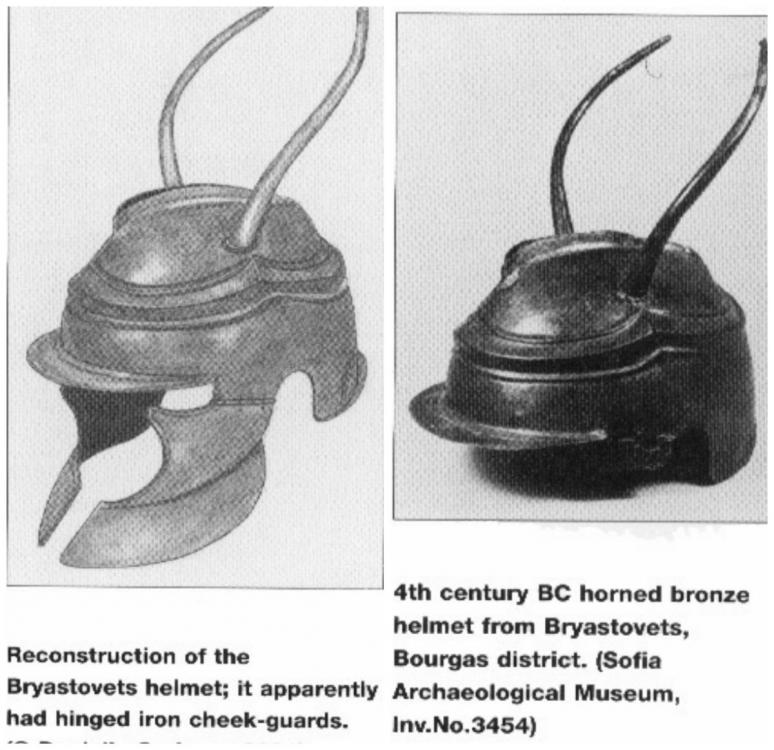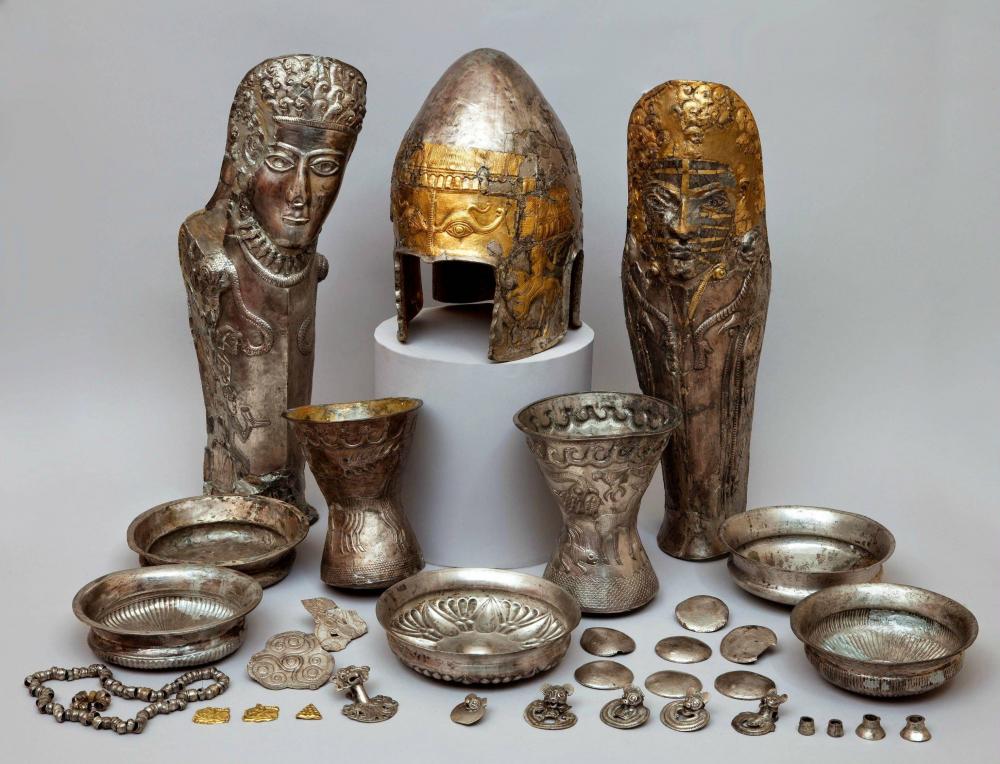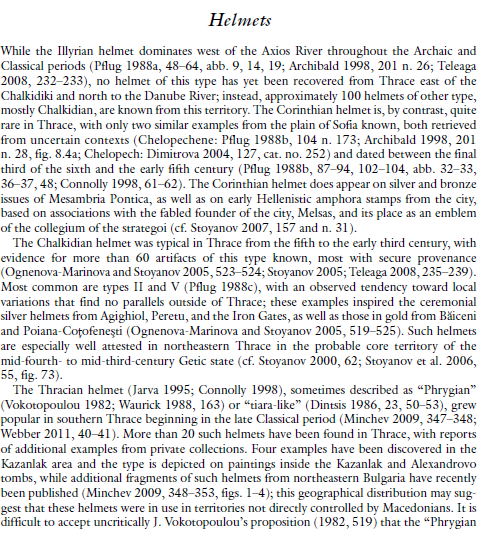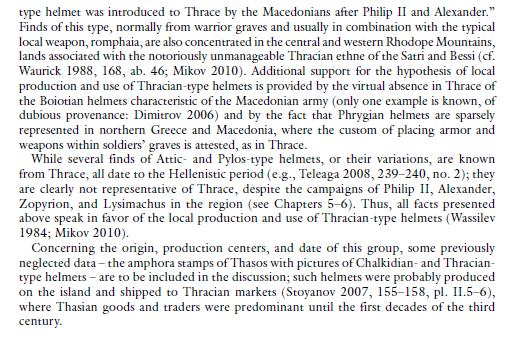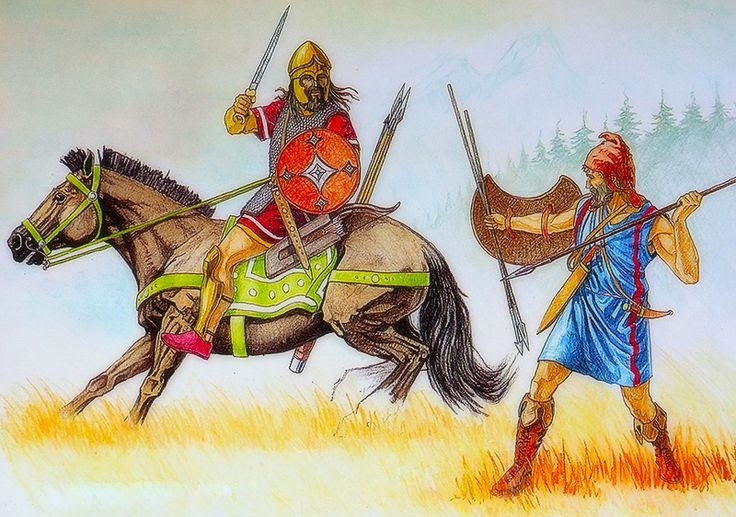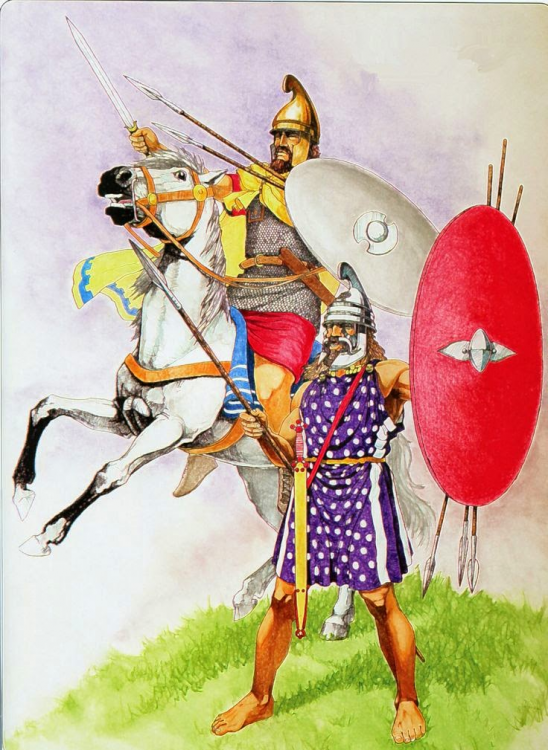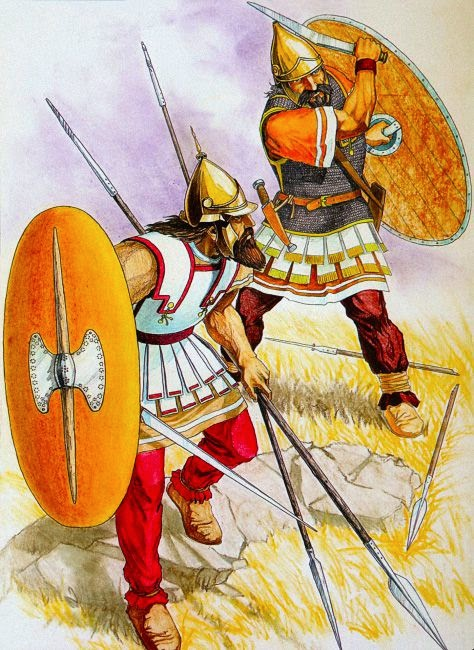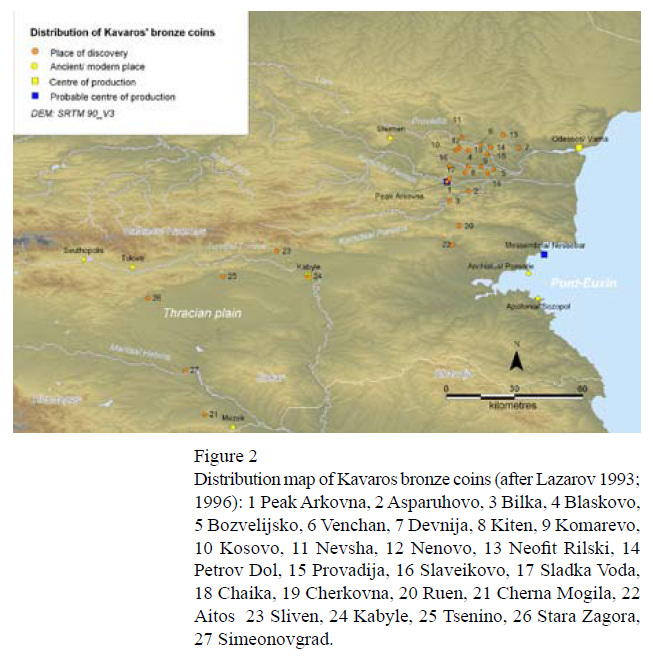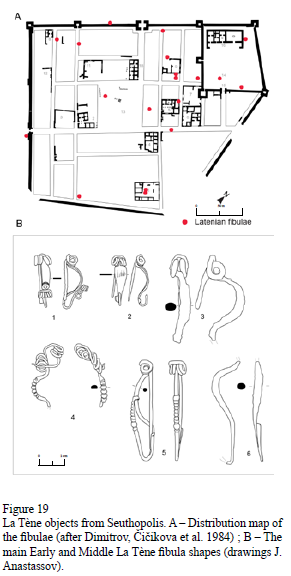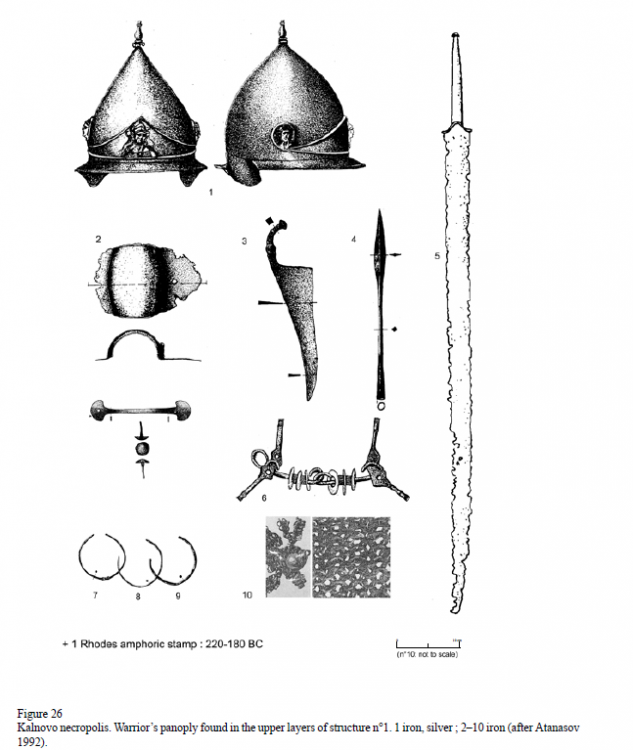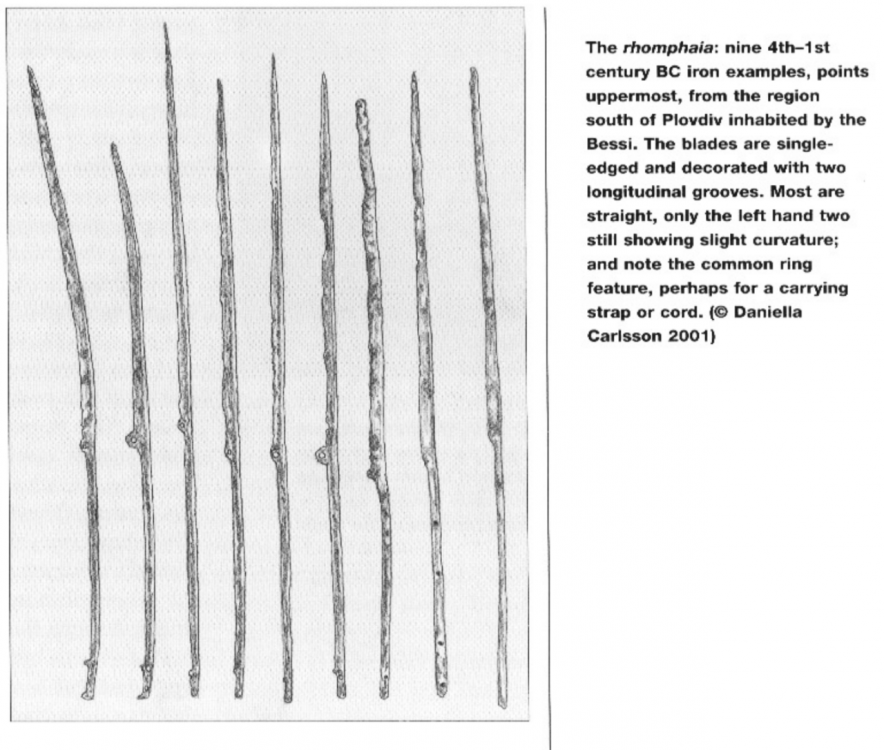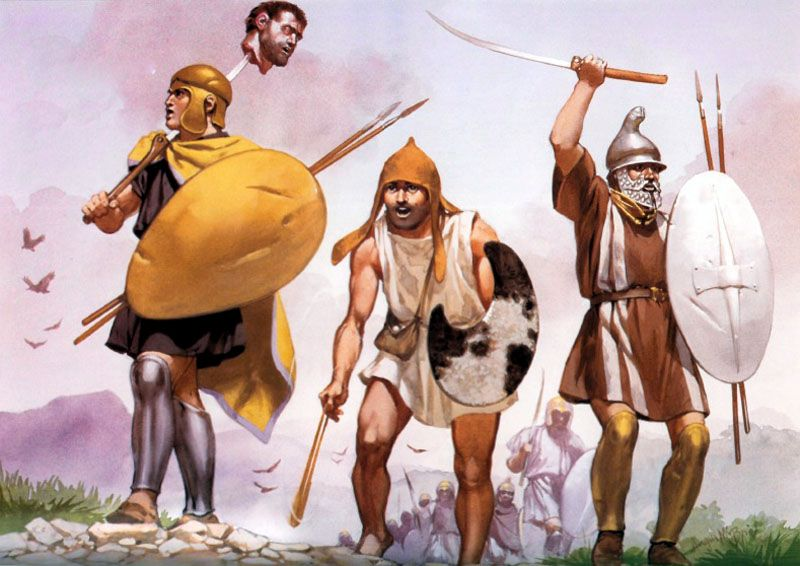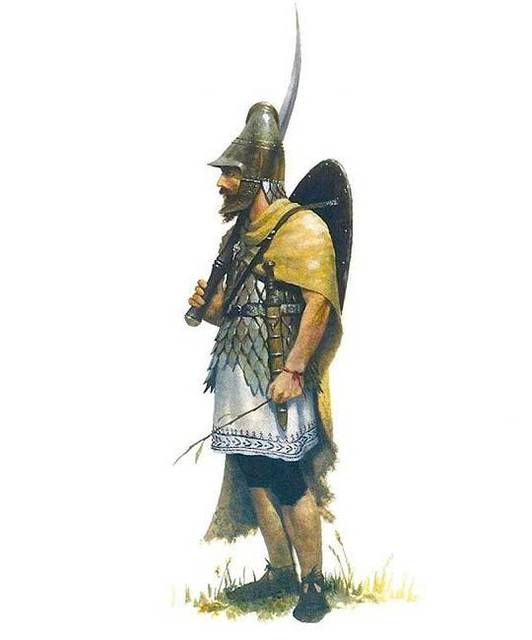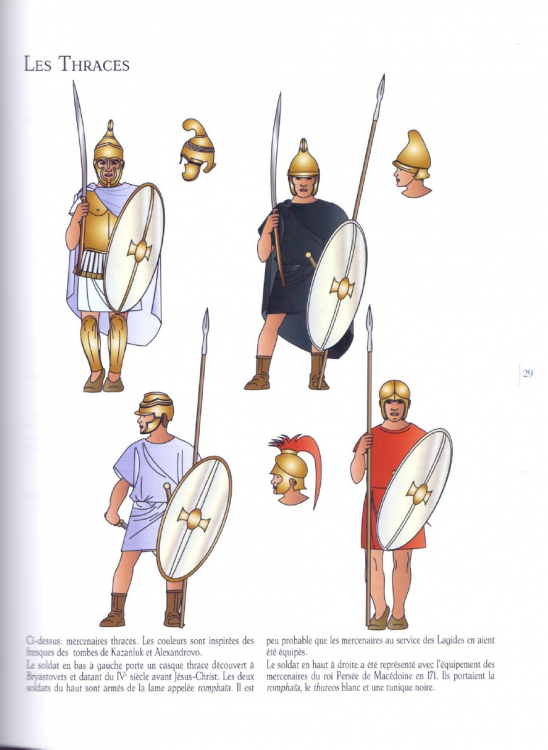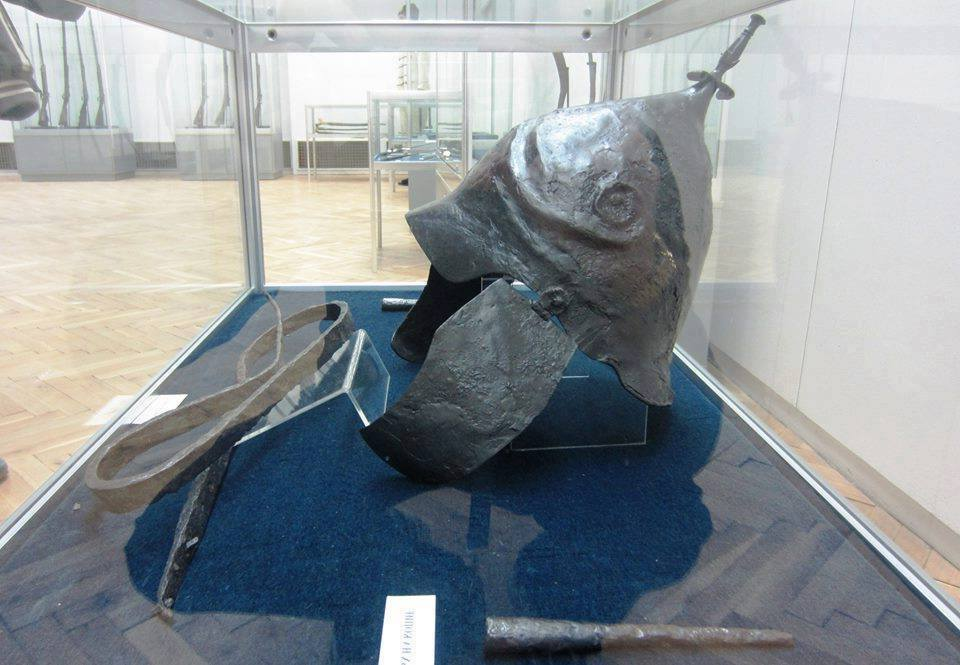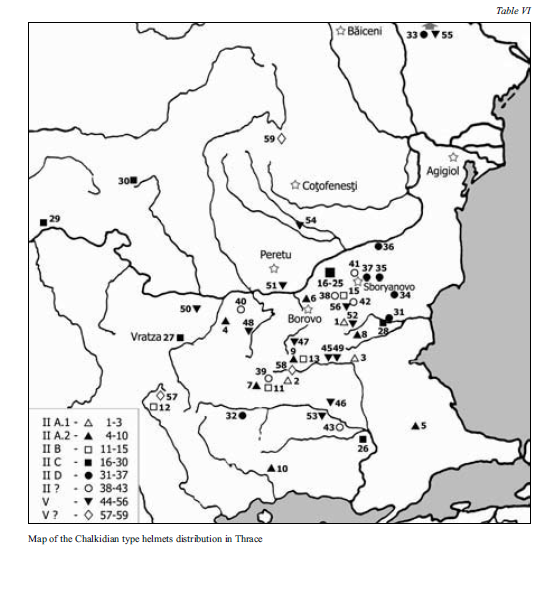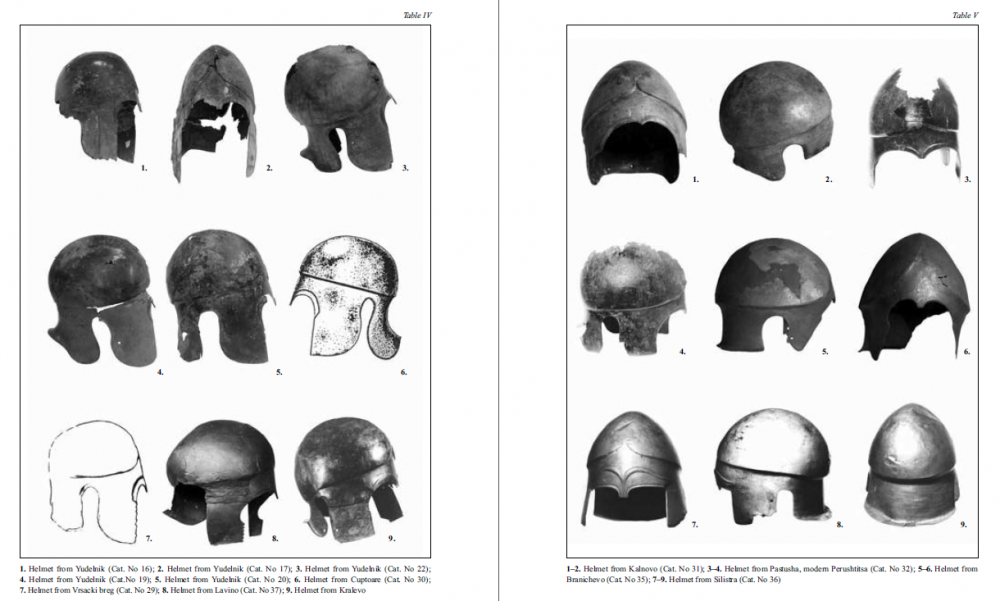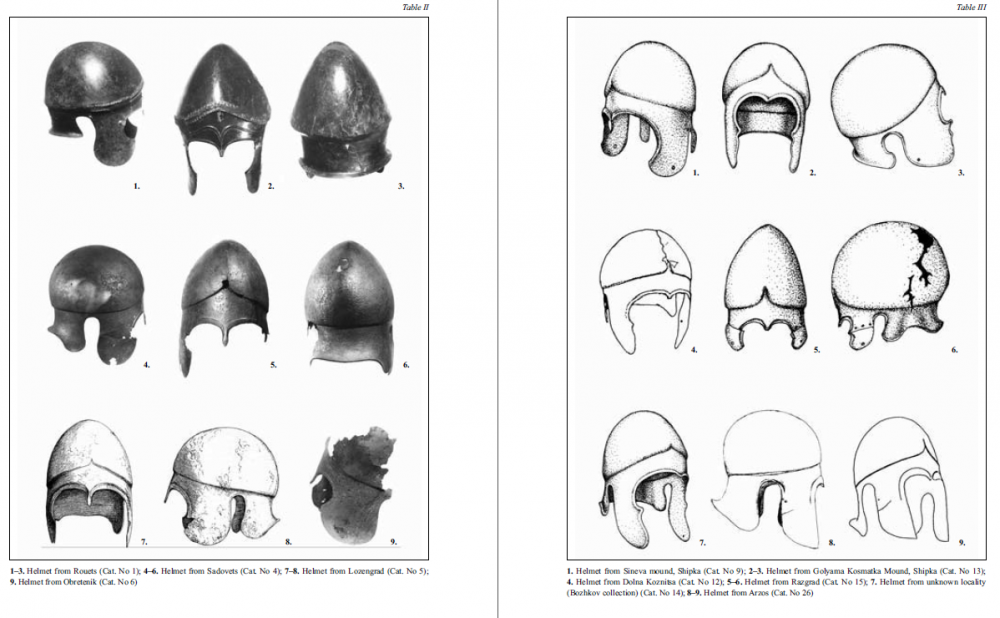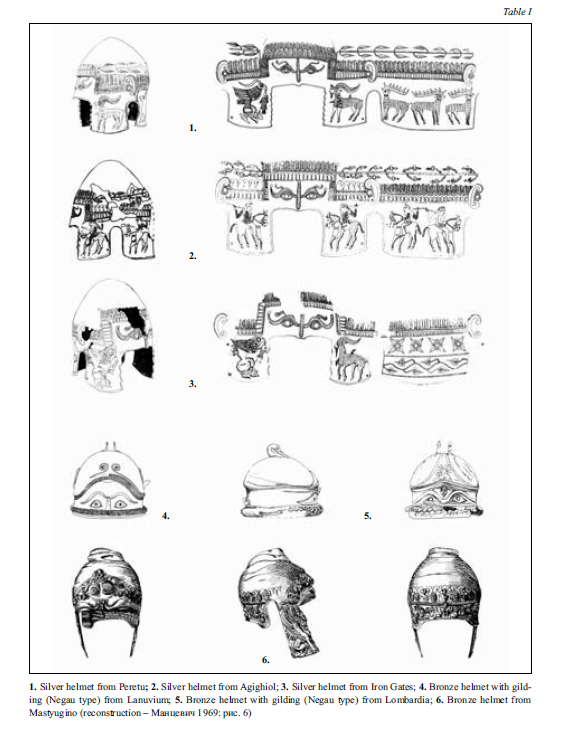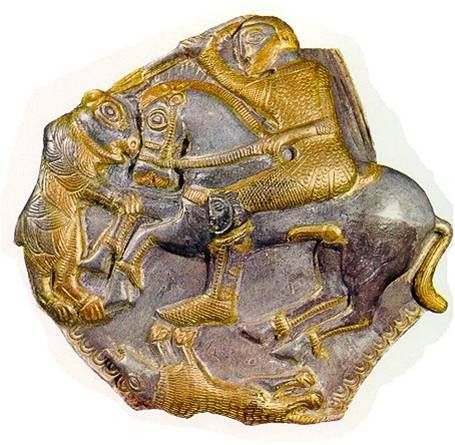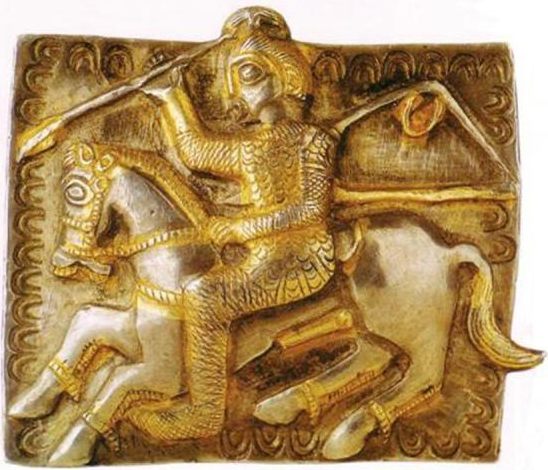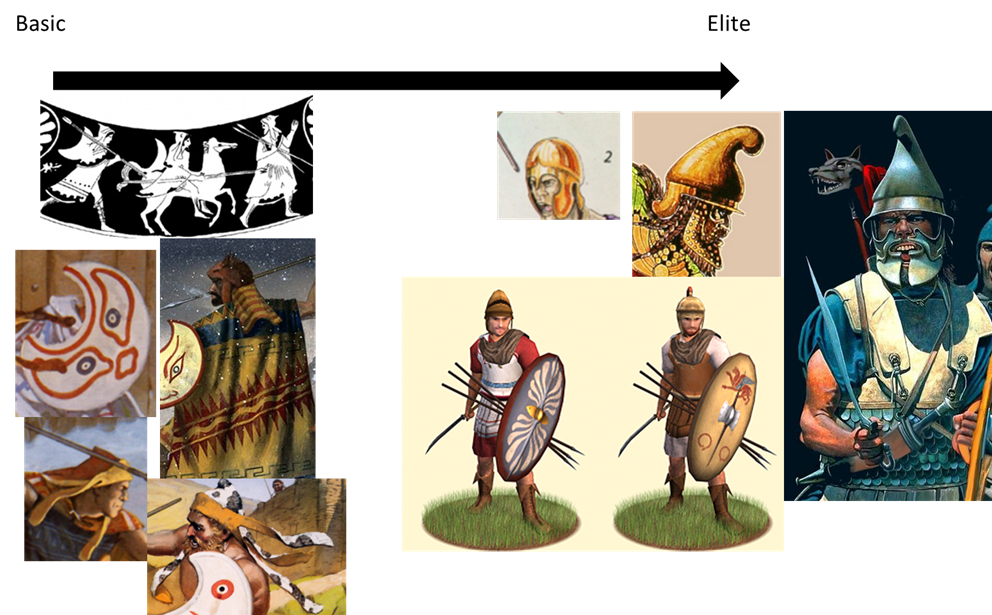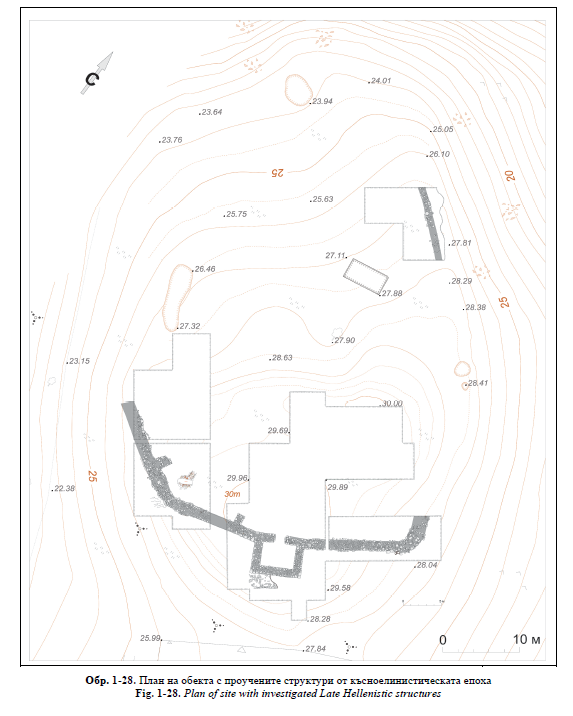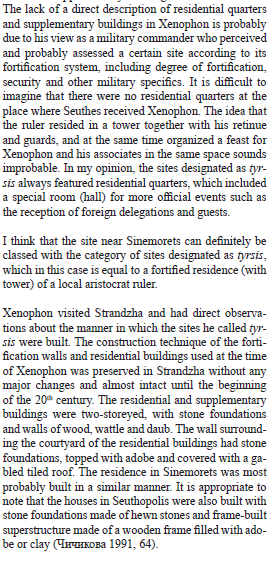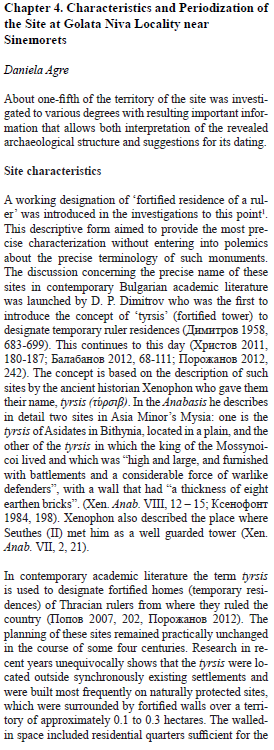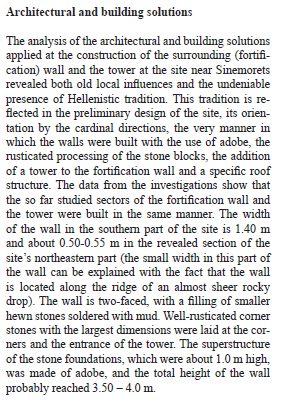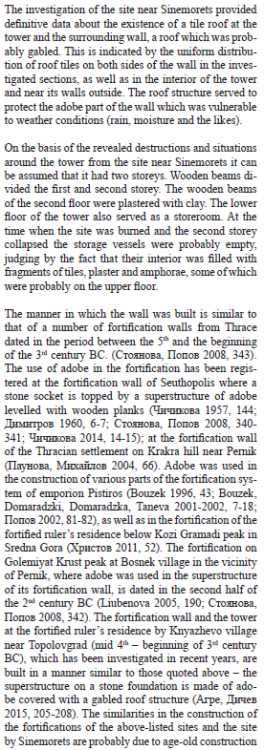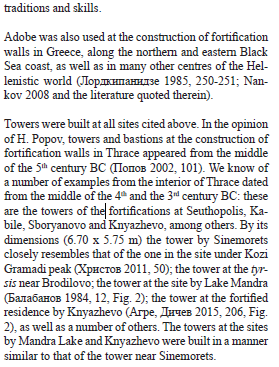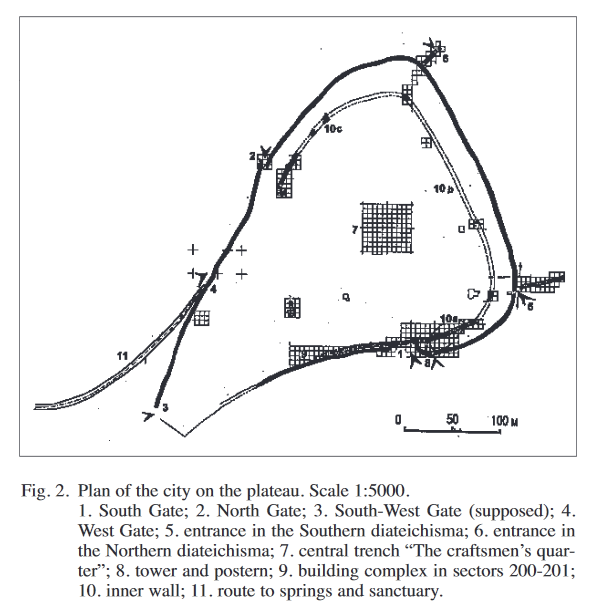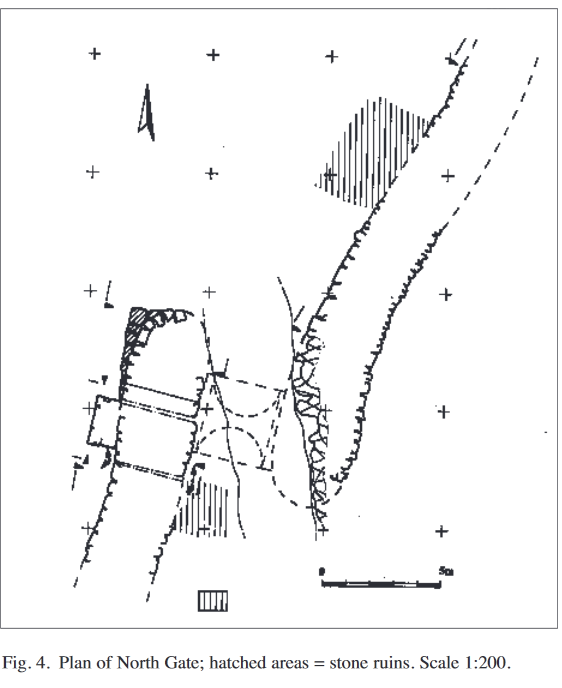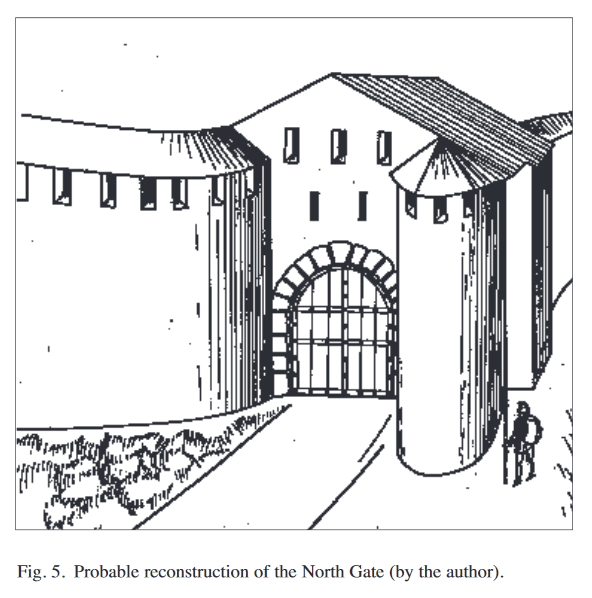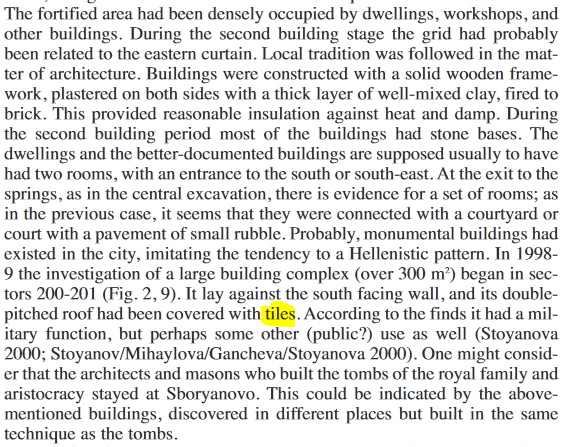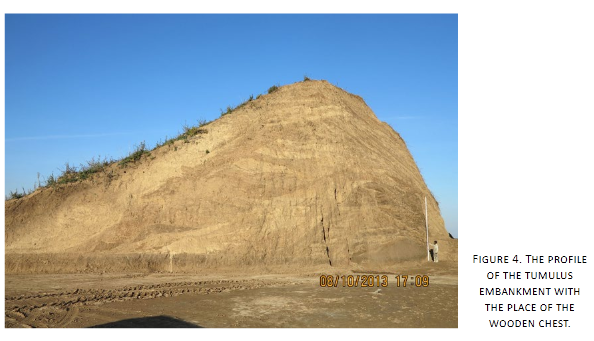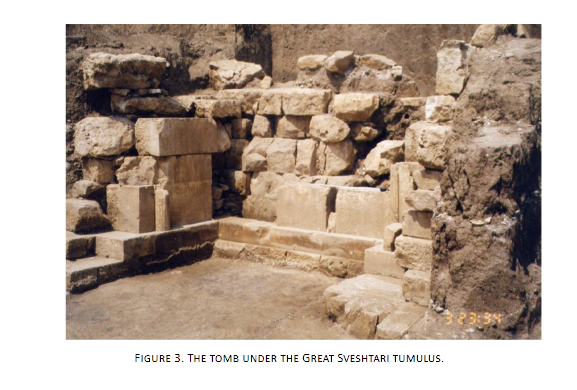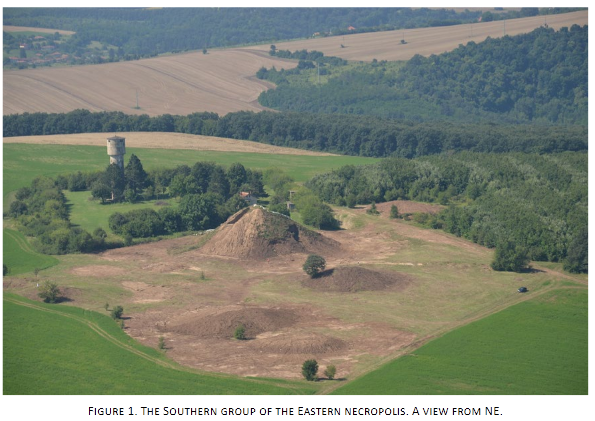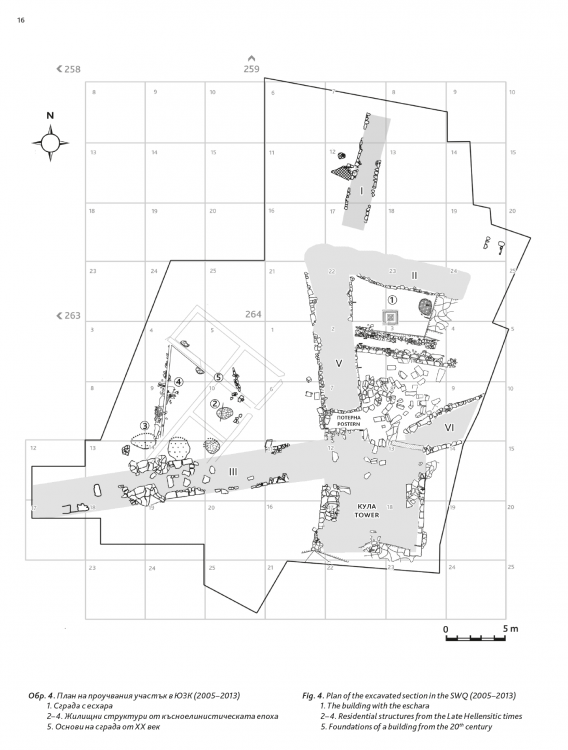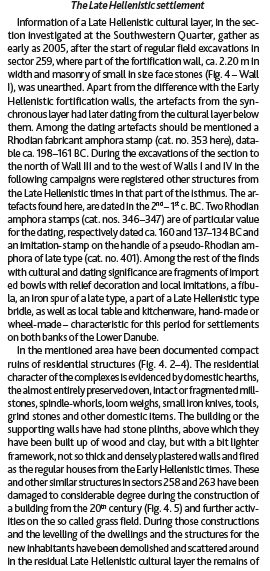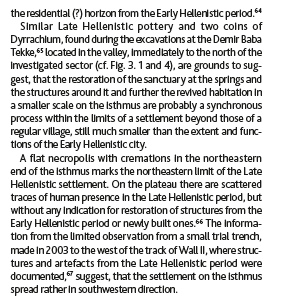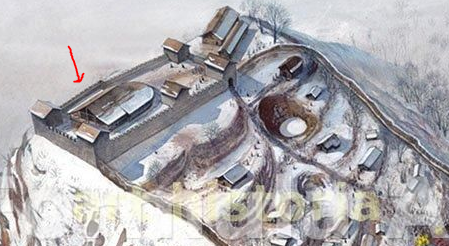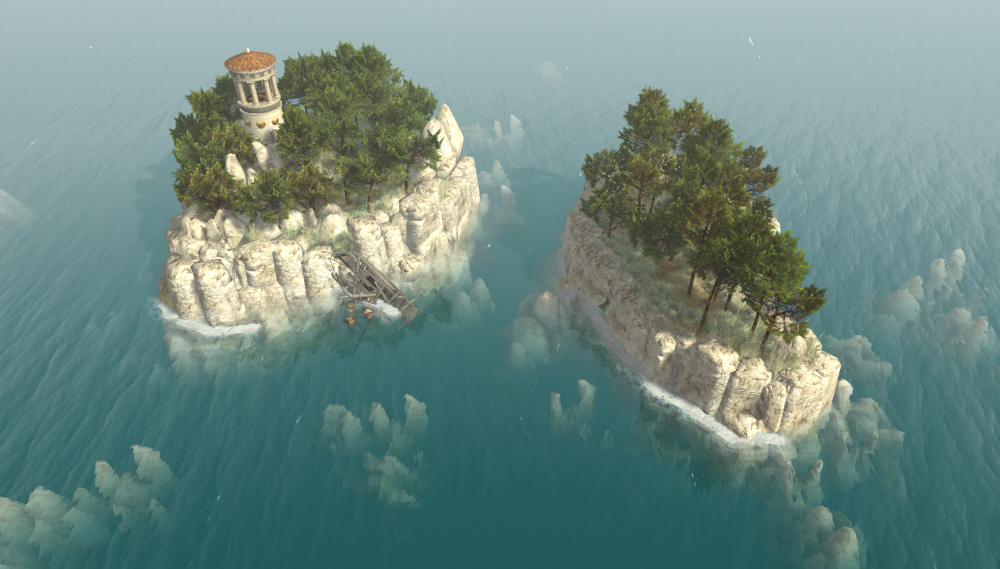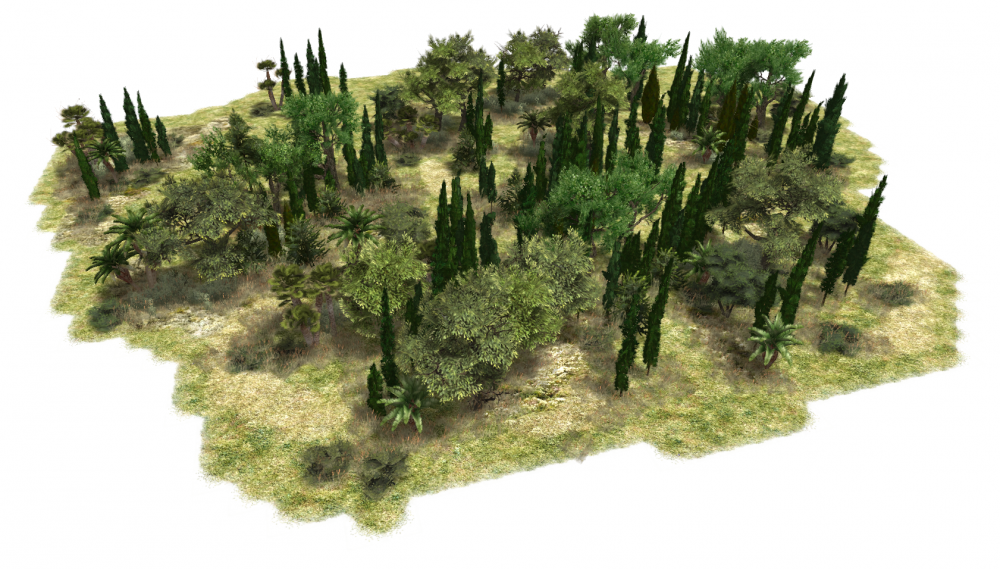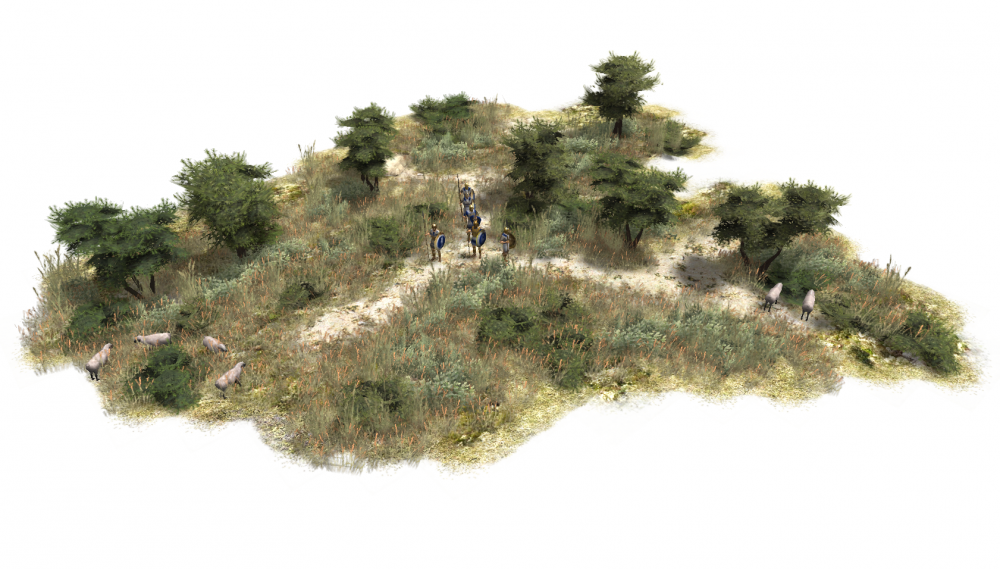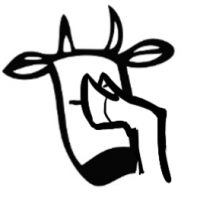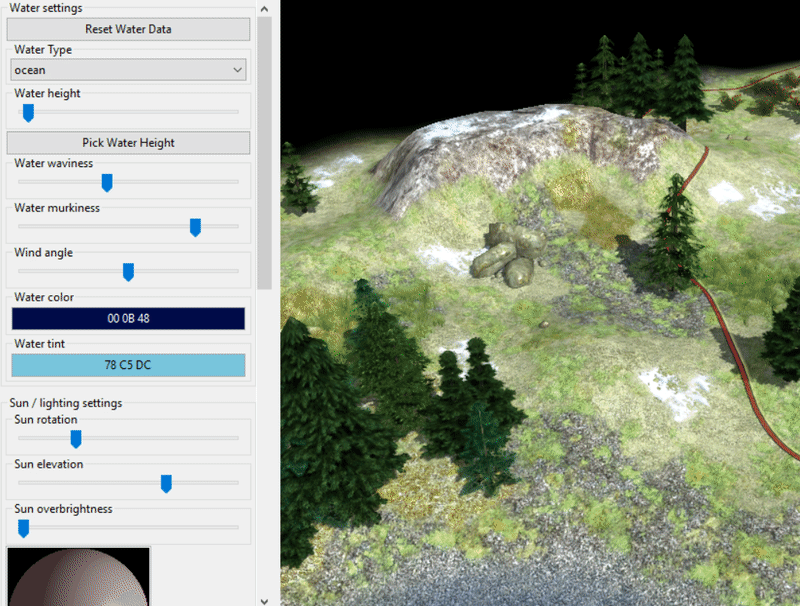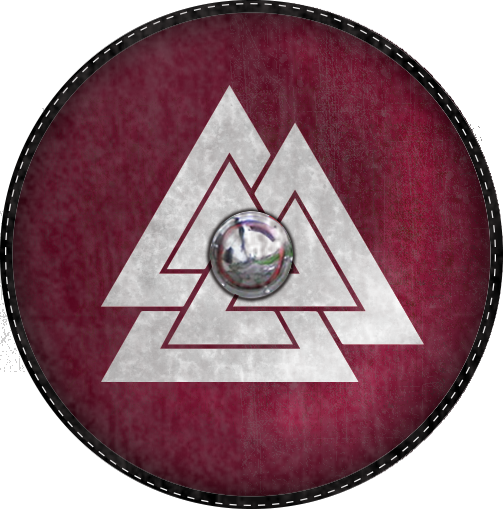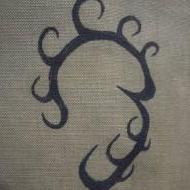Leaderboard
Popular Content
Showing content with the highest reputation on 2019-08-06 in all areas
-
7 points
-
Can I ask for a small audio extension? If multiple phenotypes are selected, then their sunds play for each phenotype. For instance, a mixed group of men and women currently just pick one of the genders to play as their acknowledgement sounds (selected, tasked to move or chop, etc.), but it would be nice to hear both the man and woman sounds.3 points
-
2 points
-
2 points
-
2 points
-
2 points
-
Hello 0.A.D. Community, today i post this week work in Art Development addtions. Aspis Remake A new mesh fully 3D with less than 300 tris. Better quality Textures. First step is remake all the textures of the aspis shields with a better quality versions, leaving behind all the 128x128/64x64 textures. Factions: Ingame Colors: Handgrips/Back :1 point
-
1 point
-
1 point
-
Just to clear things up: plautus' rules for this game were: no bolts, no catapults and no slingers. There was no rule about not entering the opponents base or something like that. That's again one of the cases where including the ingame chat log in the replay would be beneficial, as I proposed a while ago: https://trac.wildfiregames.com/ticket/50701 point
-
Odrysian Cavalry Arms, Equipment, and Tactics (20 pages) https://www.iianthropology.org/ChristopherWebber.pdf1 point
-
1 point
-
Maktesh means market or Bazaars. Cardo. The shuk or Shvk Here are the Hasmonean Jerusalem. vs Herodian times.1 point
-
Ehy guys, i was on vacation, the corrects files are the seconds! I correct old files1 point
-
BTW, there's some kind of aim or objective, like finishing some the pathfinding updates? There's been a lot of changes and maybe a release could help to chase bugs and unfigurated behaviors by a major playerbase than the dev build1 point
-
1 point
-
Overview of the Thracians (I will edit this post through time to update the thing when I have the time): The Thracians are a mysterious group of different tribes, often mentioned in ancient sources and commonly known for their mercenaries but it is difficult to get a proper picture of what was the Thracian culture and how they lived. First, what are the Thracians? This is in fact an important issue because there are contradictory definitions depending on the point of view adopted. The most common definition is administrative, the limits of Thrace is based on the Roman divisions of their territories and the Thracians are simply the tribes living in this region (see the map below). This is good enough because most of the historical tribes are indeed in this region. But if we look from the point of view of the languages, there are connections between the Thracians and the Dacians and between the Thracians and the Illyrians. It seems that the case was ambiguous enough for Herodotos to conclude they are one of the most numerous population and most of the barbarian tribes north of Greece were belonging to the Thracians. Even up to the Crimea in other accounts, notably including the Getai/Getae. However, there is indeed a sharper linguistic group in the South of Thrace related to the historical Thracians and to their material culture. This group correspond to the tribes in front of the Aegean Sea, like the Bessi and the Odrysai. To sum it up, the concept of “Thracians” was very wide in the oldest accounts and became narrower through time to become restricted only to the Southern Thrace. This follows the historical interactions of the Thracians with the Hellenistic world. Prehistory The beginning between the Greek, the Scythians and the Persians The Odrysian kingdom The remnants invaded Buildings and architecture Housing Xenophon (Anabasis 7.4) describes fighting in Thracian villages near Perinthus in 399. His comments on the settlements are vague, but are certainly consistent with the remains of small villages found at Vinitsa, Brestak, and Devnja. Vinitsa was a fourth-century hamlet of twenty or twenty-five one-roomed rectangular wattle-and-daub huts. The roofs would have been pitched and made of thatch. The huts ranged from 3×3 m to 4.5×4.5 m, and most were “Halberdhütten,” in which the floor level inside the hut had been dug out some 30–90 cm deeper than the ground level outside, to give more headroom. Most huts had a small internal hearth in or near one corner, and an oven built against an outside wall, often under a simple lean-to. There were numerous round pits, some for garbage, but most for grain storage. These villages would have had 100–200 inhabitants. There were also some bigger and longer-lived sites, such as Shoumen, which was partly protected by double stone walls; and recent work at Adjiyska Vodenitsa (an emporion called Pistiros) has revealed houses built from monumental stone blocks. This site was bigger than Shoumen, and may have been a princely seat within the Odrysian kingdom (while being as well a commercial center for the Greeks). There had been Greek cities on the Black Sea coast at Apollonia, Mesembria, Odessos, and Histria since Archaic times, but most Thracians went on living in tiny villages. As with the handmade pottery, it was only in Hellenistic times that traditional ways changed significantly. Philip II founded cities at Beroe, Kabyle, and Philippopolis in 342/1, and Aegean-style urban life began to penetrate Thrace. Late in the fourth century, the Thracian rebel Seuthes established Seuthopolis. This small town was filled with very Greek-looking large courtyard houses, but they were organized around a distinctively Thracian palace complex. The houses had mudbrick walls on low stone foundations, faced with plaster on lath, and tile roofs. In the third and second centuries, the kind of villages Xenophon had seen became less common in southern Thrace. Cannot find any sketch of these huts described above so here some random Iron Age examples of pit-house and wattle-and-daub houses (up to 3D artist to do whatever he wants from the description): Pistiros - Adjiyska Vodenitsa "Seuthopolis provides a good example of a manifest regularity, repeated in many settlements that become prominent political centers and seats of members of the high aristocracy; developed quickly, often without continuity with earlier settlements in the same locality, within a short time they become central in the settlement hierarchy. Many such sites, however, lose their importance equally quickly or come to an end, as their livelihood was evidently closely bound to that of their founders and the political structures created by them. The duration of settlement occupation at Vasil Levski, Krastevich, Seuthopolis, and Sboryanovo was brief, ranging from a few decades to slightly more than a century. In the last decade, in fact, the issue of whether or not some of the settlement forms widely distributed throughout Thrace ca. second half of the 1st millennium bce were in fact royal residences has undergone an important development. Various ancient authors mention fortified small places, “thyrseis,” that have been interpreted by modern scholars as towers or residences which served as “permanent homes of the Thracian aristocracy” or a “typical kernel of urbanization in Thracian settlement life” (Fol 1970, 166–168, with summary of the ancient sources). For a long time, this specific element of the Thracian settlement structure has had no convincing archaeological counterpart or, alternatively, the architectural complex excavated on the shores of Mandrensko Lake near Burgas was cited as a unique example (Dimitrov 1958; Balabanov 1984). The recent discovery of the residences near Kozi Gramadi (Khristov 2011, and earlier publications cited), Smilovene (Agre and Dichev 2010а, 214–217), Sinemorets (Agre and Dichev 2010b, 217–219), and Knyazhevo (Agre and Dichev 2013, 143–145) have revised this picture and confirmed the ancient sources. These compact architectural complexes are characterized by monumental architecture and often fortification; Knyazhevo is at present the only exception. On the other hand, the investigations at Sinemorets demonstrate that this settlement form, specific to Thrace, was in use not only in the heyday of early Thracian states, between the fifth and the first half of the third century bce, but also during the later stages of the Hellenistic period. [...] Undoubtedly the most prominent manifestation of centralization processes and stratification in the settlement system of Thrace arrives with the emergence of political capitals – the leading urban centers of various Thracian political formations. If southern Thrace has yielded the example of Seuthopolis, for northeastern Thrace such a role is played by the Getic city research has enabled some investigators to identify the Thracian settlement in Sboryanovo with Helis, the capital of the Getic ruler Dromichaetes – a political opponent of Lysimachus (Delev 1990; Stoyanov 2000b; Stoyanov in press, cf. Chapter 5). The image that the city boasted during the end of the fourth and the beginning of the third century bce corresponds to its leading position within the strong Getic state developed on both sides of Danube. In the fortified area of the settlement both residential and artisanal neighborhoods existed. Recent archaeological data show that, in the southwestern part of the fortified section of the city, the remains of a basileia – an internal quarter in which the ruling aristocratic elite resided (Stoyanov in press) – can be identified. Numerous residential neighborhoods and other urban areas of commercial and manufacturing character were located outside the city walls, with the total area of the city exceeding 30 ha. Archaeology shows that the city was destroyed by an earthquake in the middle of the third century bce. Attempts to resurrect it failed to restore its previous role. The site at Sboryanovo does not seem to have followed in its development the main trends outlined on the basis of the settlements of higher rank located in southern Thrace. The site’s excavator rightly notes that, in its development of the individual elements of its urban character, architectural forms, and construction techniques, the settlement diverges from the rules of Greek and Hellenistic architectural features, which had been directly imported in some centers south of Stara Planina, but rather shows a regional variation of local development (Stoyanov 2006; Stoyanov in press)." Sinemorets For the fortress of Shumen, this is a place occupied for a very long time and most of the construction are actually medieval I think. A picture of the site is not useful in our case. I starting to understand why there are so little information about these fortresses: here, here and here. Nationalist fantasy everywhere Sboryanovo: Royal tombs (possible civic center or temple): Greek temples in Thracian towns (possible use as a temple?): Royal palace of Seuthopolis (inhabited between 325 to 281 BC): Walls and fortifications: Getae sanctuary: Dacian sanctuaries (actually they are not similar to the Getae and Thracians): Rock-cut monument: Roster: Early Peltast/Akontistai or Highlander Thracians (Triballi, Dii, Serdi, etc.) as described by Xenophon: Archers: Dii swordsmen/machairaphoroi (highlander Thracians): Noble spearman or Noble spear cavalryman: Light cavalry: Light noble cavalry: Getae Horse archer: Celtic influenced Noble Thracians: Armor: Artillery and fortifications: rhomphaia infantryman: "They were tall men armed with white shining shields and greaves, underneath dressed with black chitons, swaying on their right shoulders raised upwards heavy iron rhomphaias." - Plutarchus "And the Thracians could not even use their rumpias here, which, being too long, intertwined with the stretching from everywhere tree branches." - Livy1 point
-
1 point
-
I use mac and the screen always glitches for a second or so after starting a mod. 0AD window closes weirdly by sliding out of screen, to the right, while a black screen slides in from right to left, revealing my desktop for split second and then the 0AD window with mod activated appears on top of the black screen. No other program slides windows in and out of view like that. It doesn't seem to cause any issues though...1 point
-
Trying running your game in windowed mode. I'm a Mac user but I haven't experienced this problem myself though.1 point
-
1 point
-
bade cav, skrimish cav or 20 spearmen ,for kill iber cav chaps, towers in zone of cc + regulars 10 in cc, iber cav is expensive and need more time control for guerrilla war iber ...1 point
-
1 point
-
1 point
-
Welcome AnakineCapMab could you post the log file you can find it with https://trac.wildfiregames.com/wiki/GameDataPaths your system.txt file would also help us clear this issue for you. Enjoy the Choice1 point
-
1 point
-
1 point
-
1 point
-
You play 0AD in the forest?! Maybe I should go for a hike and play some jungle games myself. The scorpions might add some excitement. A bit of an X-factor. If you explore the globe a little from space with google earth, our species is like a cancer... A lot of the deforestation in my area for example is completely nonsensical. Short term benefits, long term problems. A lot of it stems from a complete lack of respect for nature, and the inability to understand how it affects the weather patterns and crop-yields. Subsistence farming is slowly becoming a thing of the past. Big agribusinesses are taking over, with all the associated problems. The world is now producing more food than ever, but food security is simultaneously diminishing at alarming rates... We desperately need to start replanting forests, or I'm afraid nature will do it for us, on top of the ruins of the modern world. I wonder if in a few thousand years from now, when populations have rebounded from the cataclysm of the 21st Century and a new global system has arisen, if there will be forums like this, creating virtual games depicting our time, arguing about whether spear cavalry is anachronistic or not during the Vietnam war, or whether mobile suits like Gundams, often depicted in 21st century art, were actually used in combat or whether they were purely ceremonial.1 point
-
When trying to figure out suitable upkeep (negative resource trickle) rates in my mod, I decided that one second represents a day, so 30 seconds would be a month, 6 minutes about a year, and 1 hour a decade. I don't pretend it's a perfect approximation, but given that wars in Antiquity could last for a single season but also continue on and off for decades, it works acceptably for me.1 point
-
5 or 2 minutes is indeed waaaaay too fast for trees growing, but how did you arrive at "single player games represent at most two seasons of a year ie: Six months"? Building a town, fortifications, monuments and satellite settlements included, and expanding its population to the point of being able to recruit an army for offensive campaigns usually takes a few generations...1 point
-
would be nice to have same idea for wild animals ... Empire earth had this one if i recall correctly1 point
-
Shall we make the knot-binding the idle animation? What about introducing a point of time in the xml, from which on the Engine starts to pick selections/variants from these textures, weaponry/props, ..too. This could result in a quite fluent transient.1 point

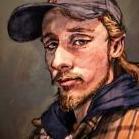
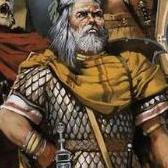
.thumb.png.ce58cea22940c255f5b0a735d5abee36.png)

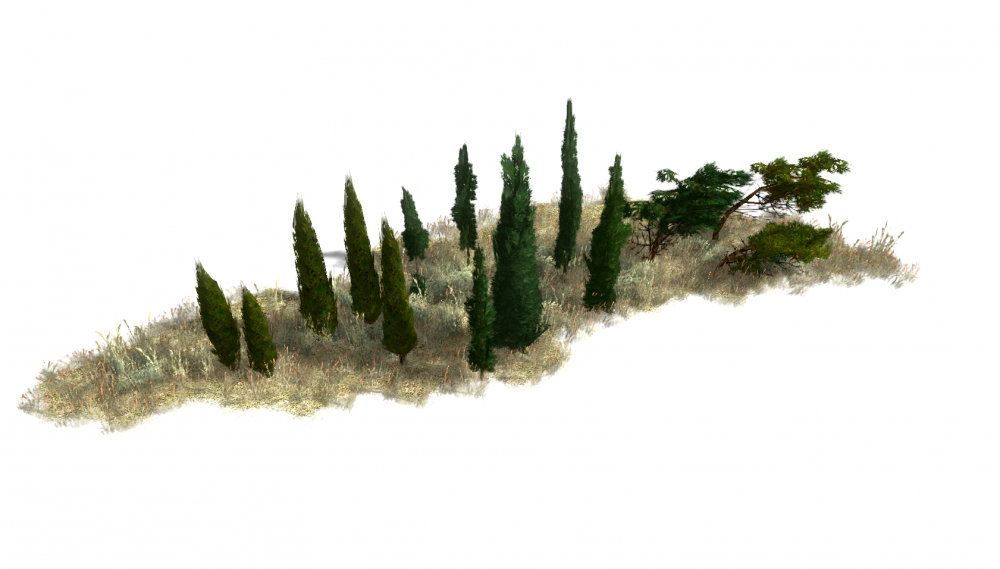


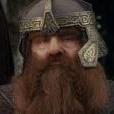
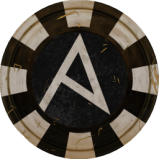
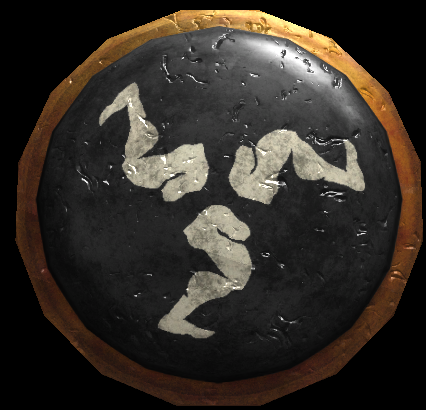
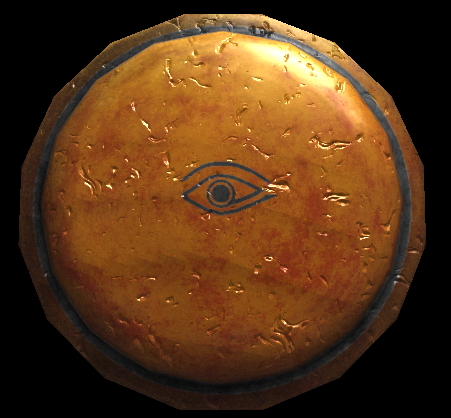
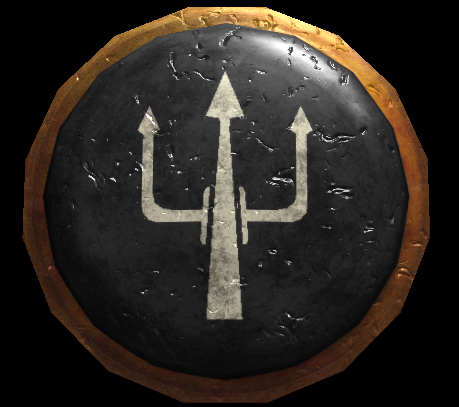
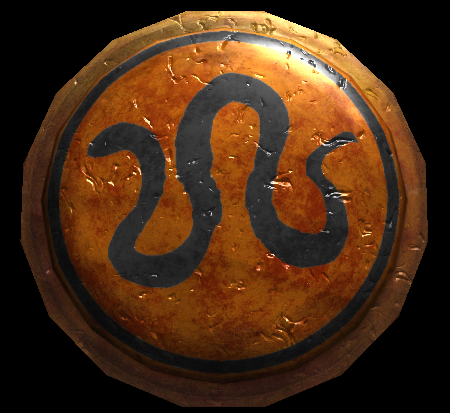
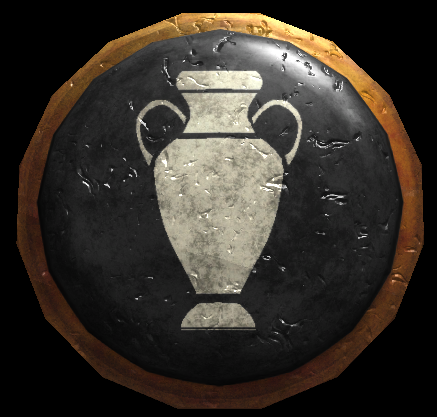
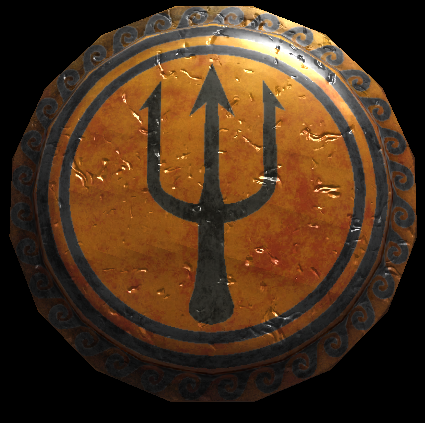
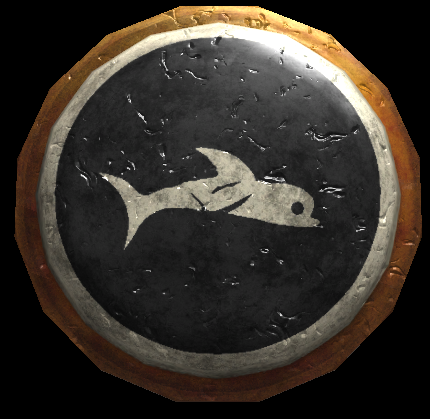
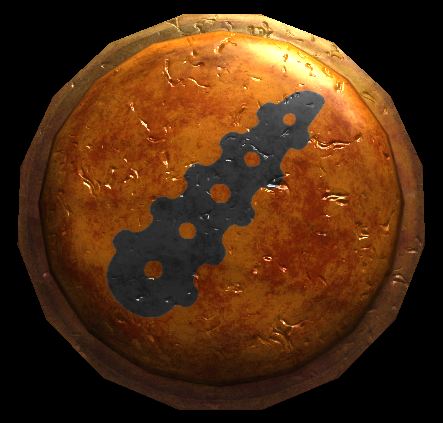
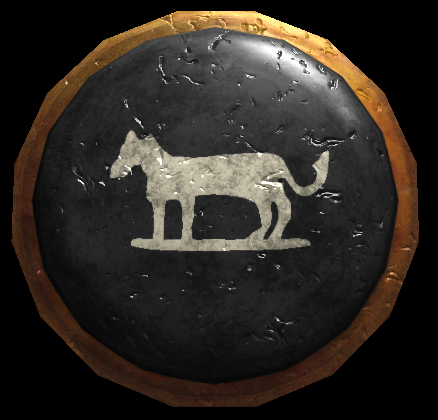
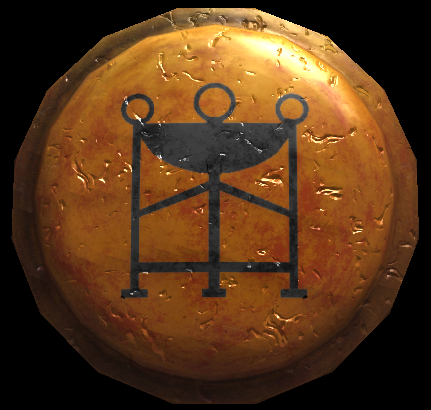
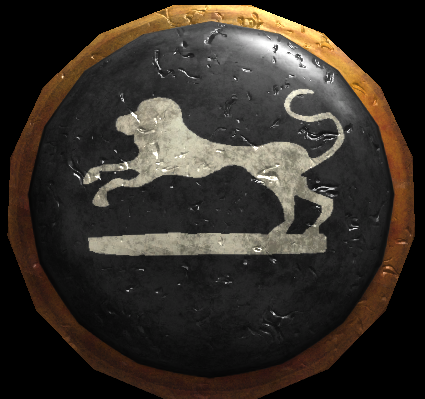
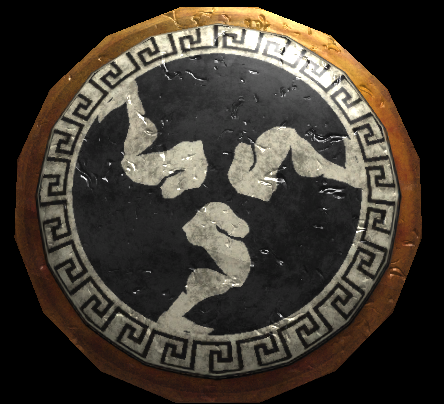
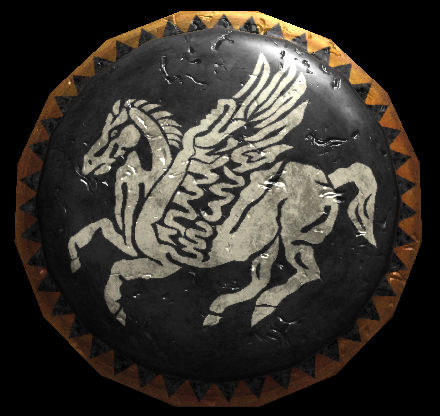
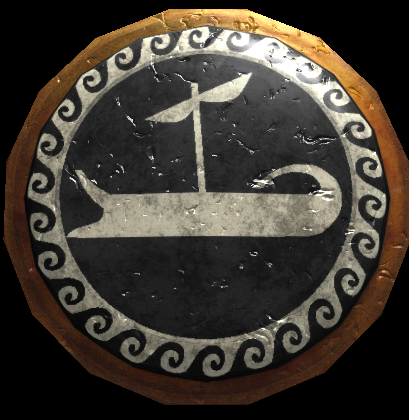
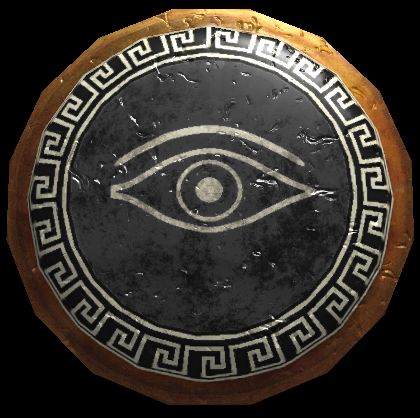
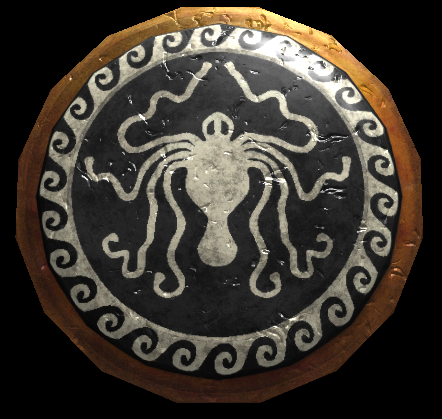
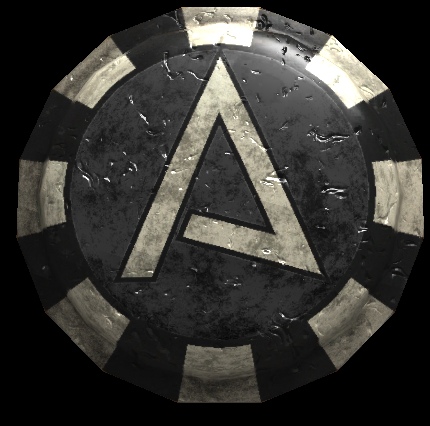
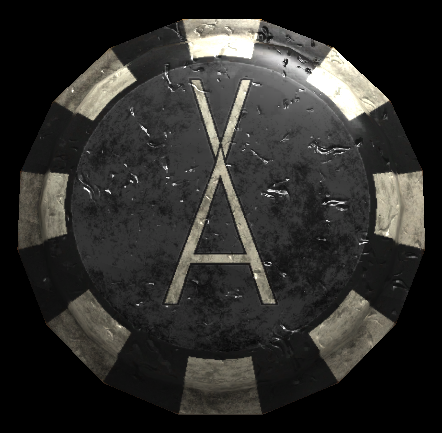
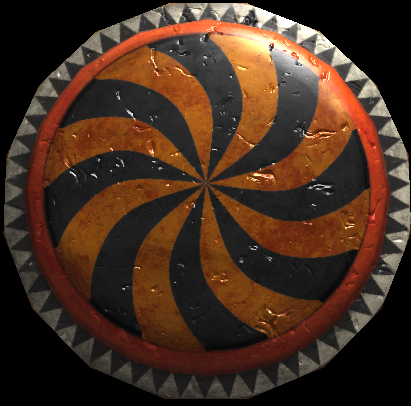
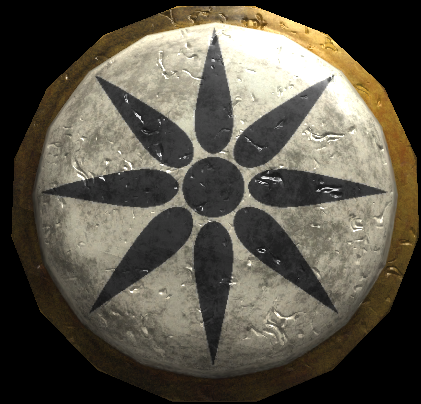
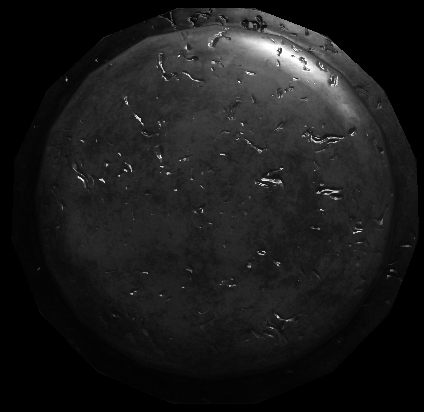
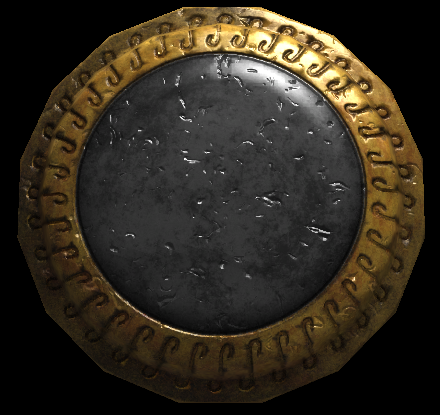
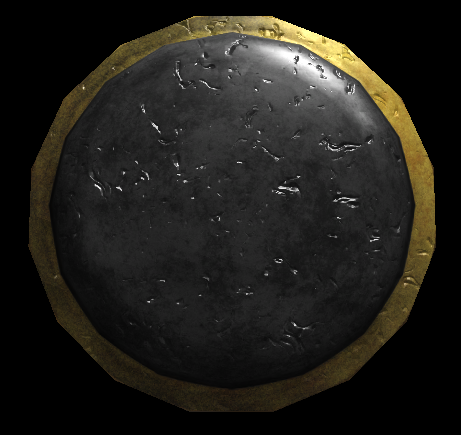
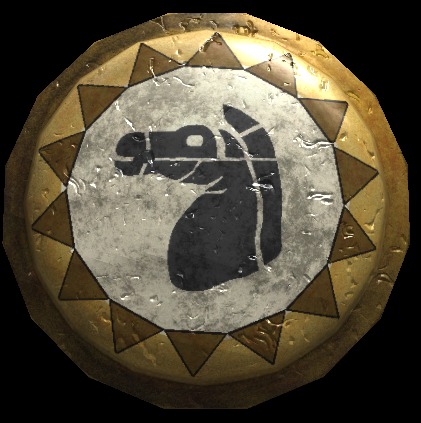
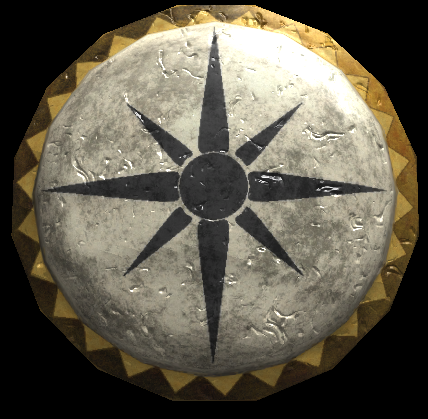
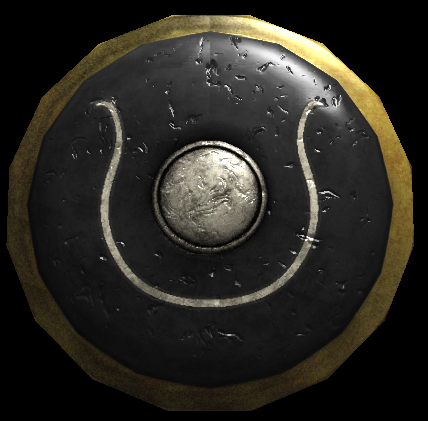
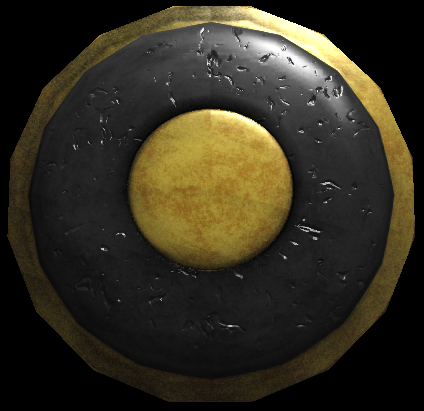
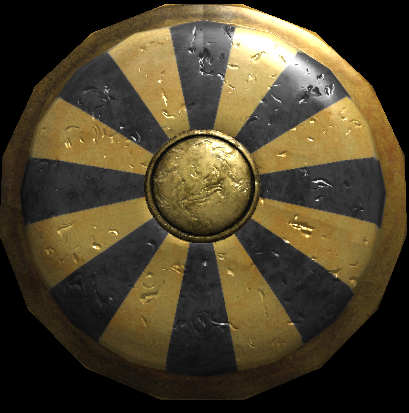
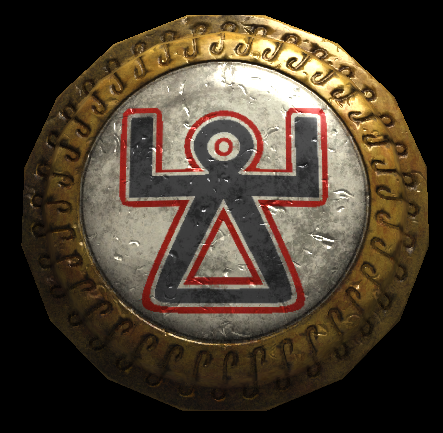
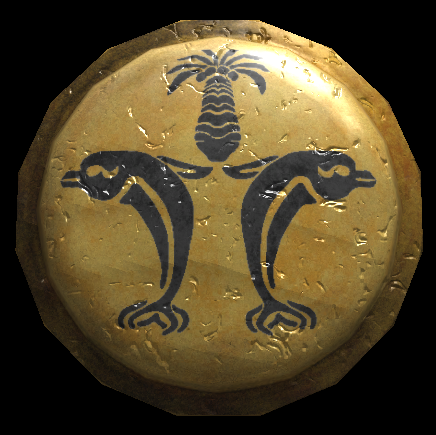
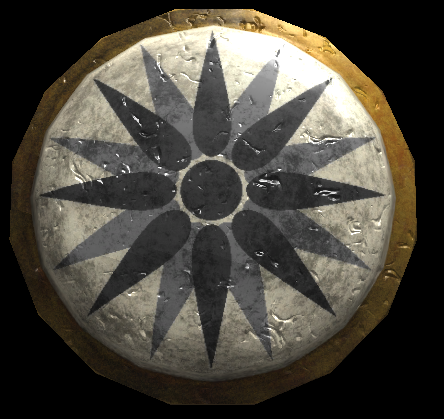
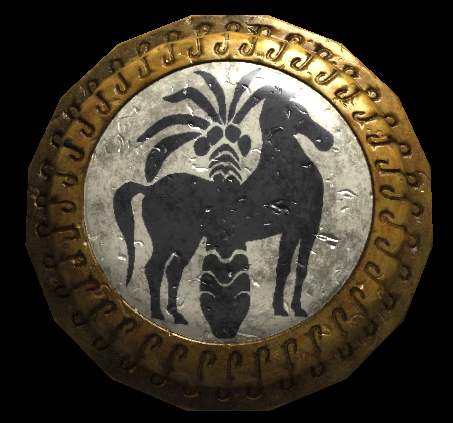
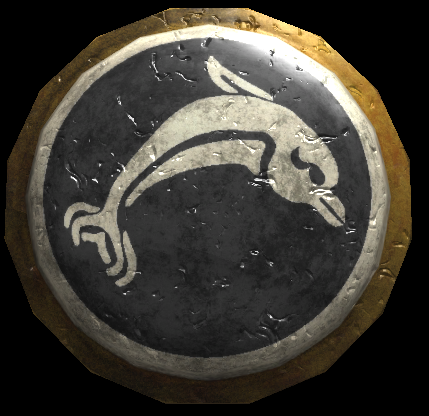
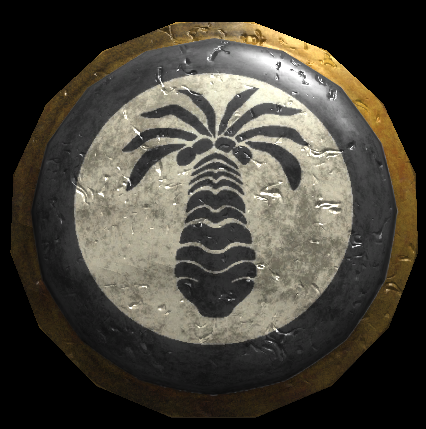
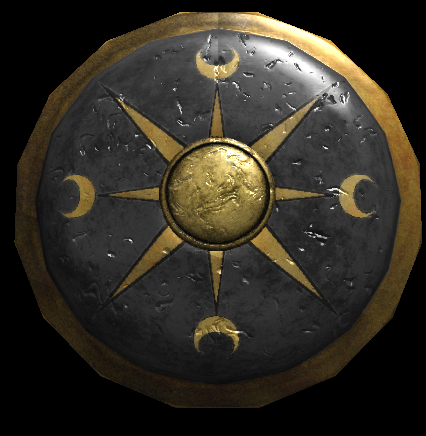
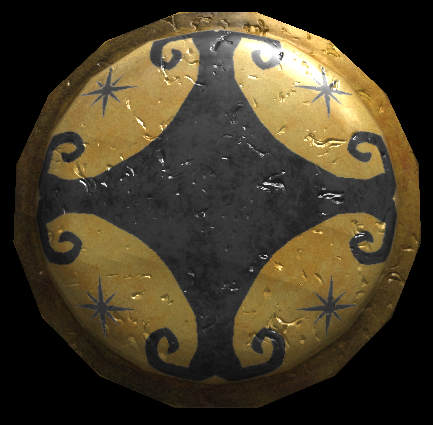
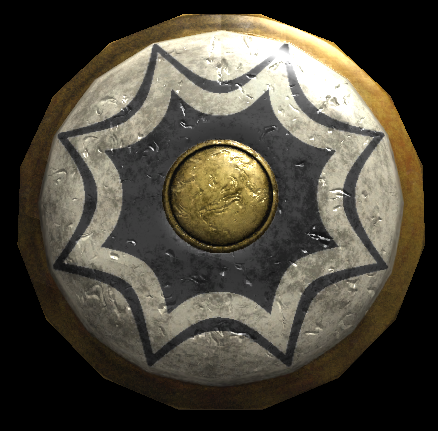
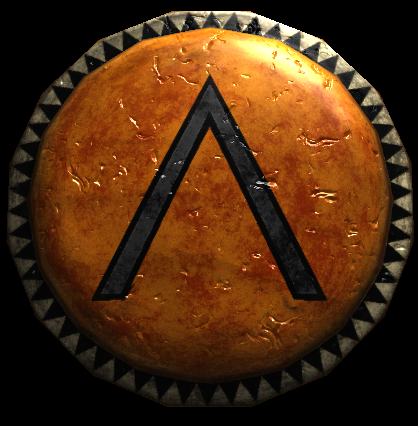
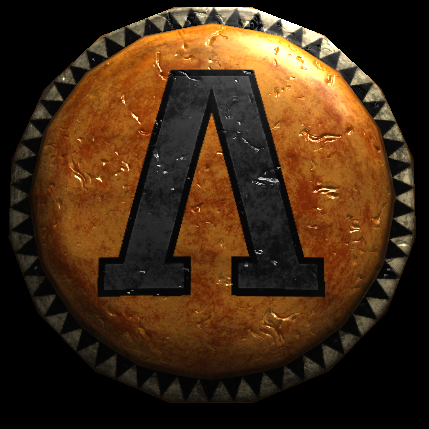
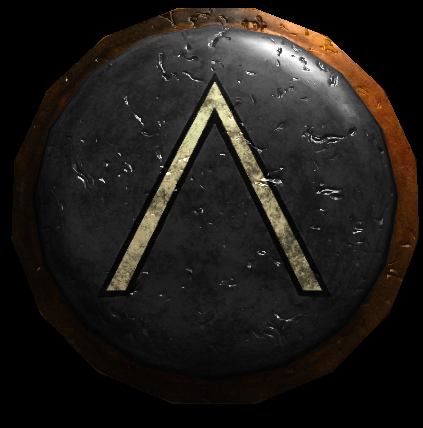
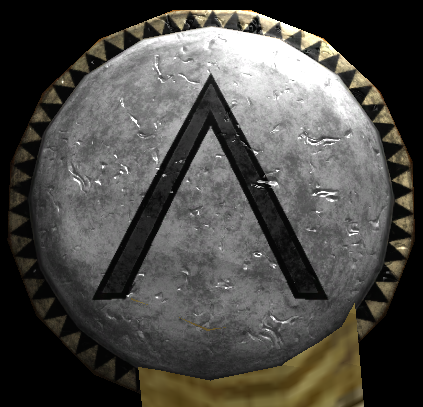
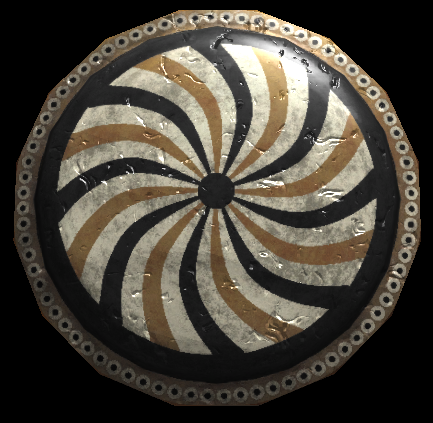
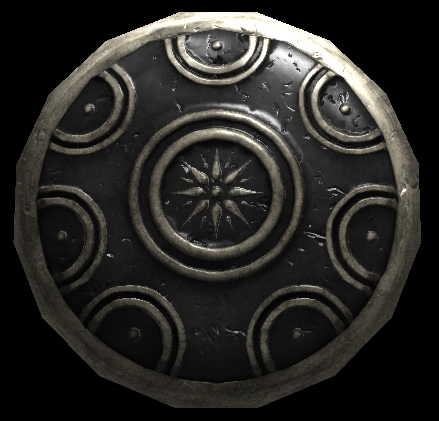
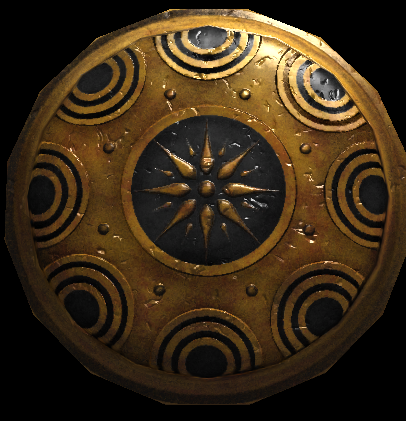
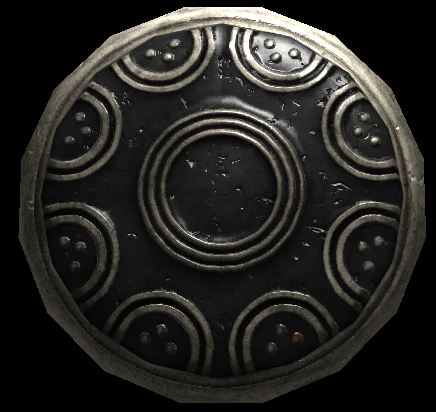
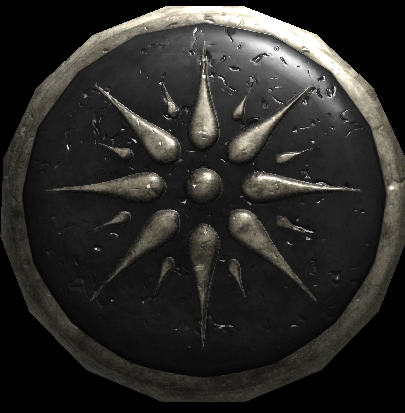
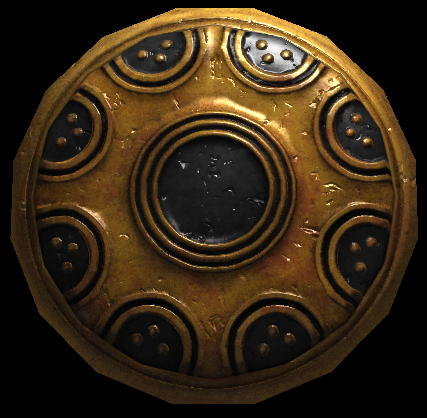
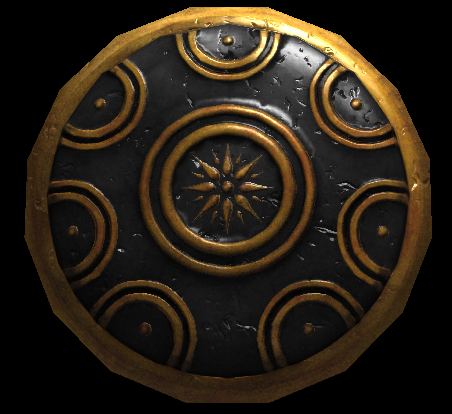
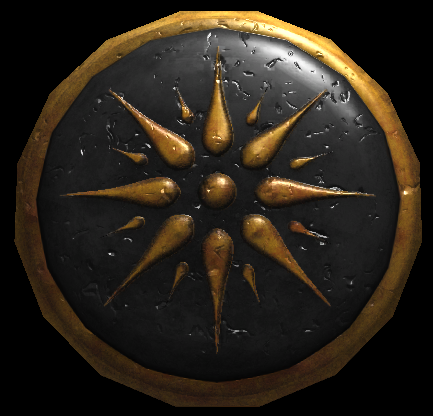
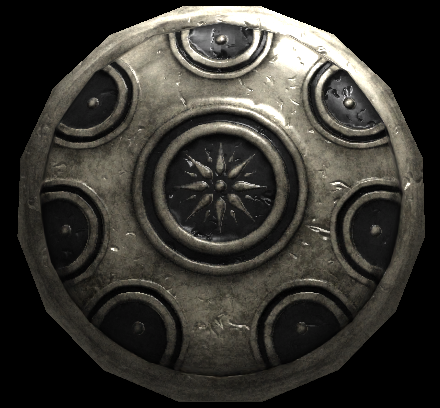
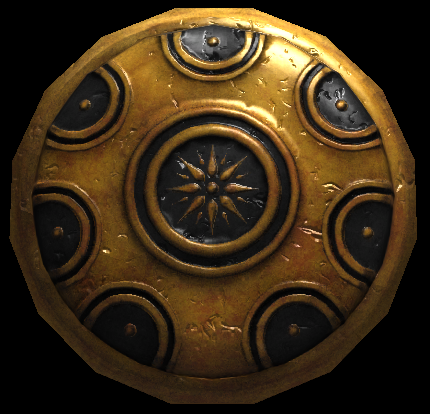
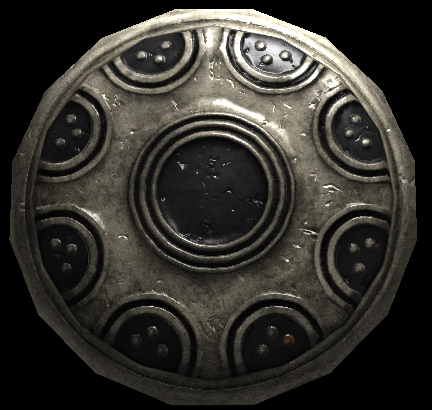
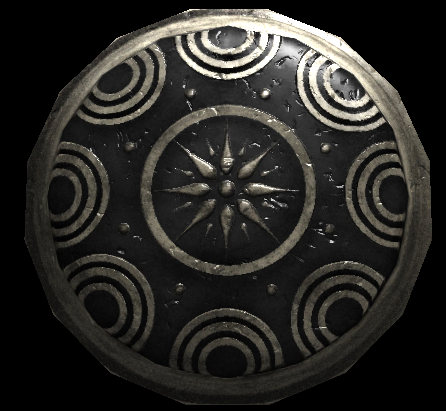
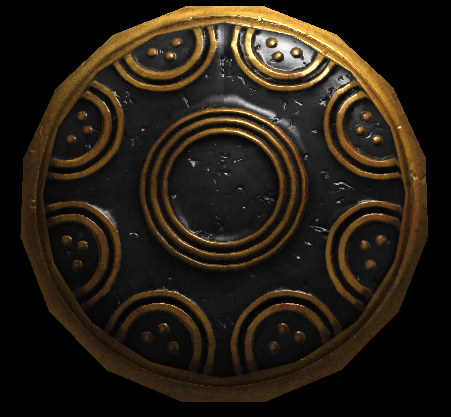
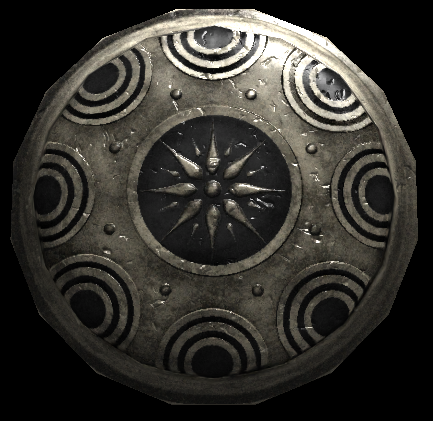
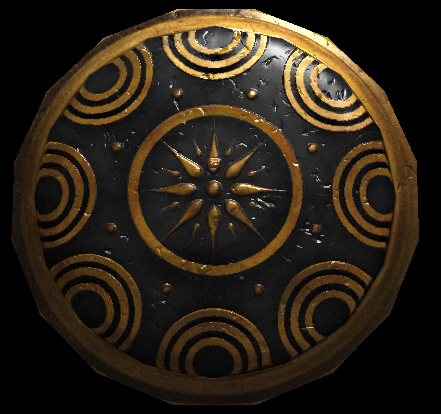
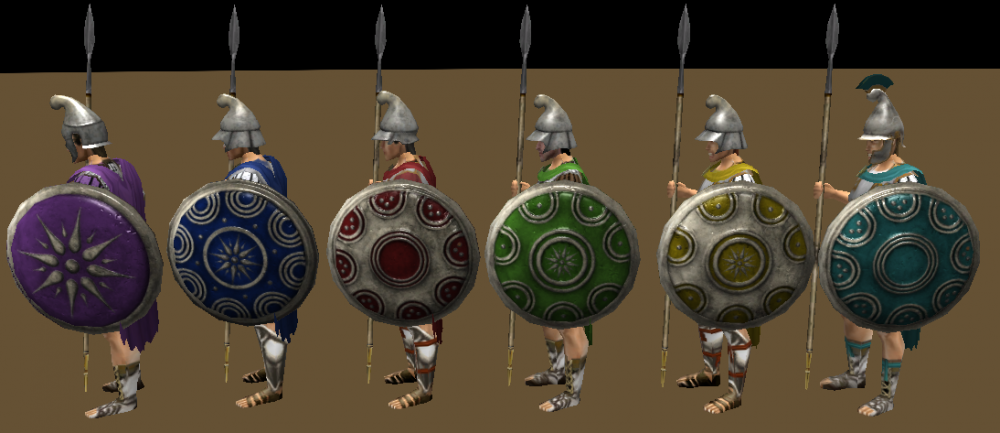
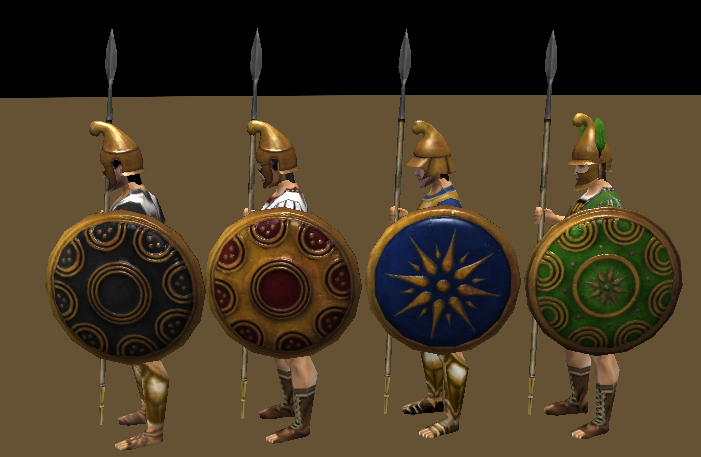
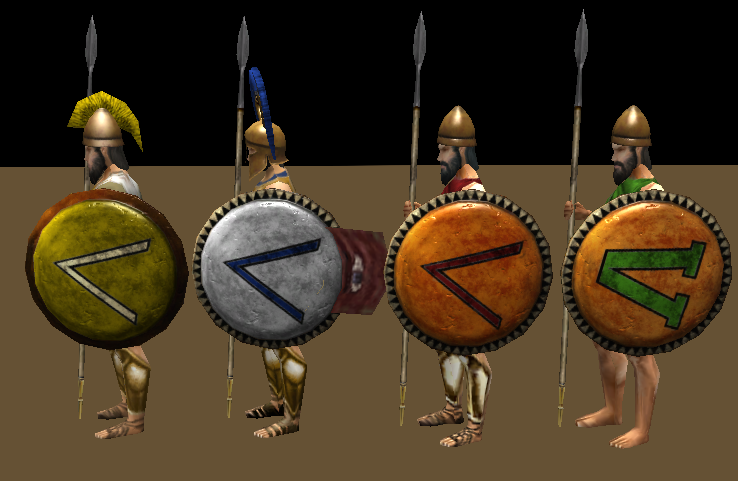
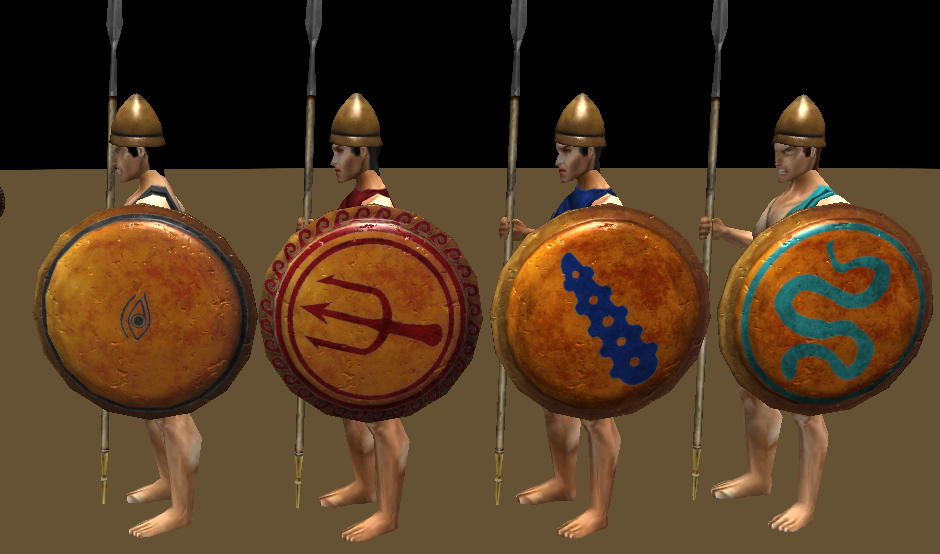
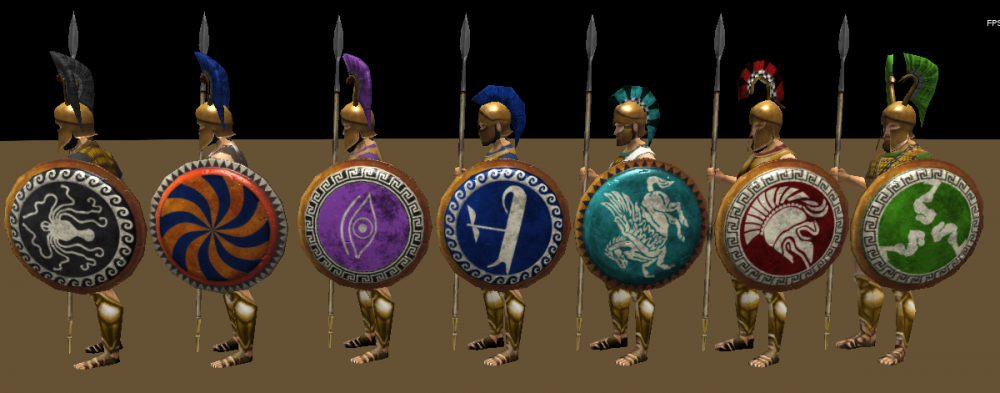
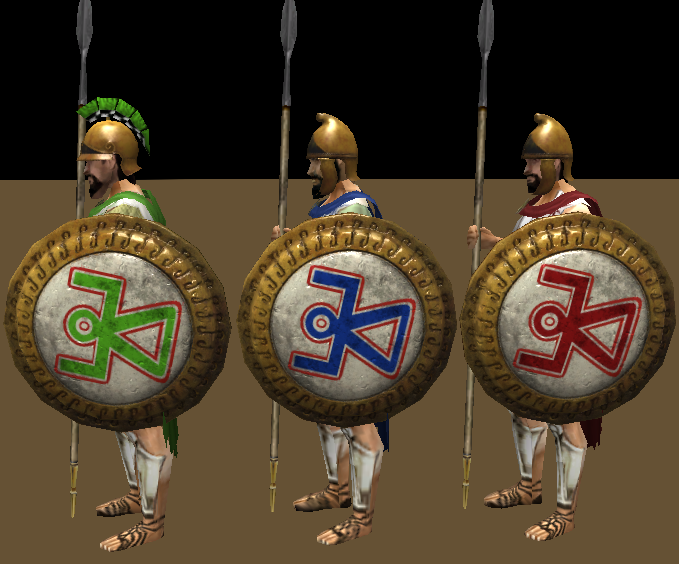
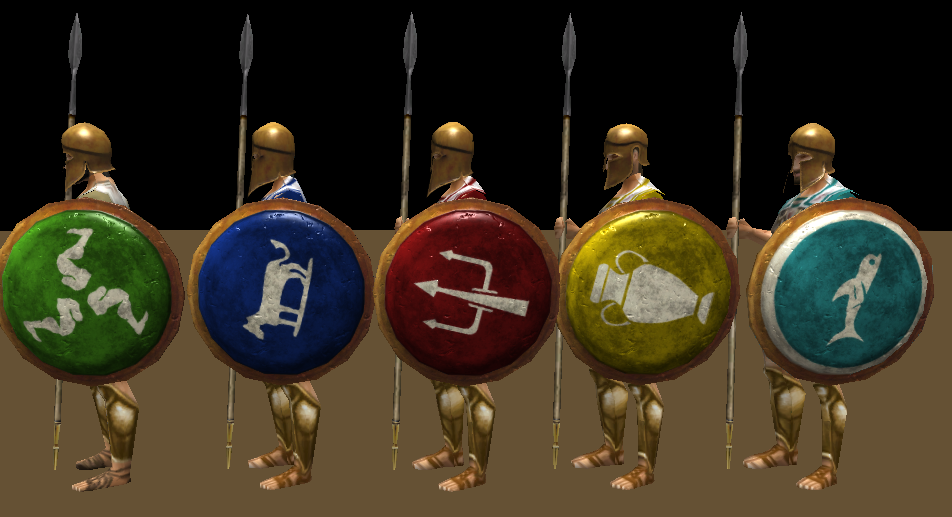
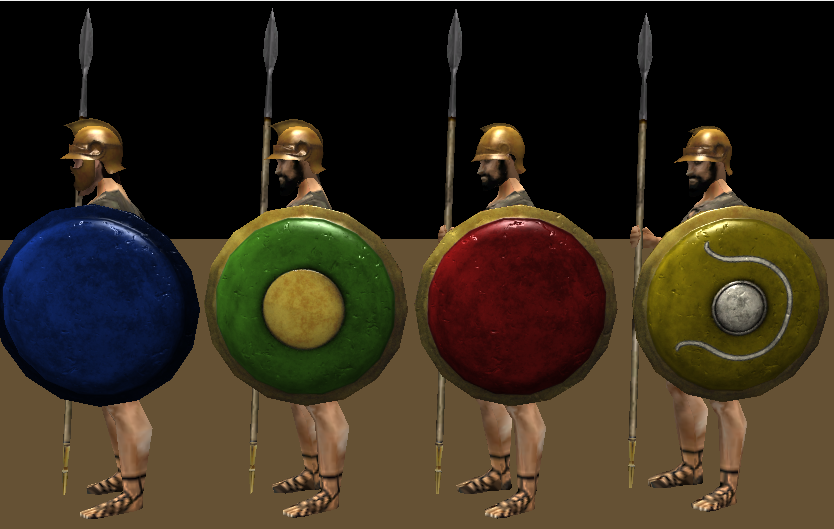
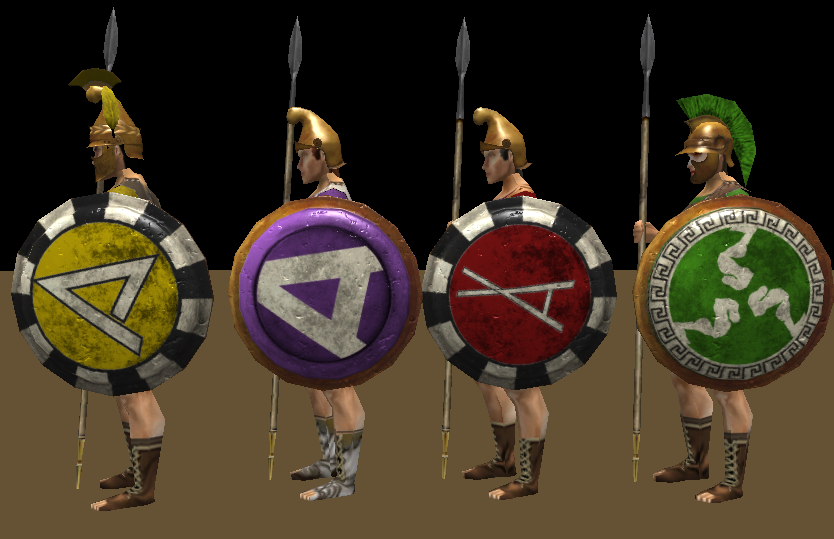

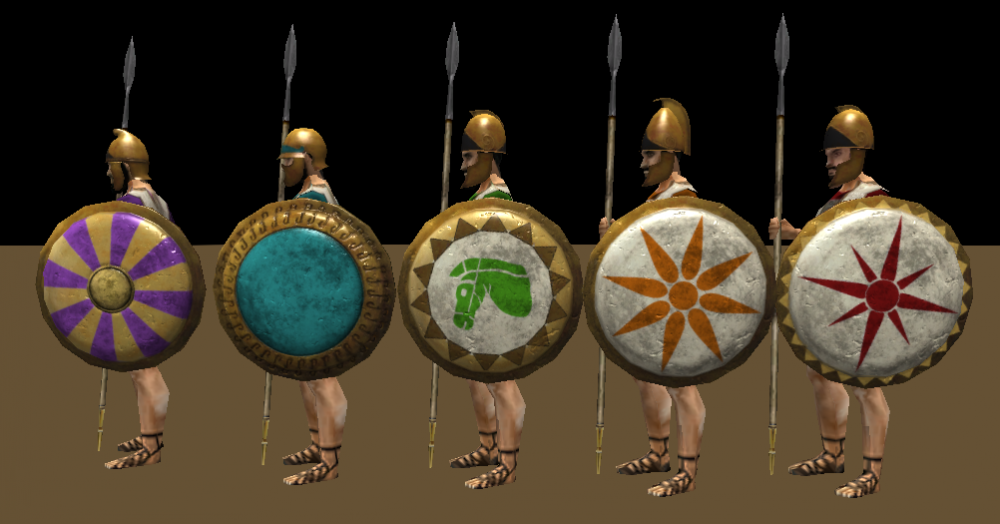
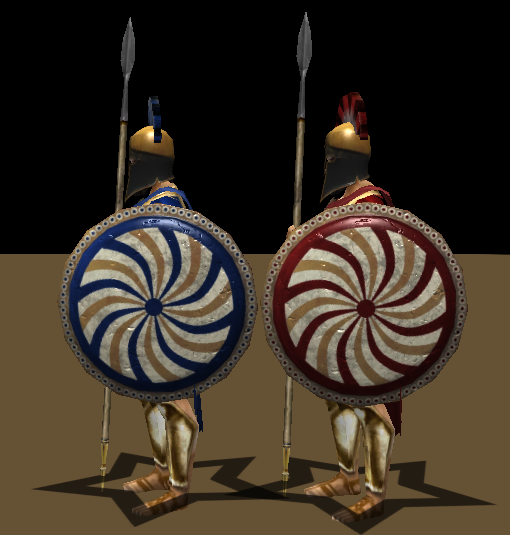
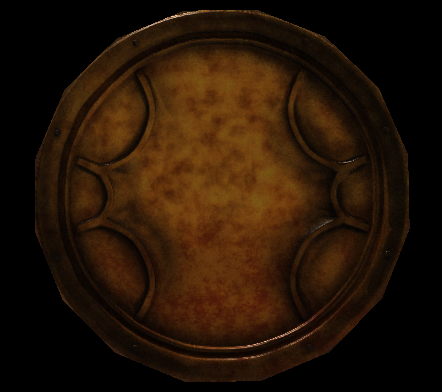
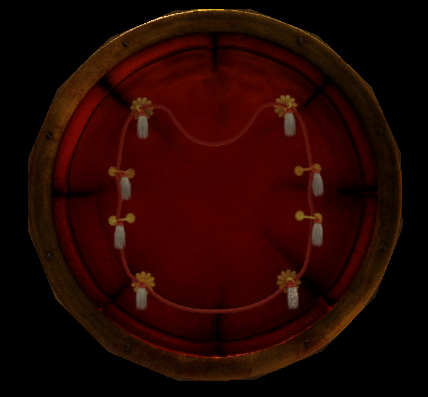
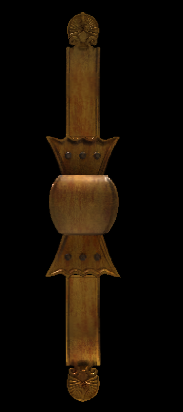
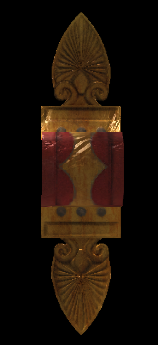
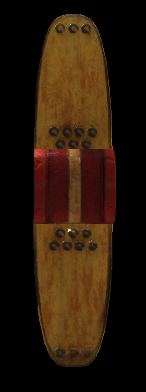
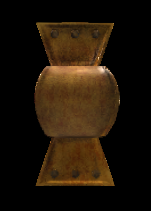

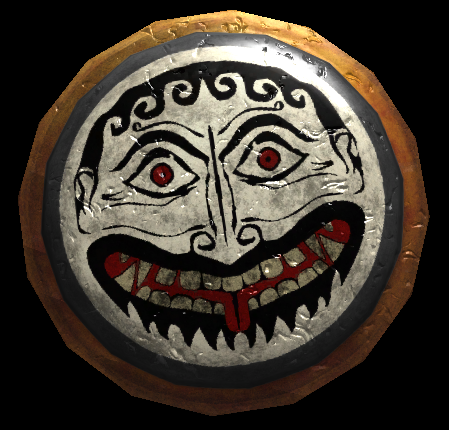
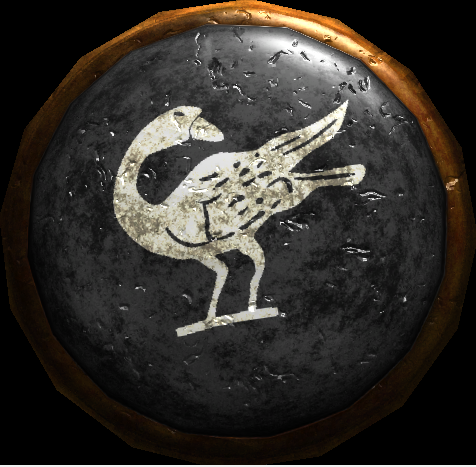
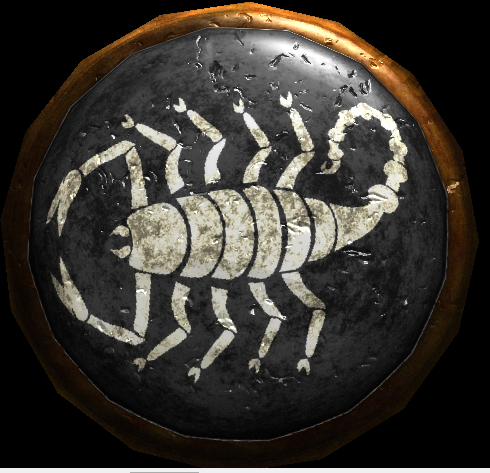
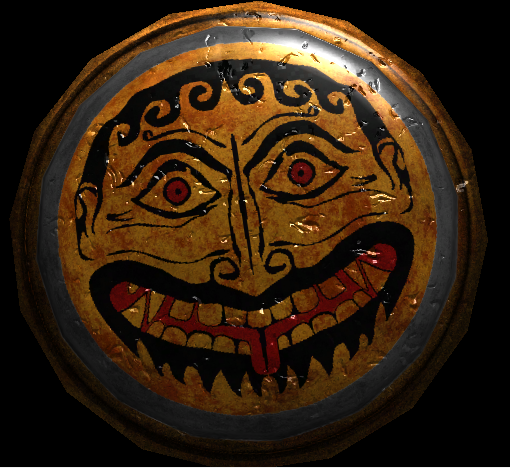
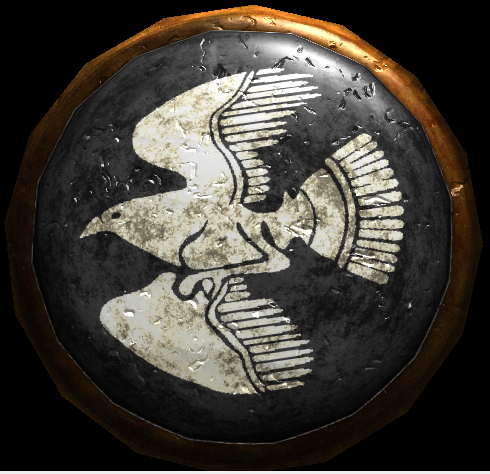
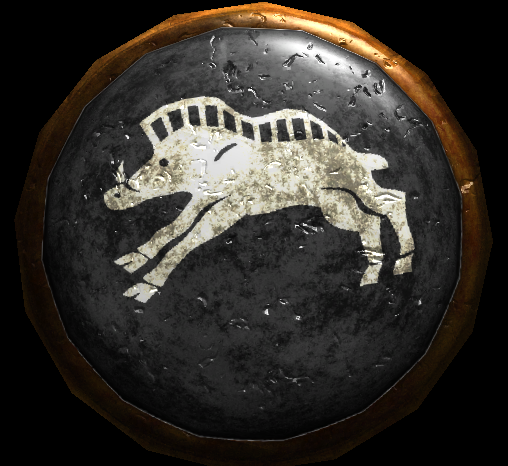
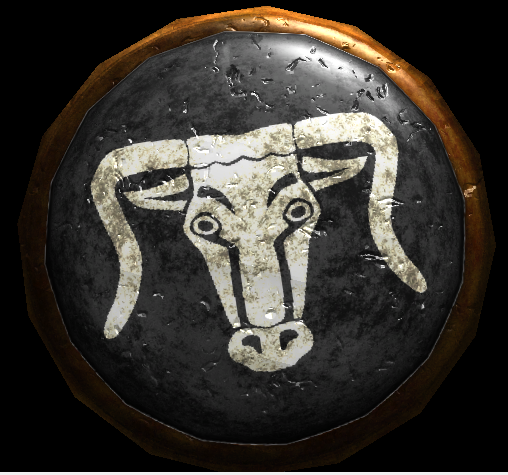
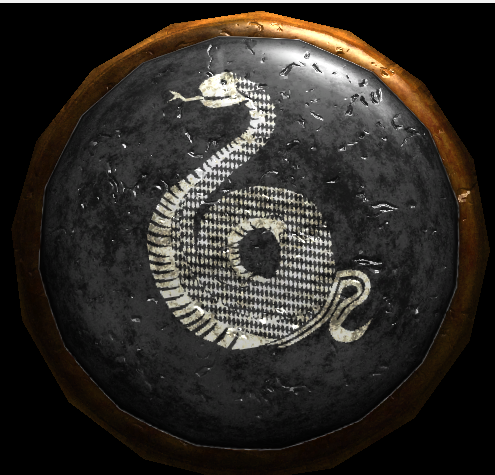
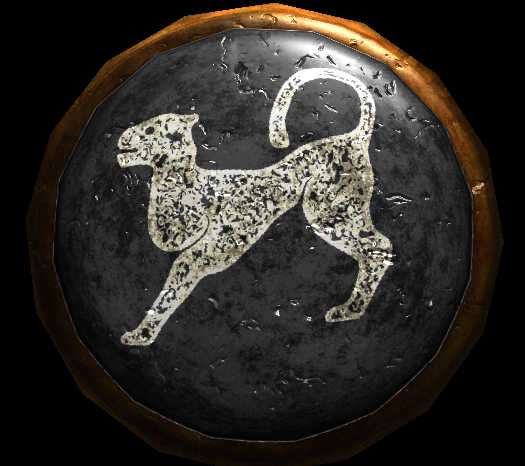
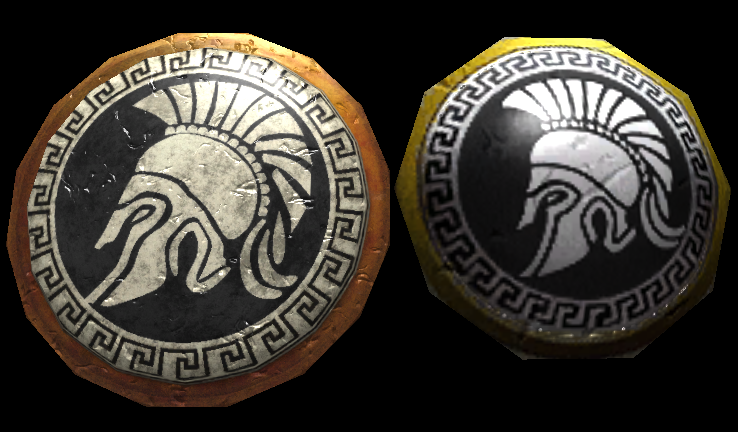
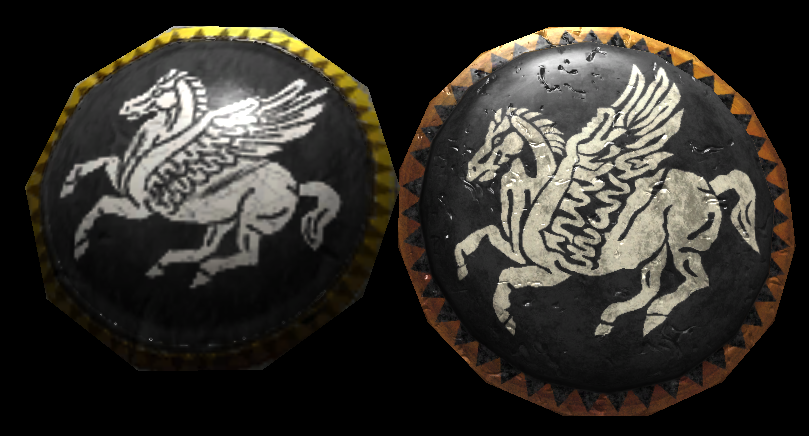
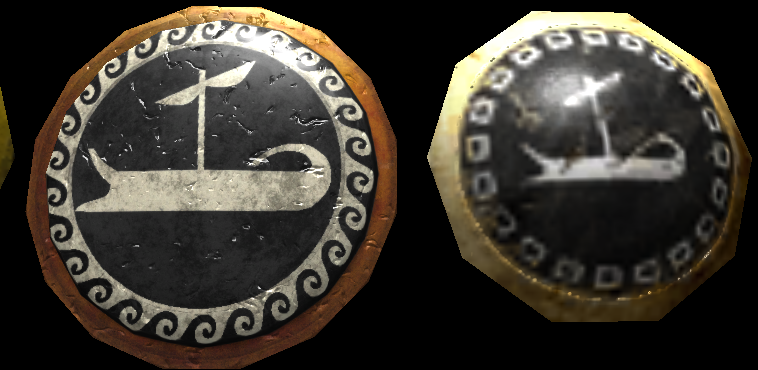
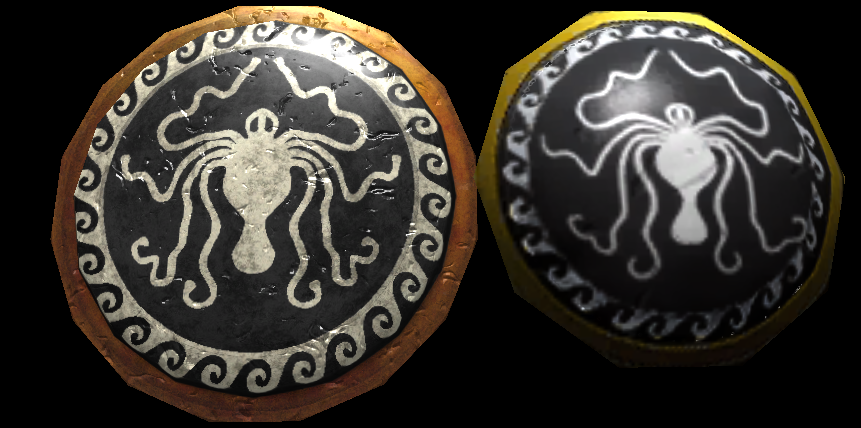
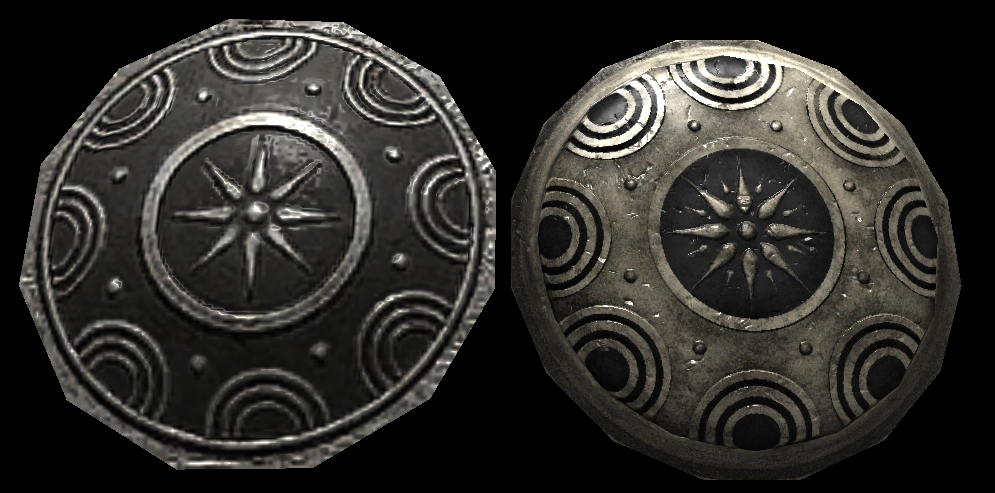
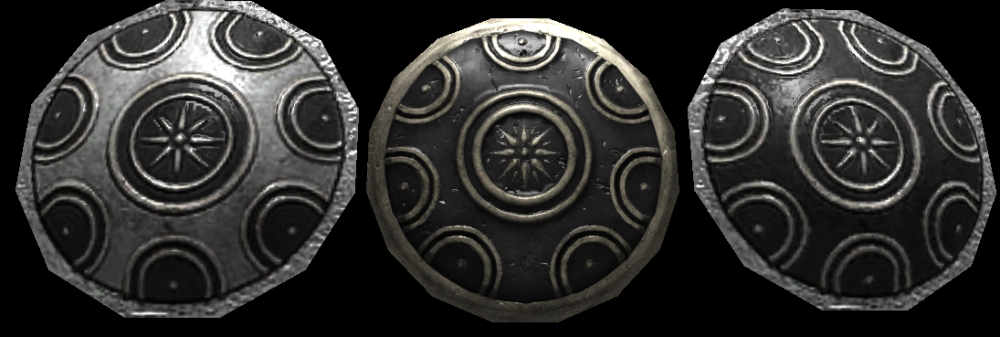
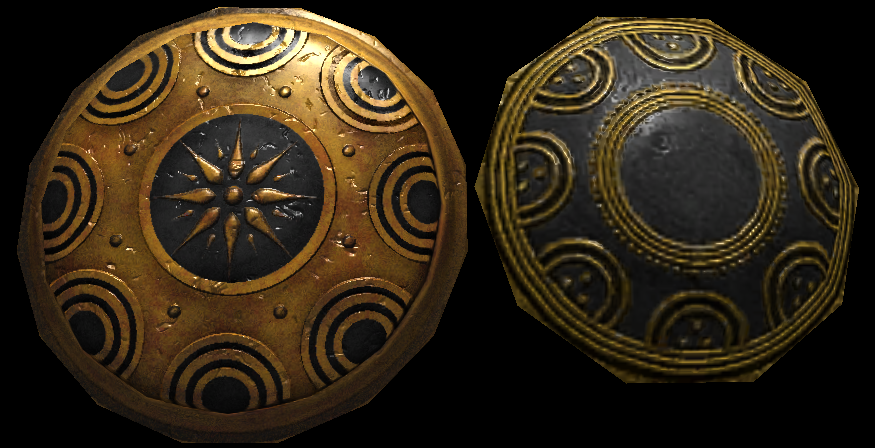
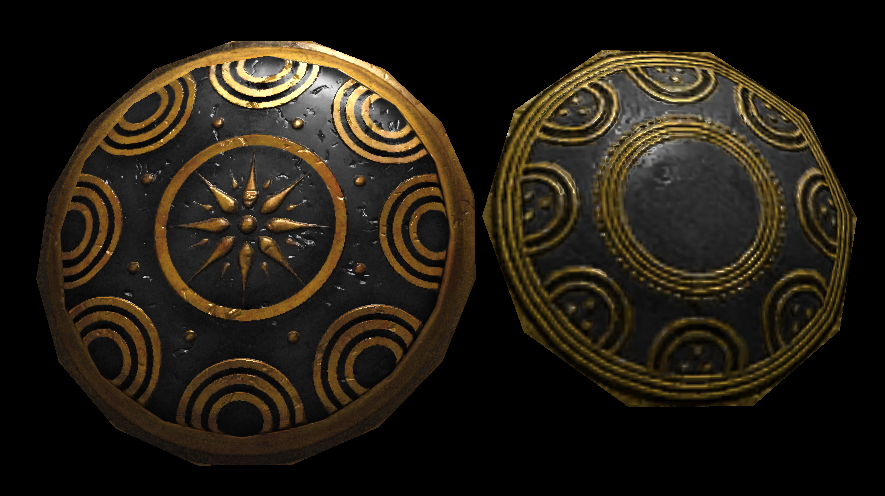
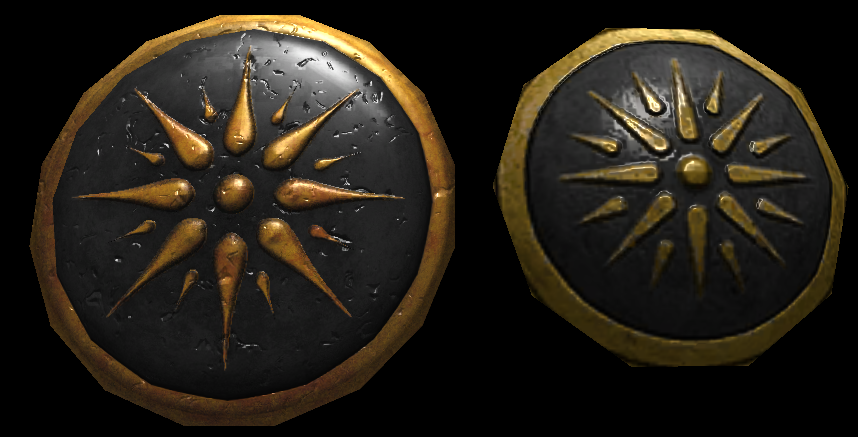
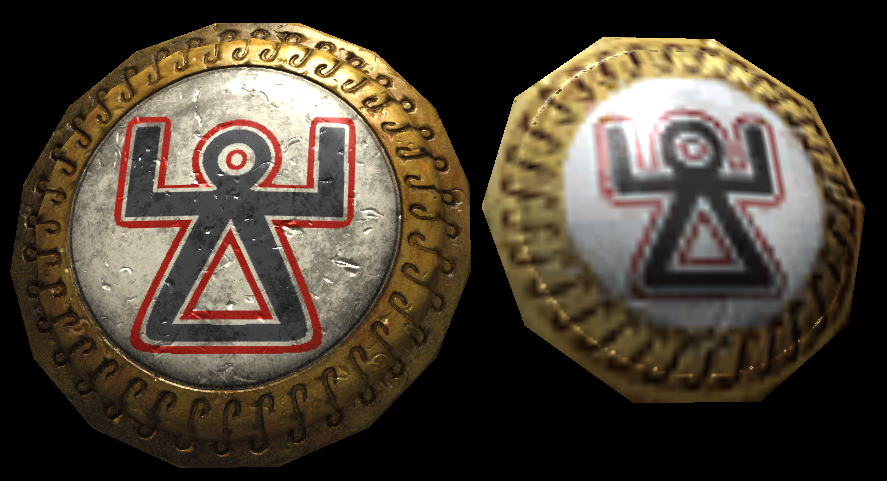


.thumb.jpg.b21ca1d0c15fb56b42c39b25a0a40815.jpg)



